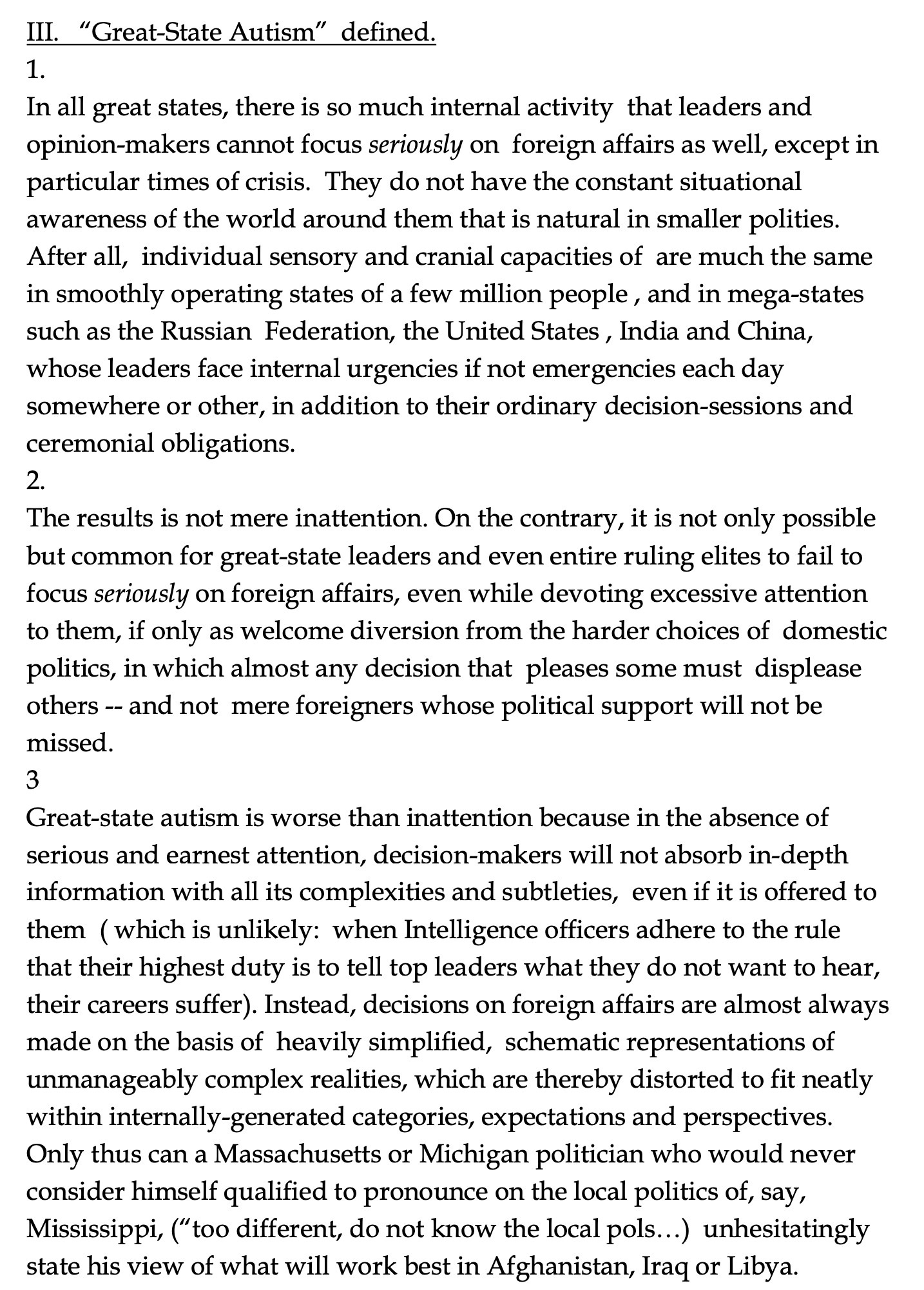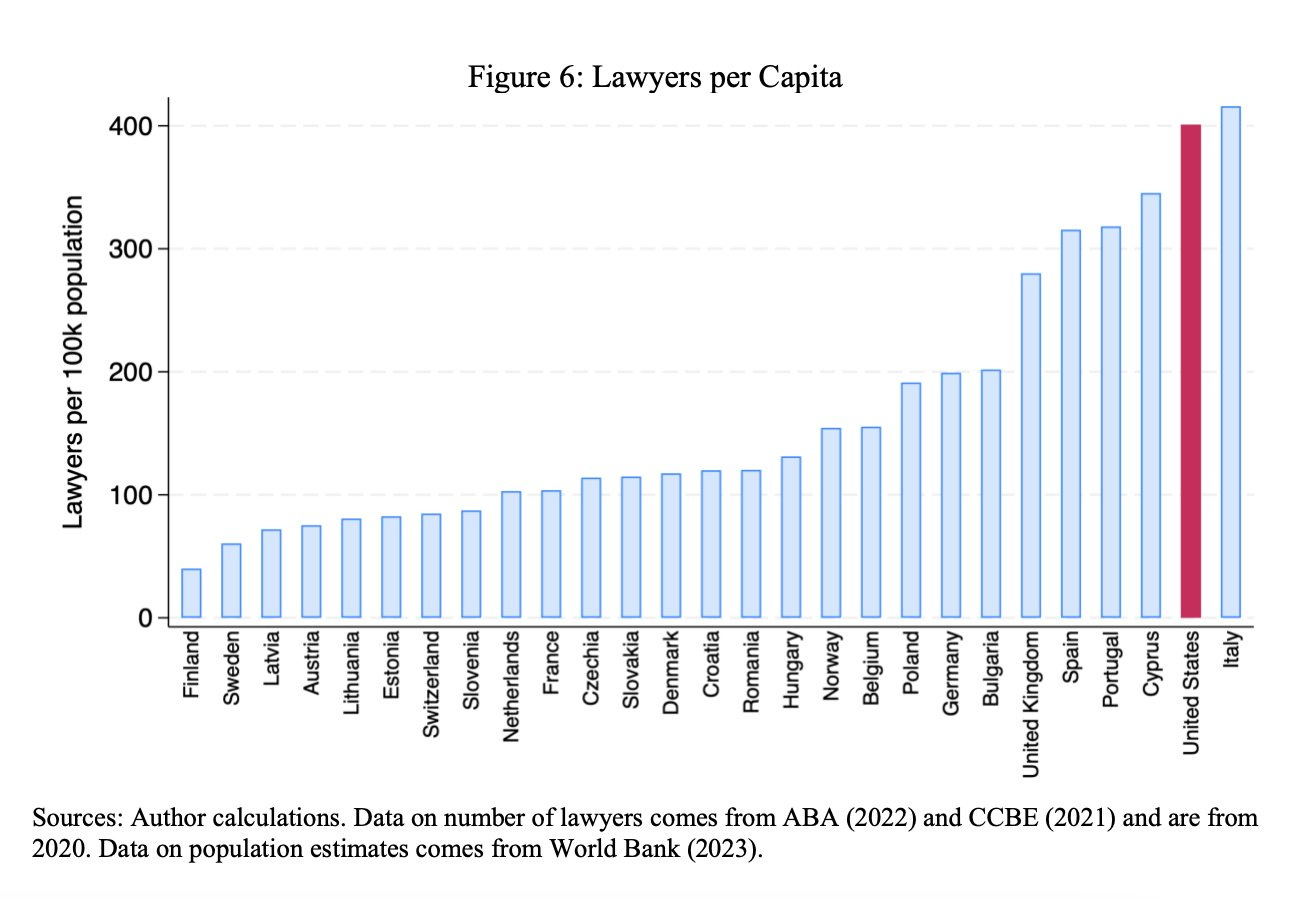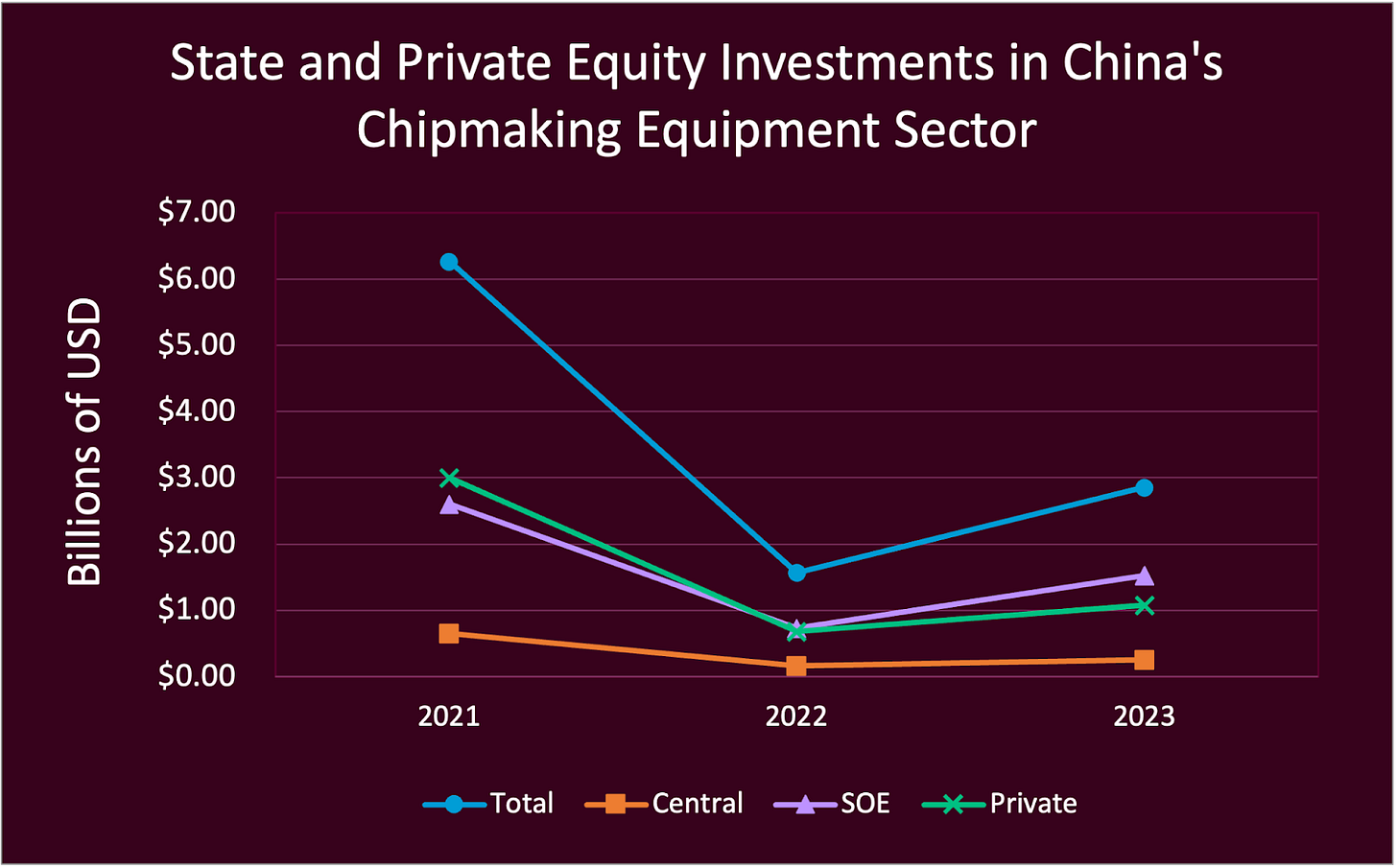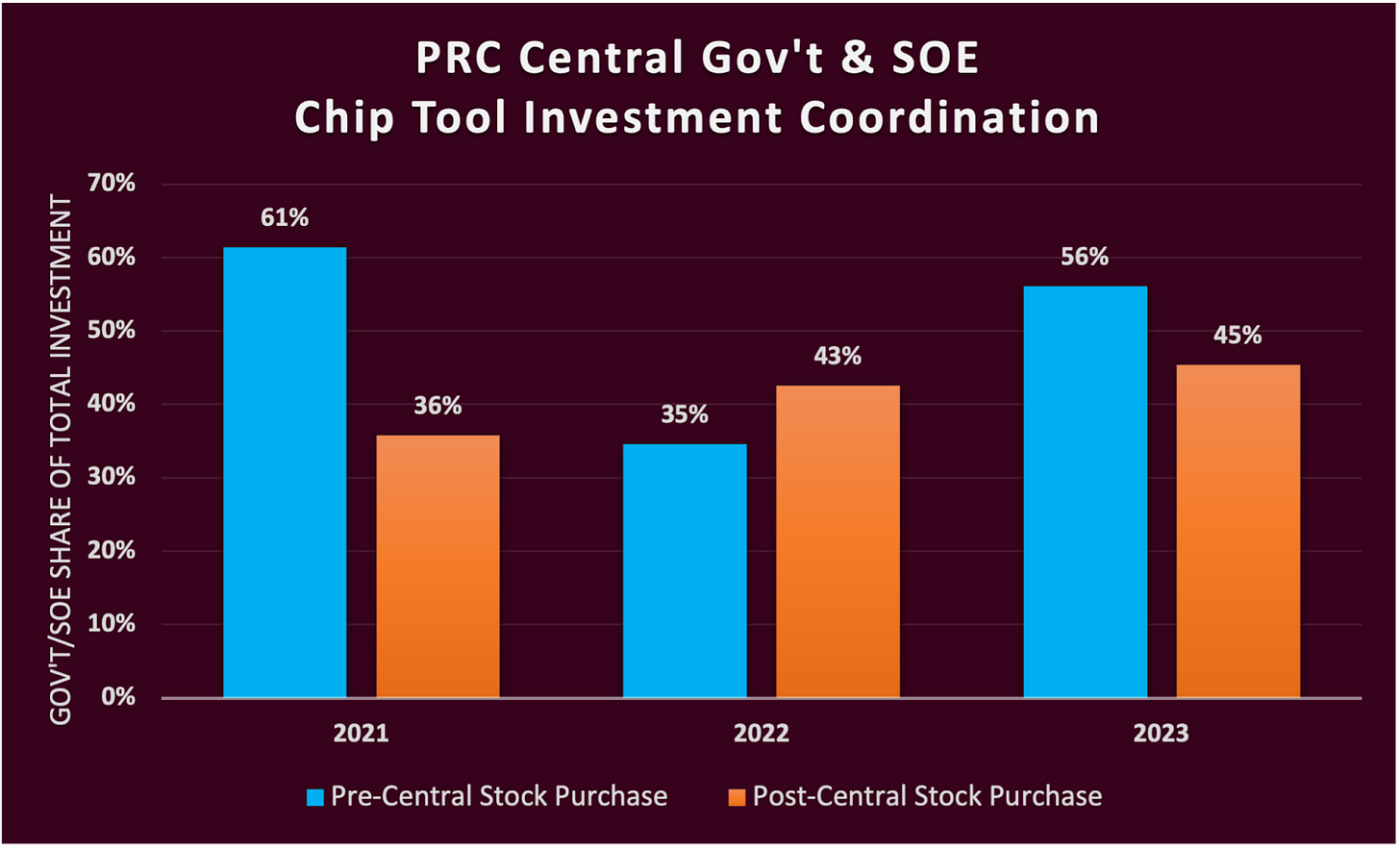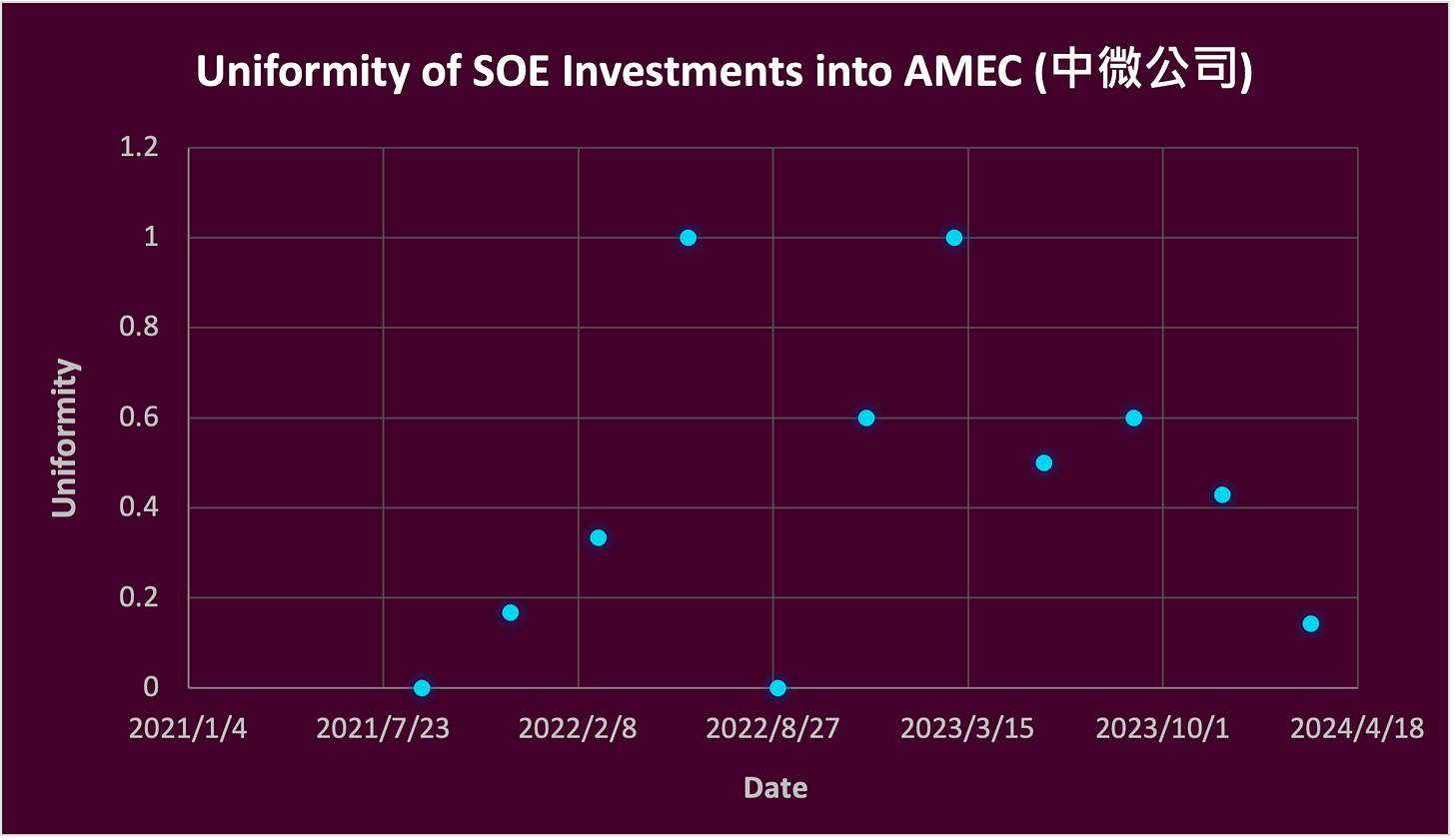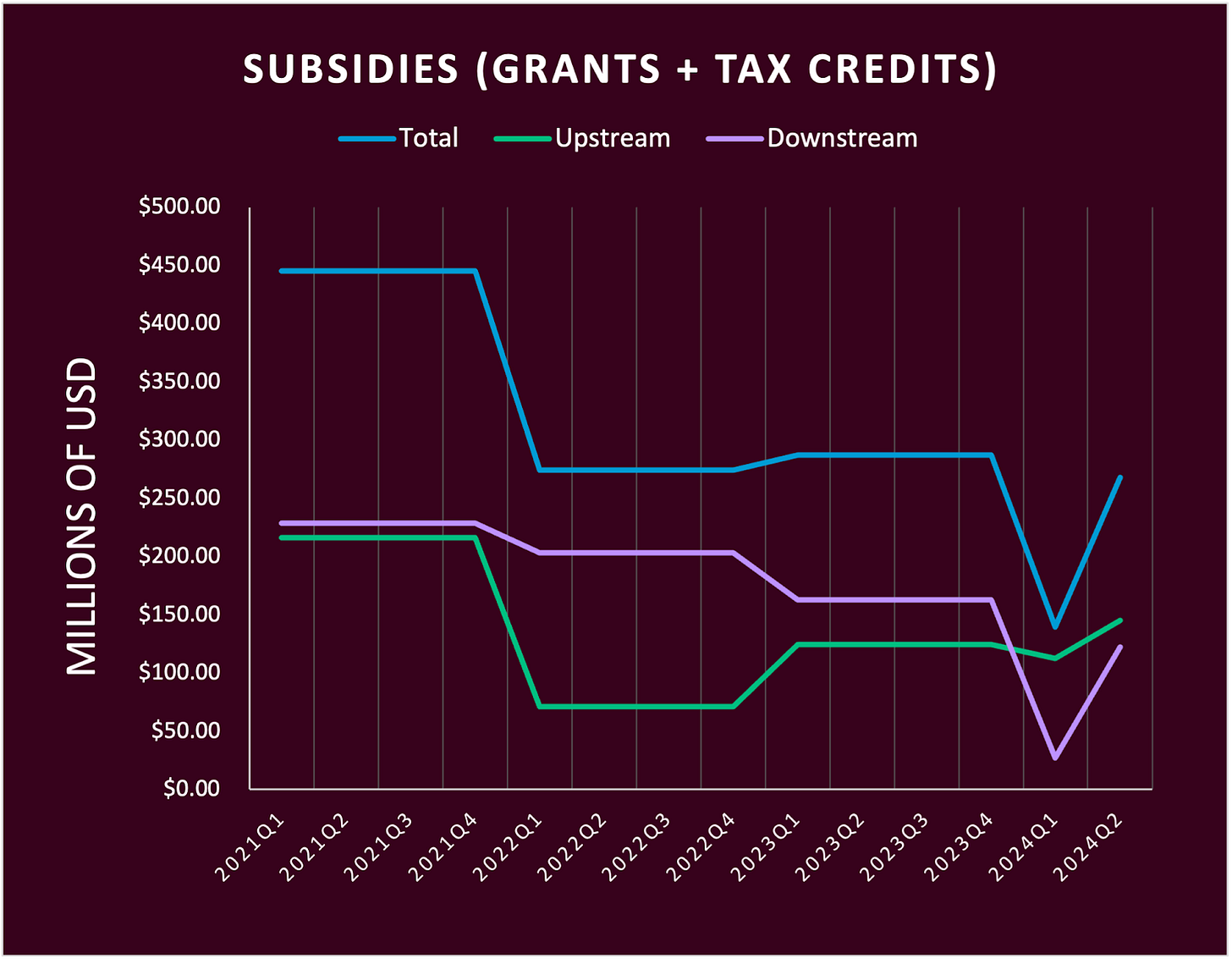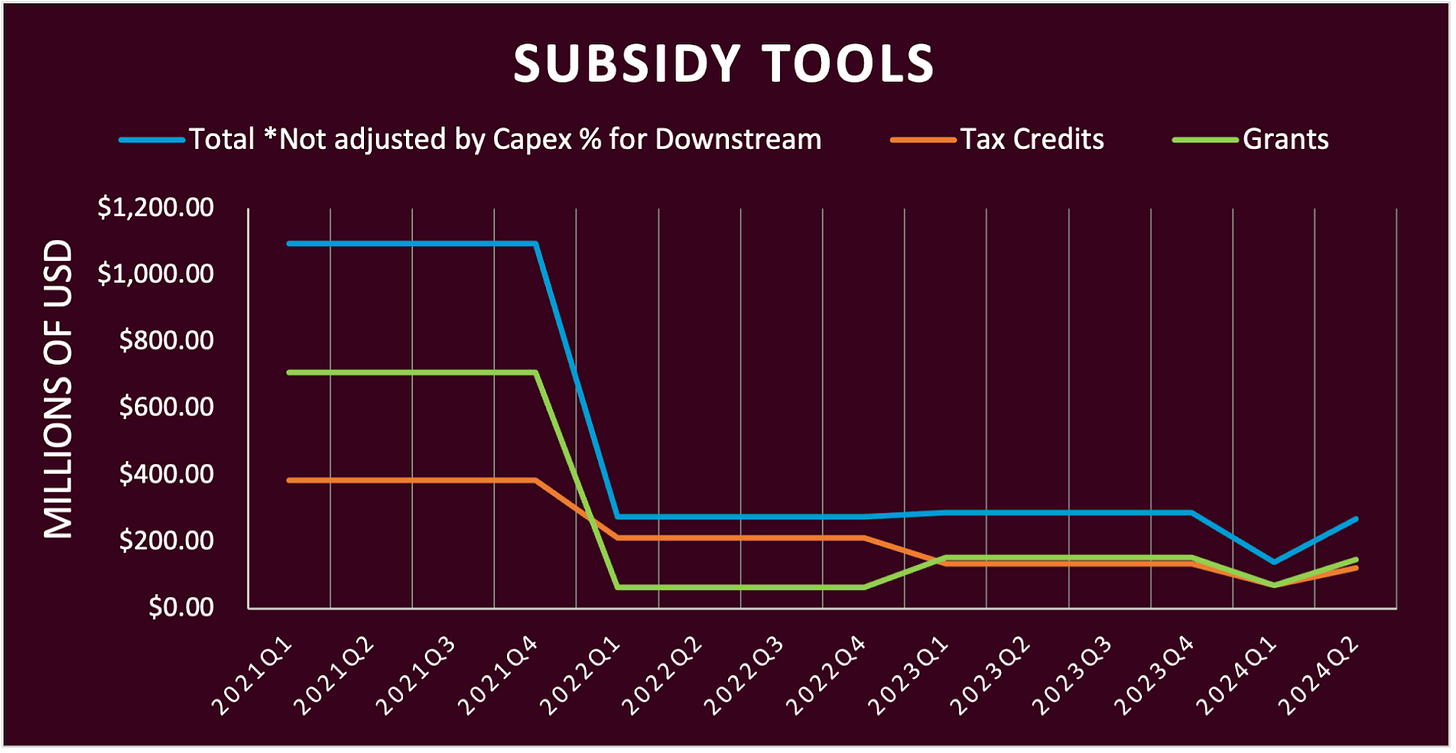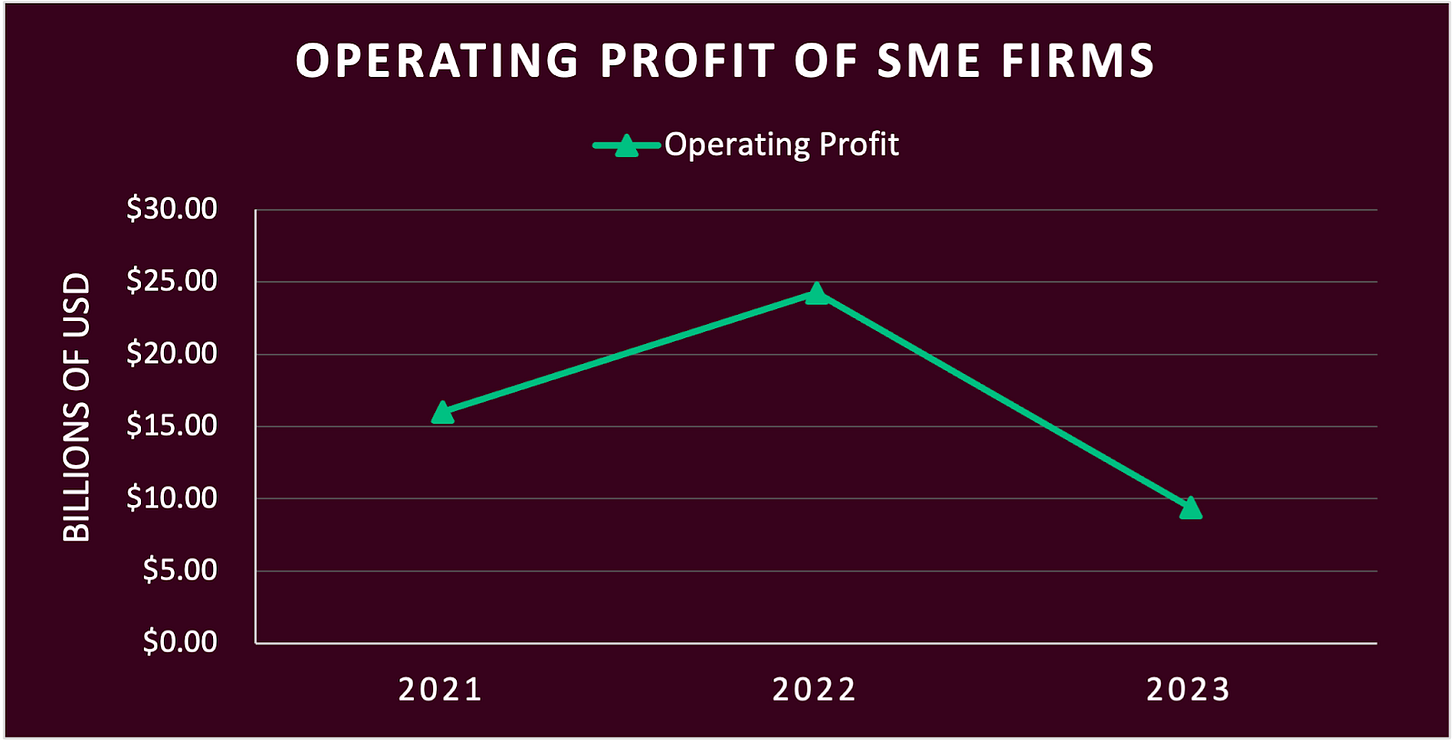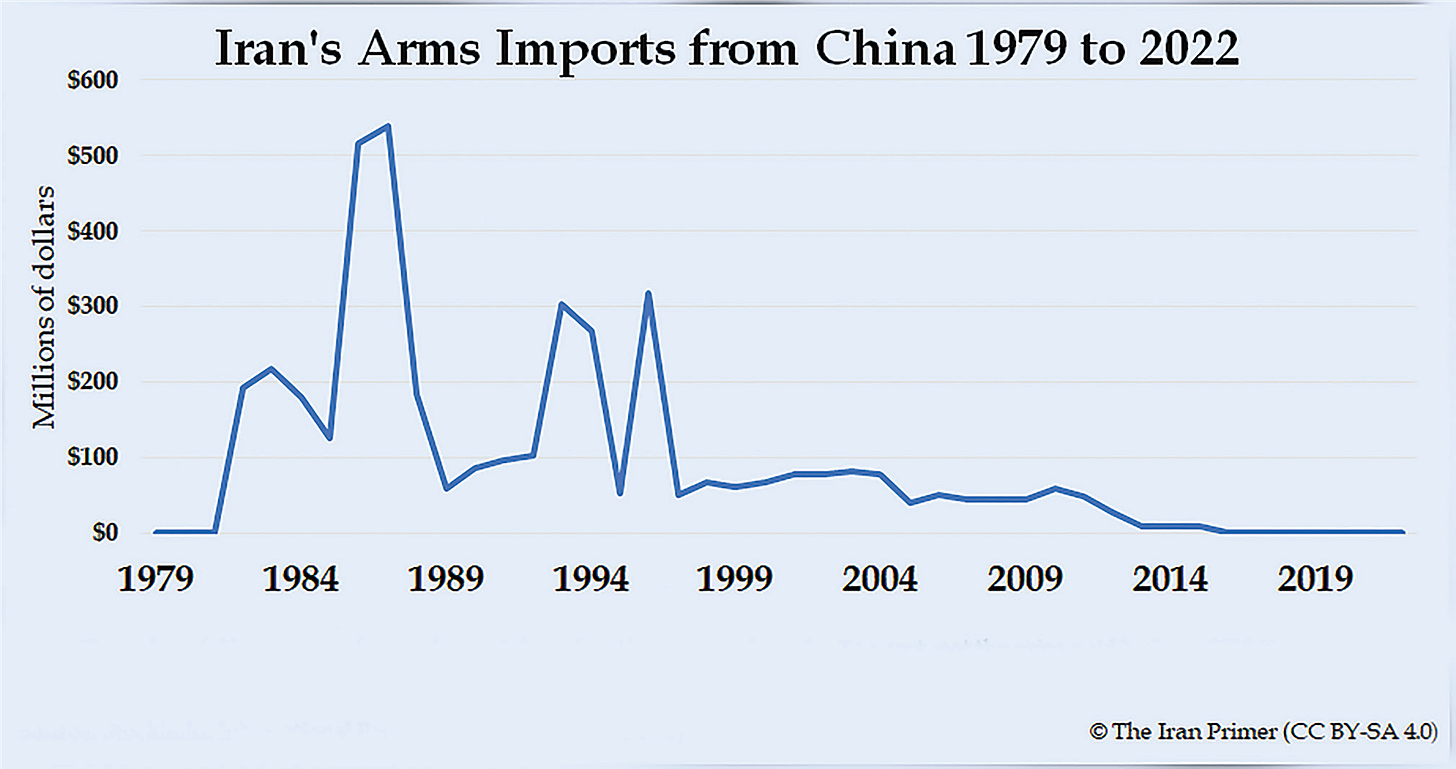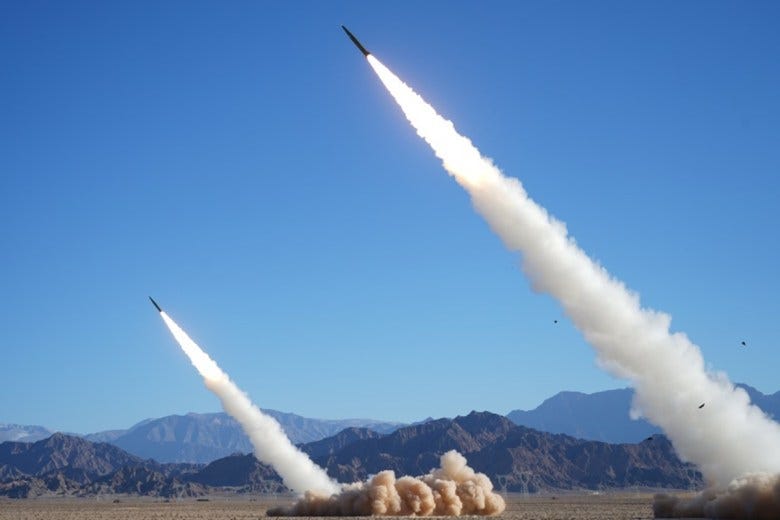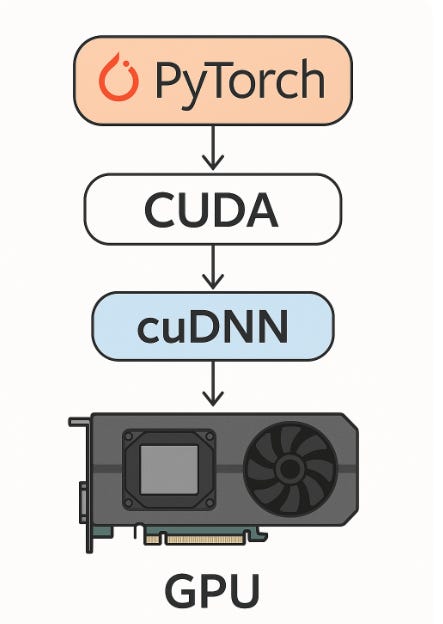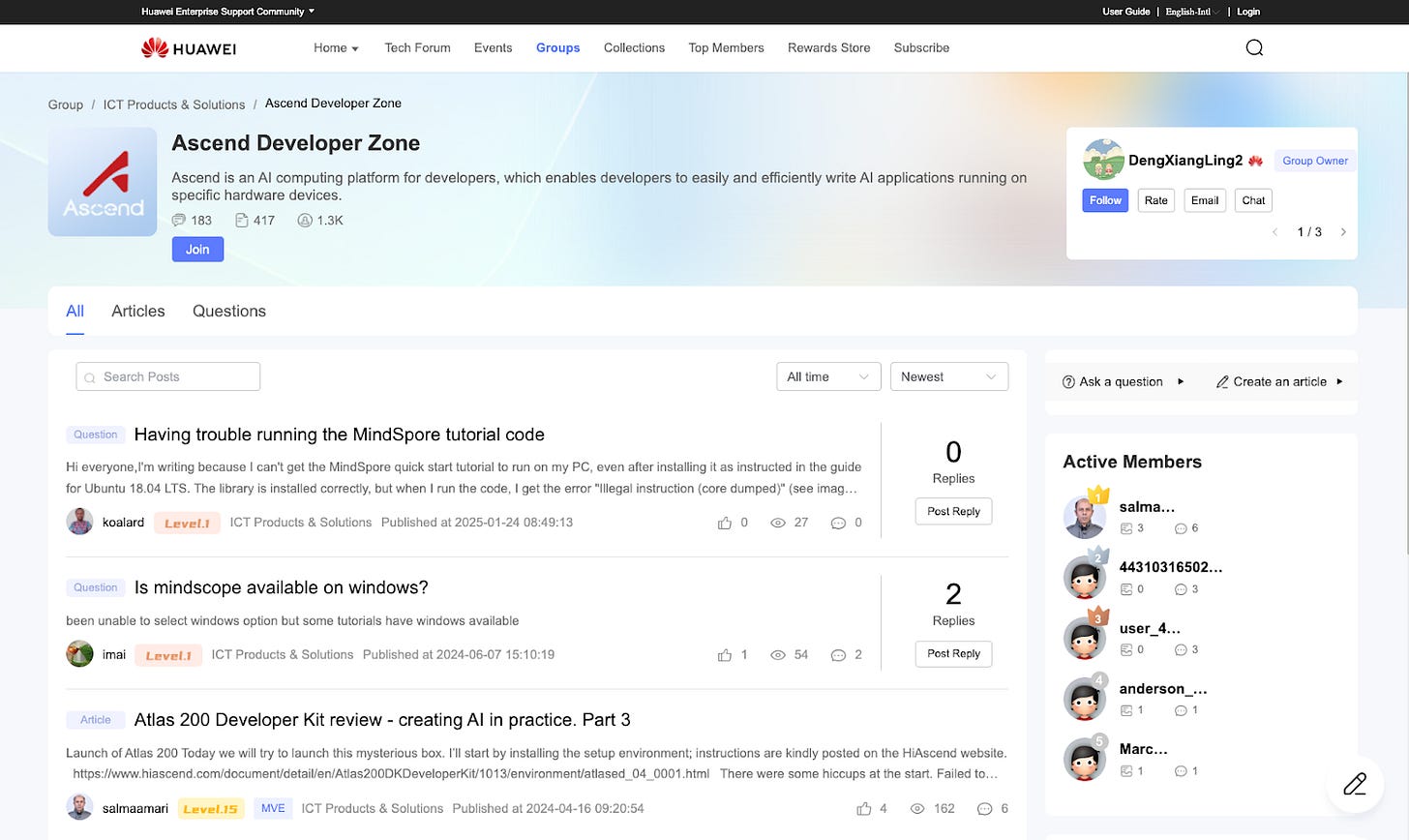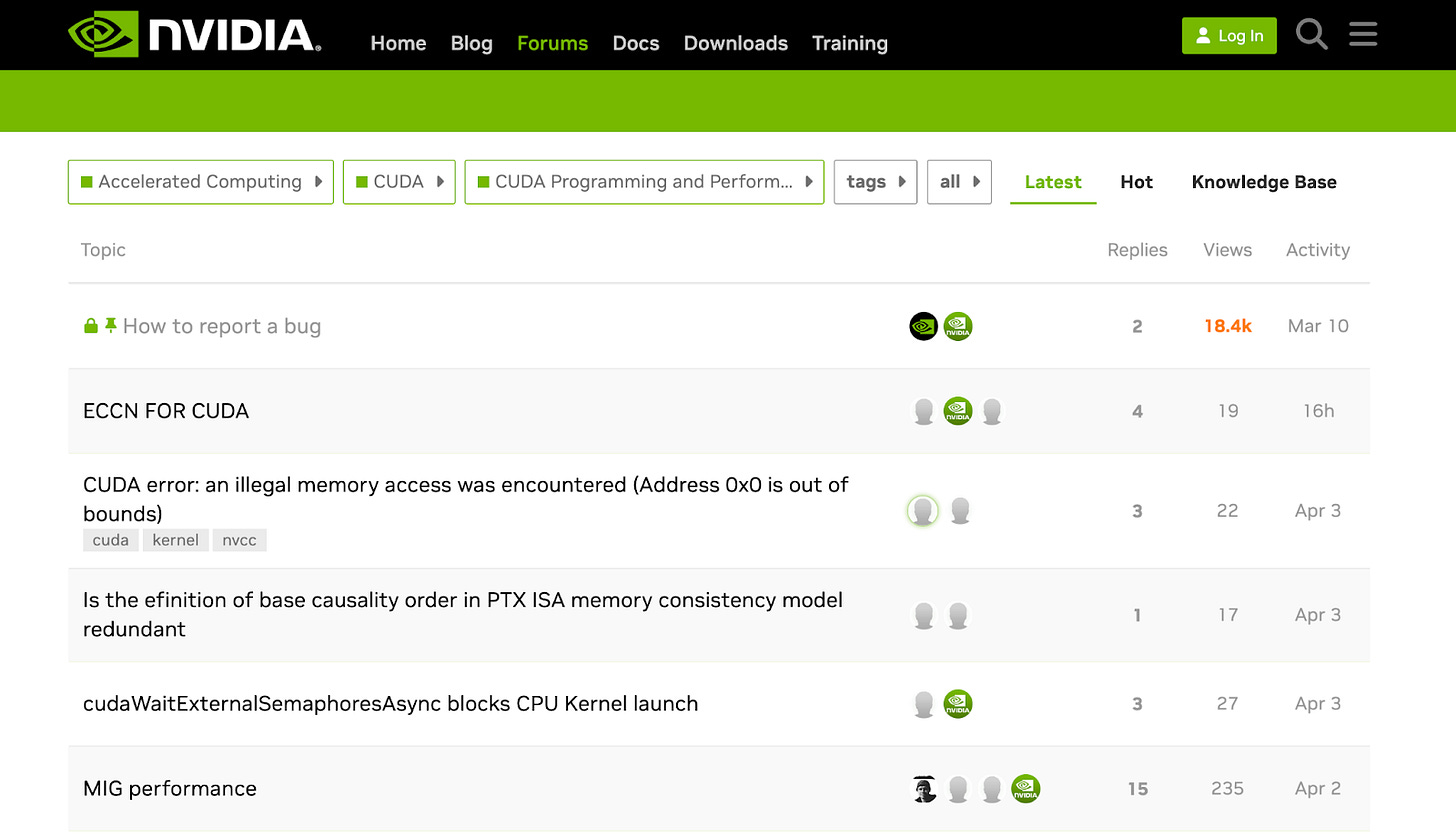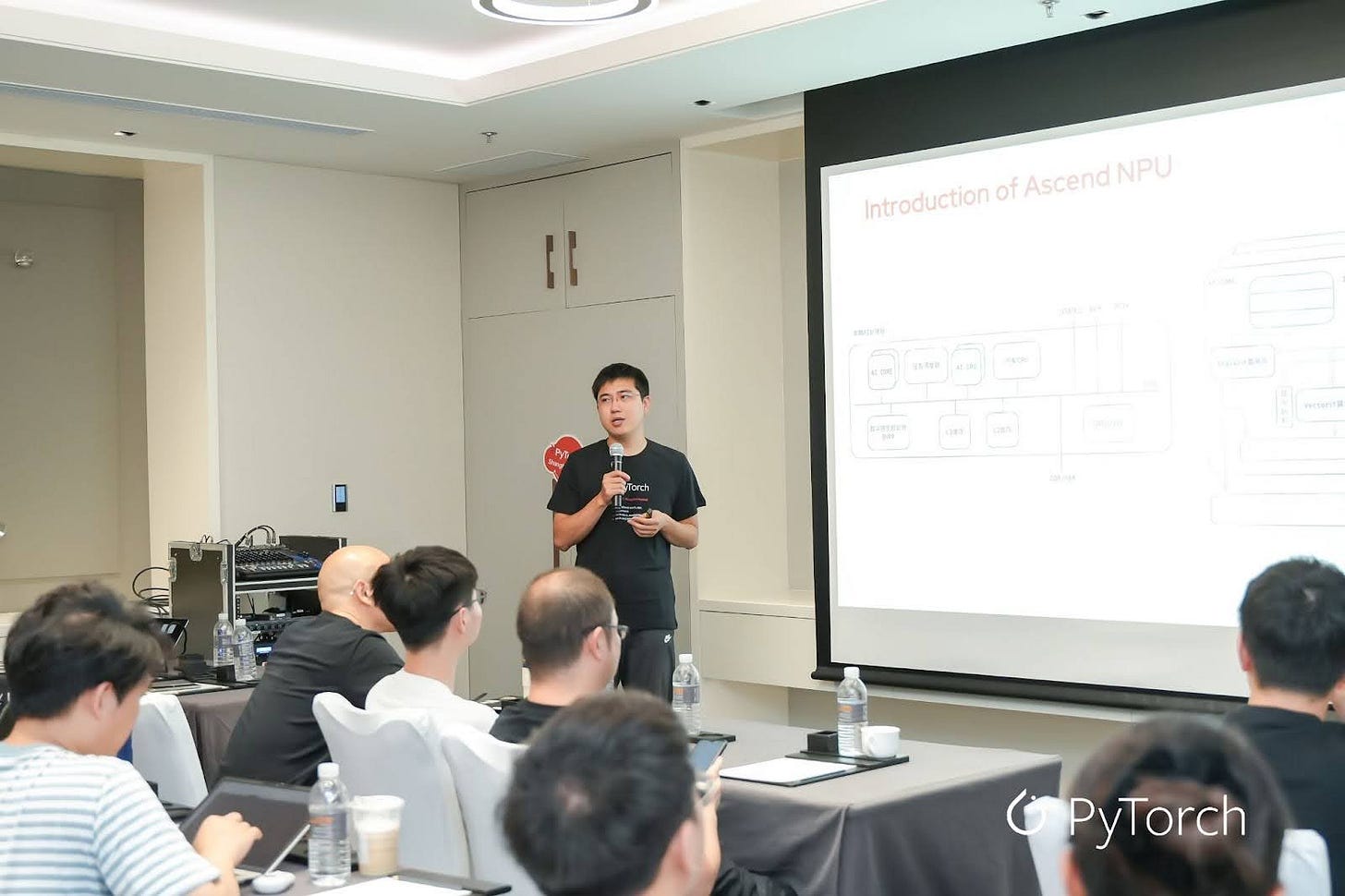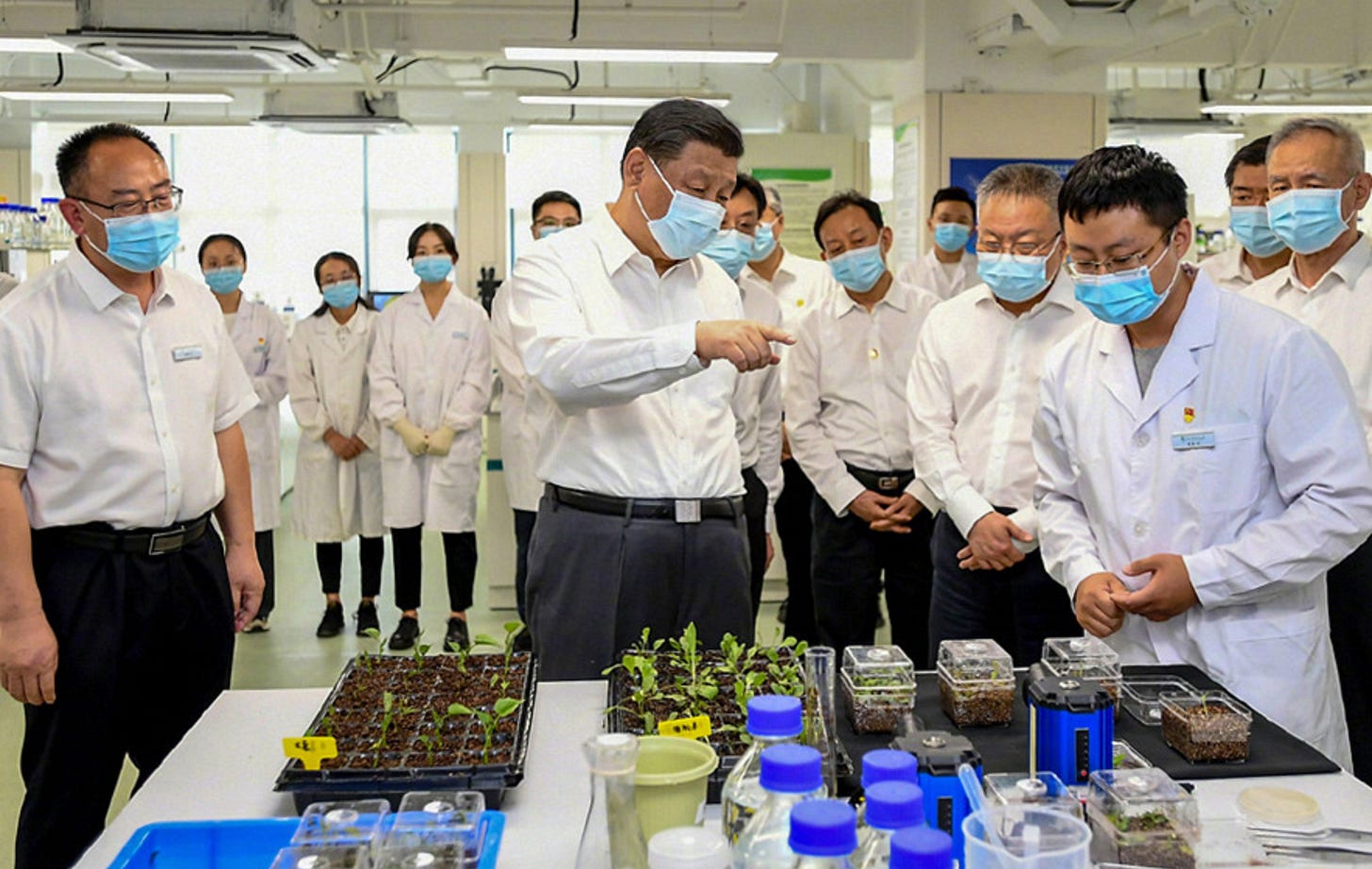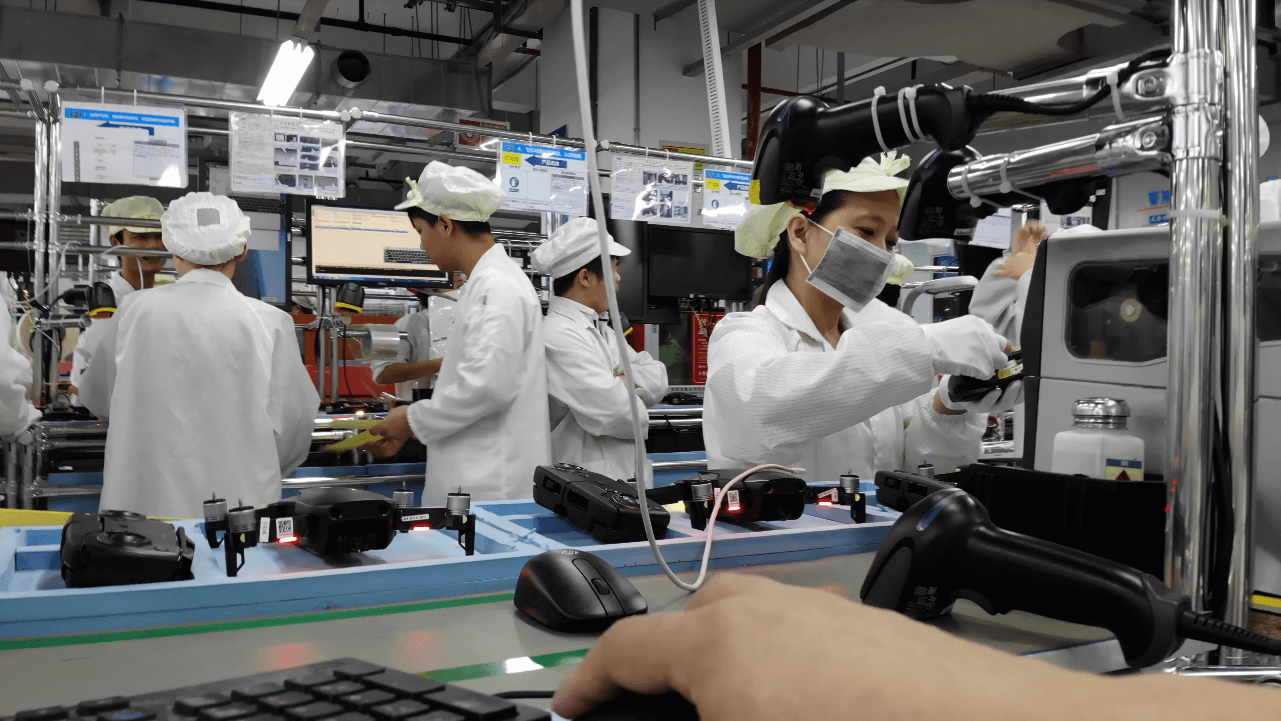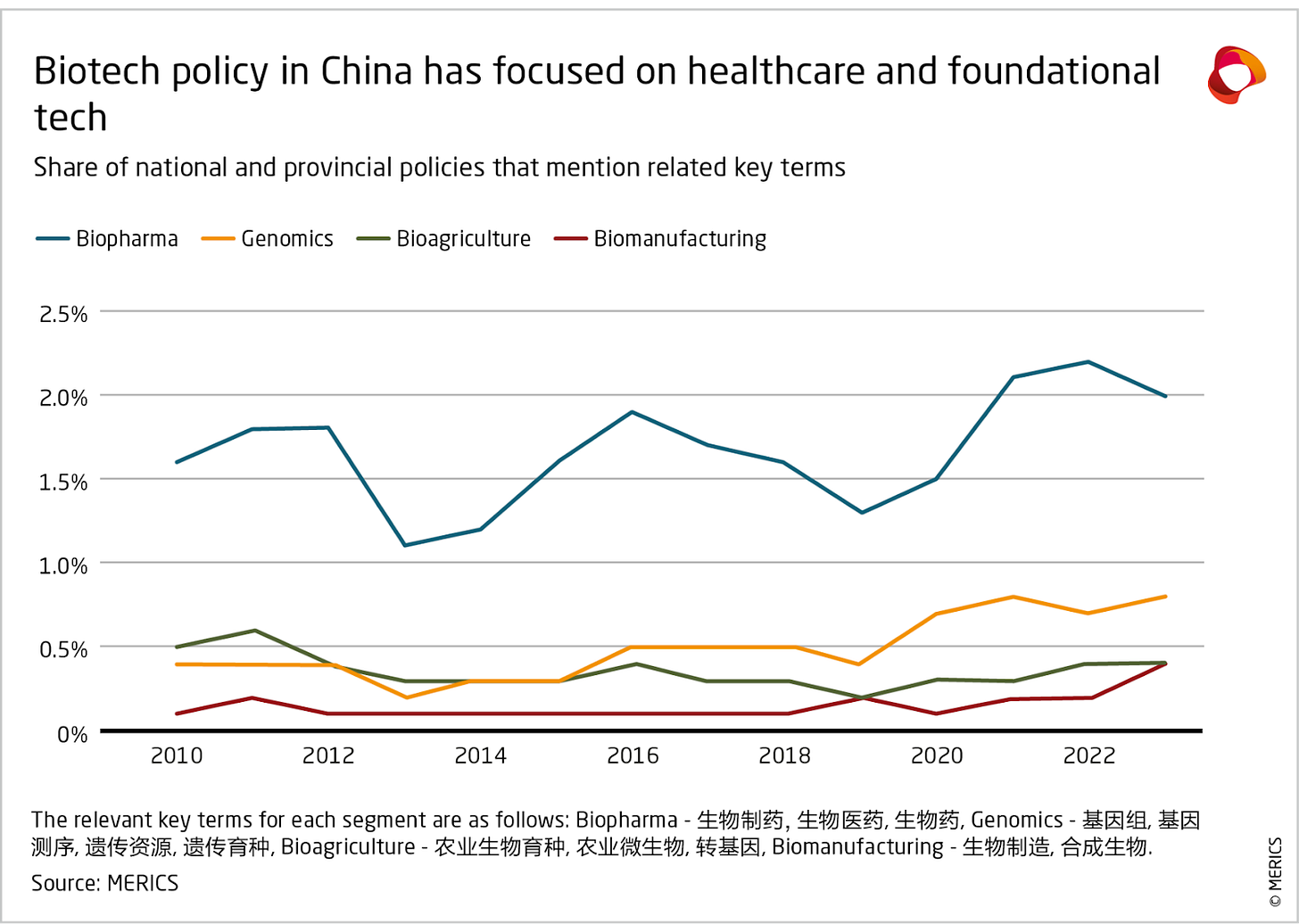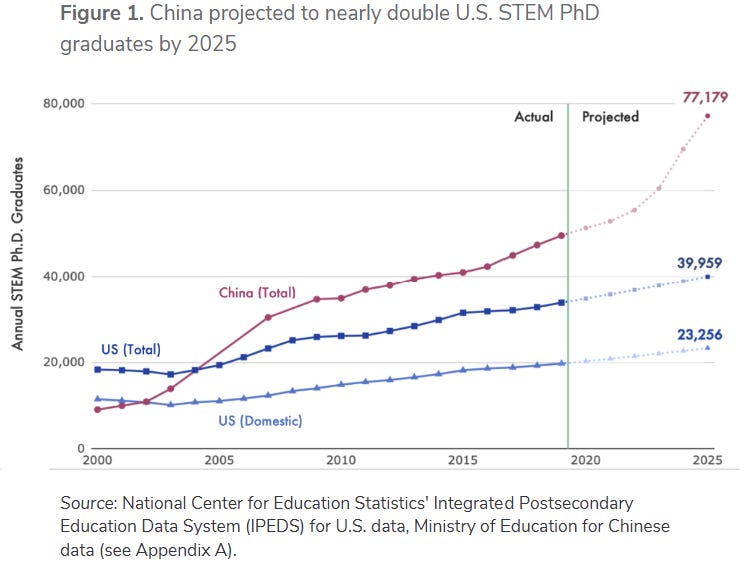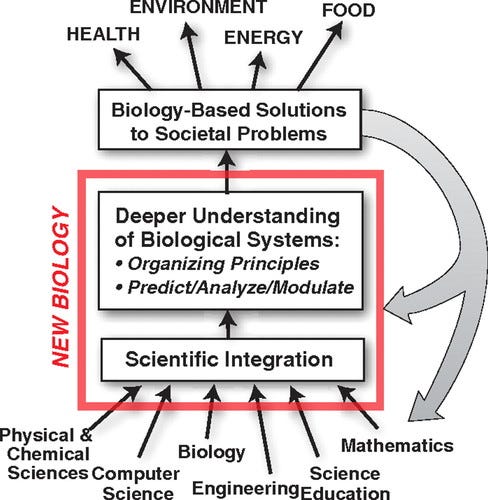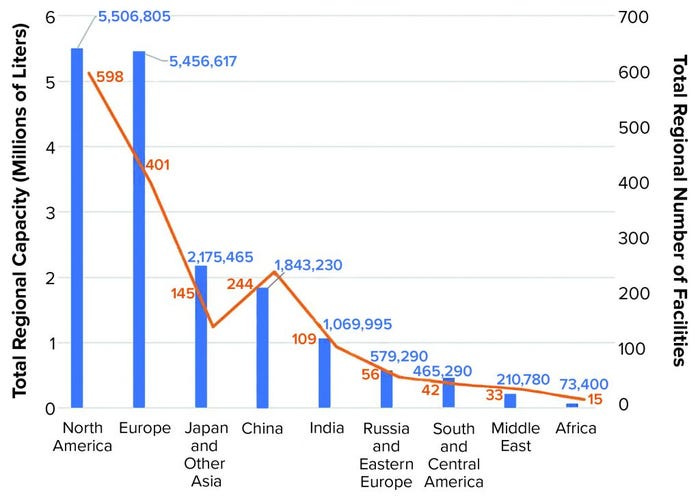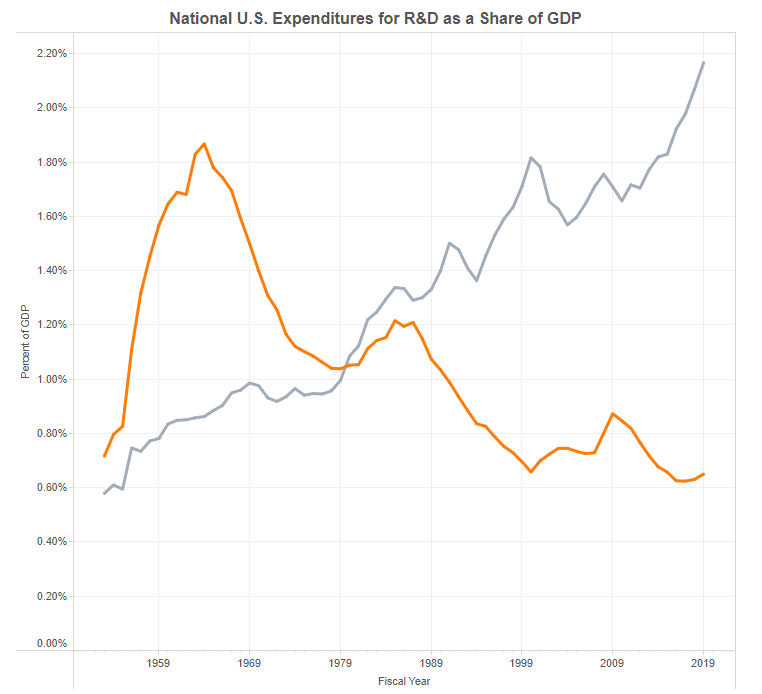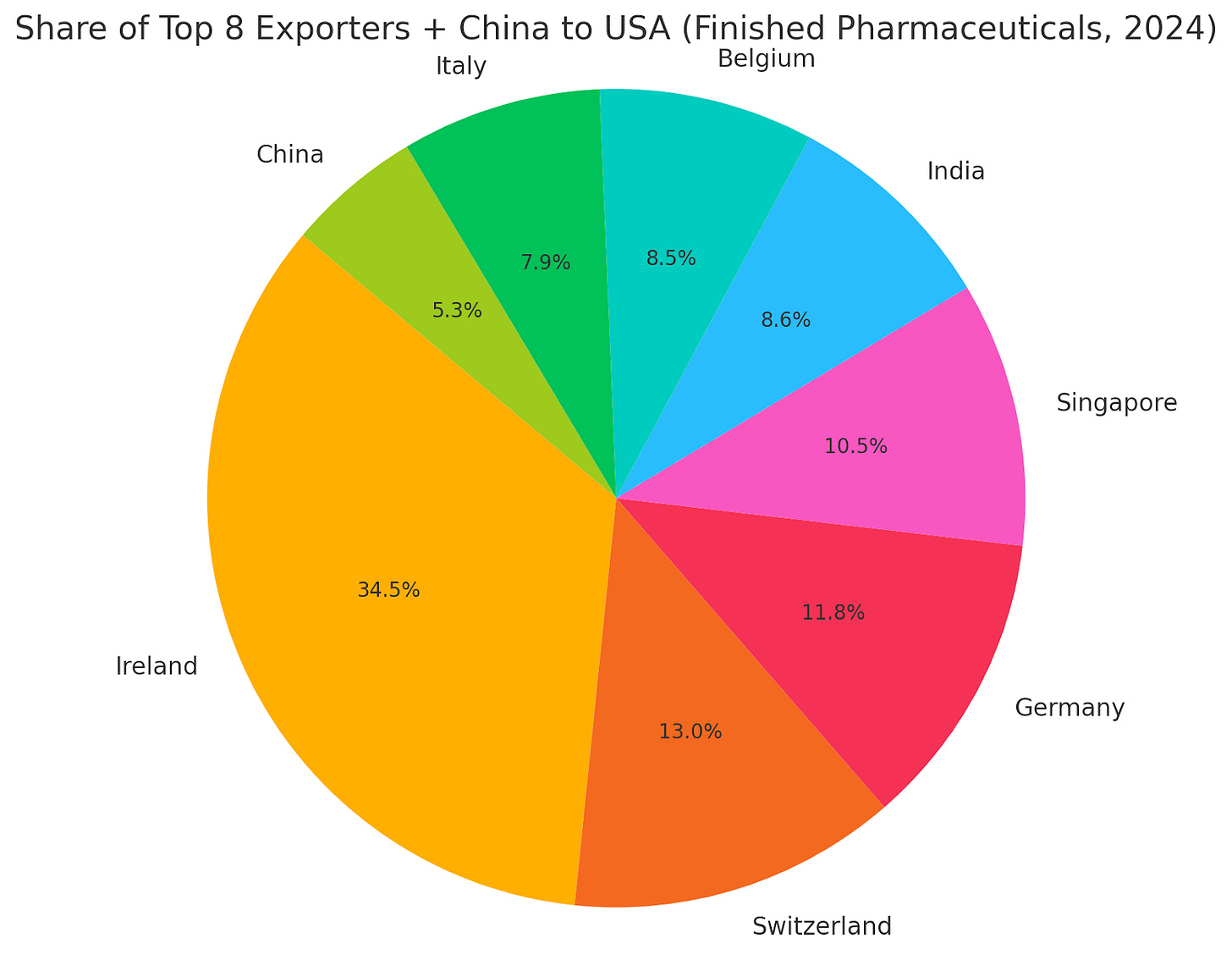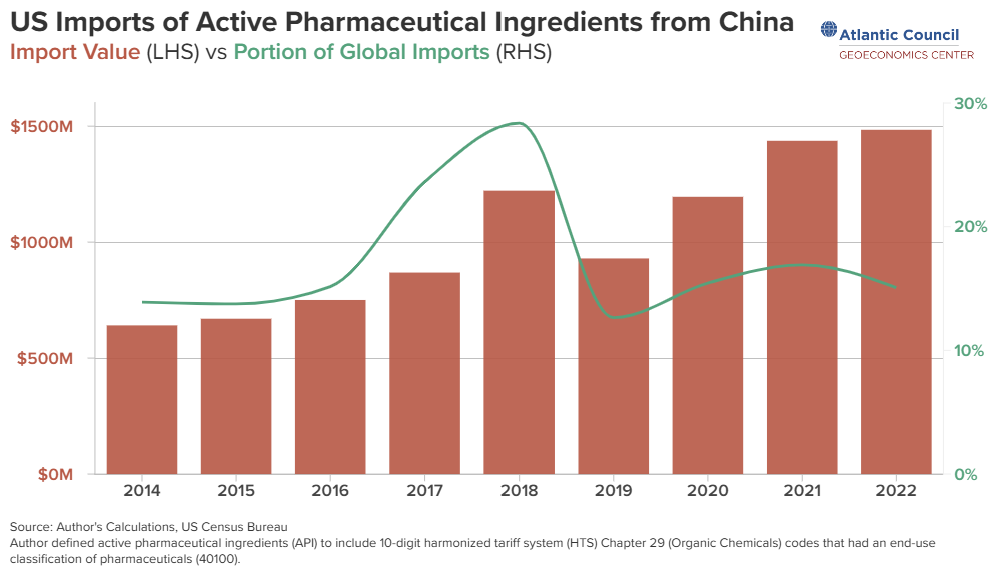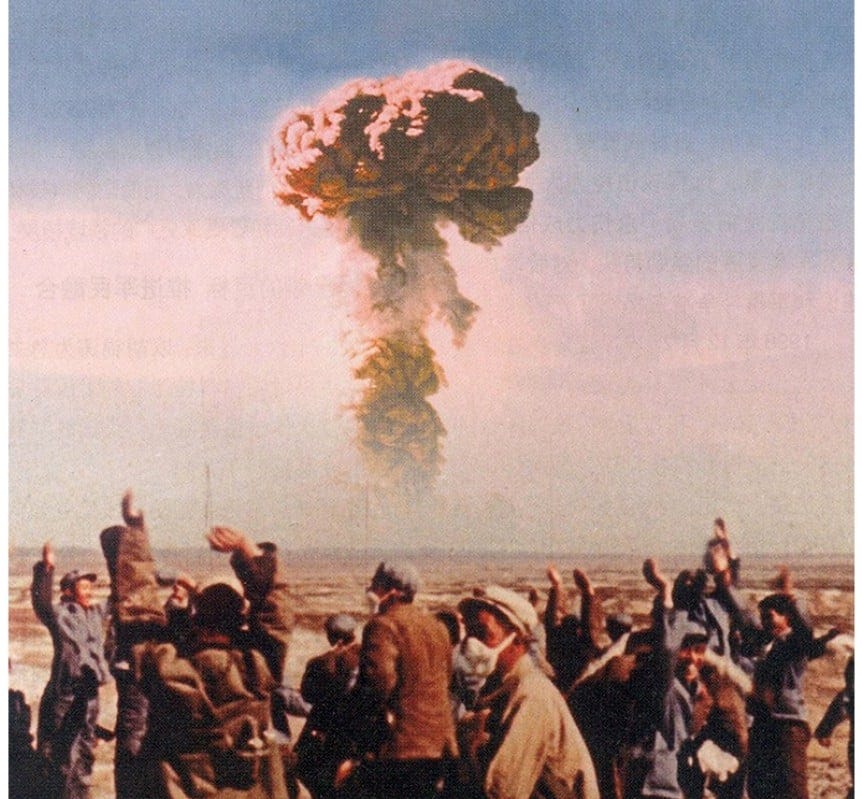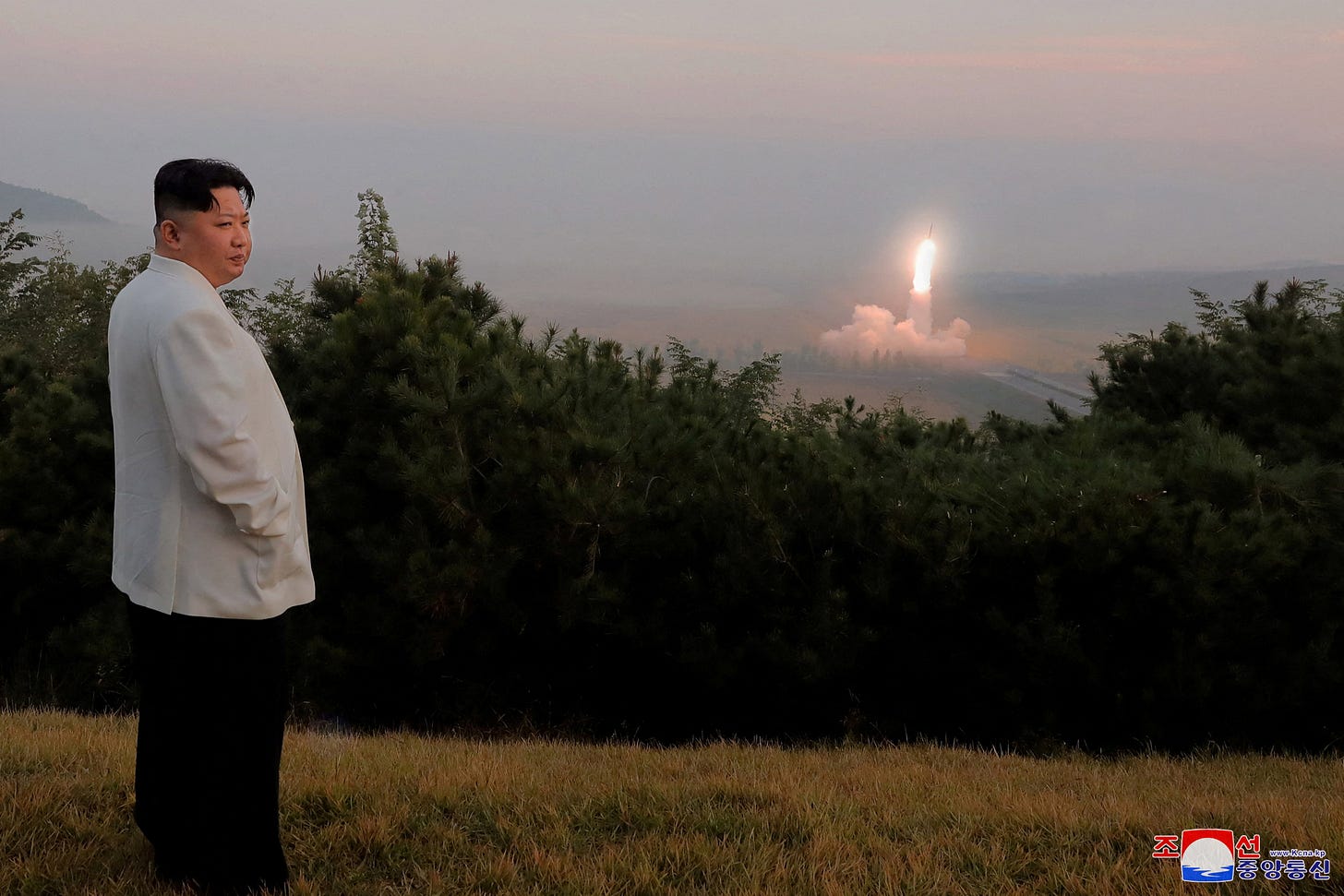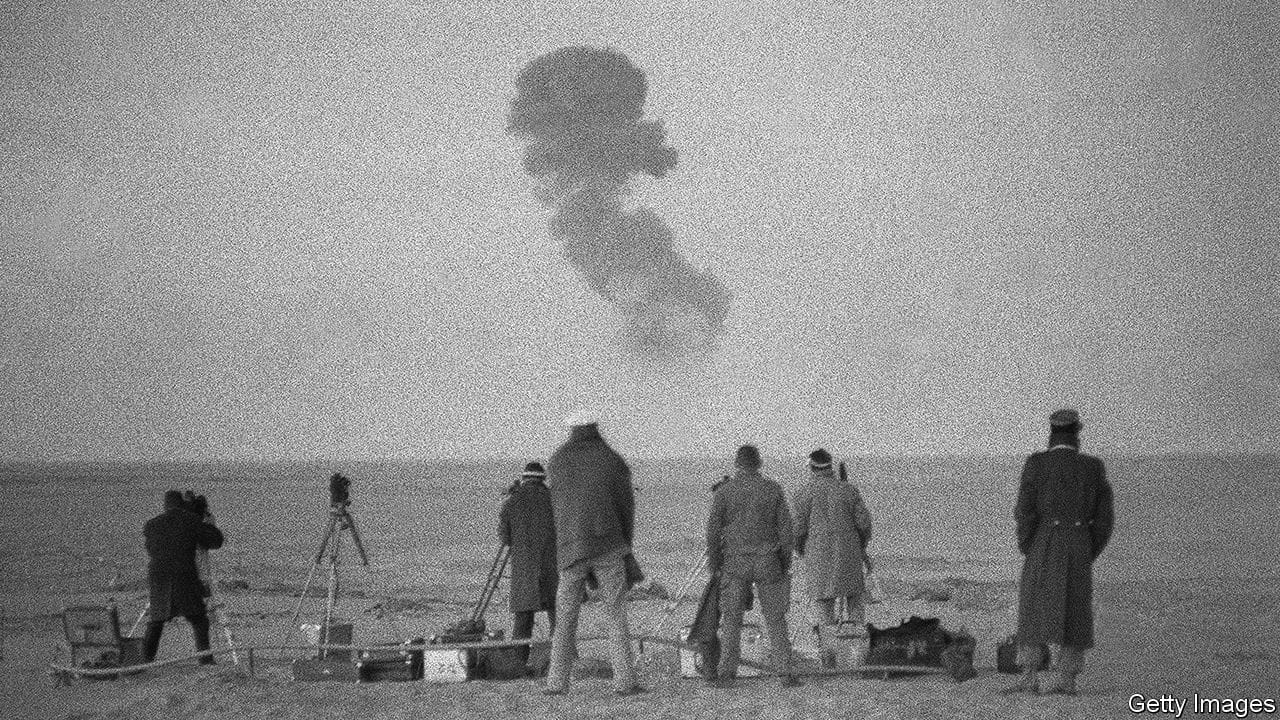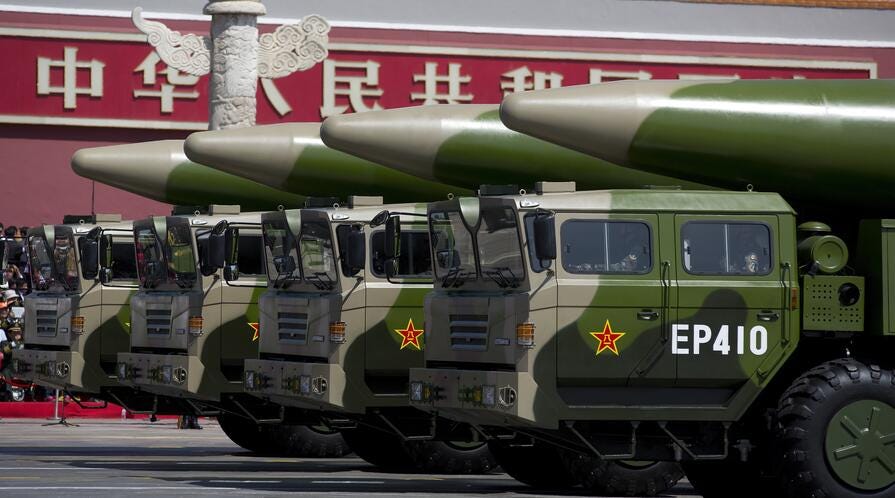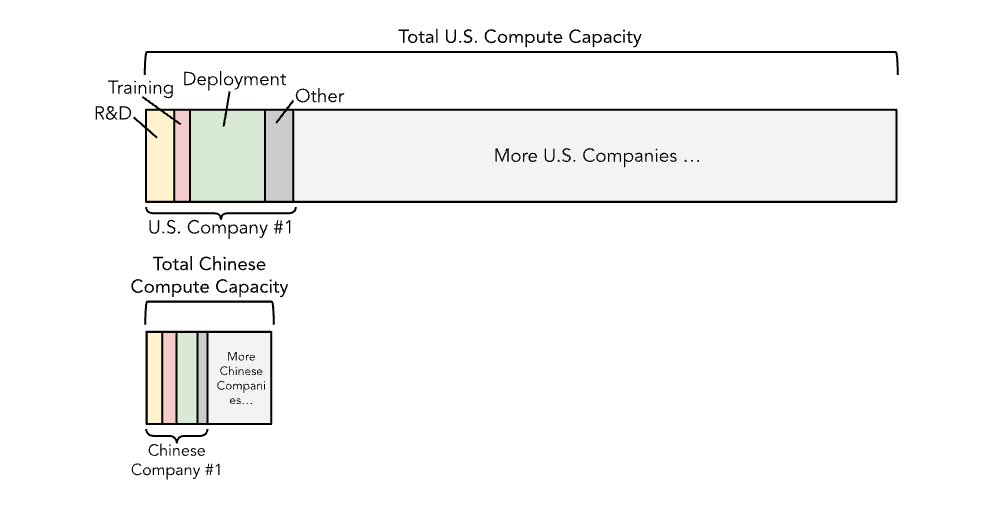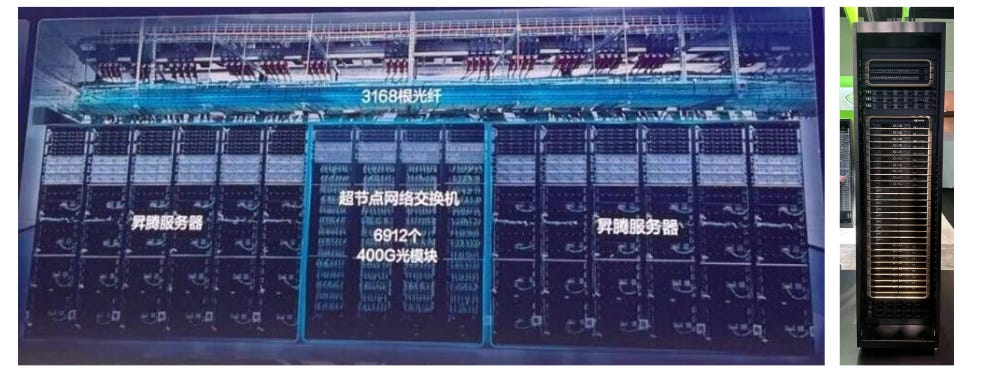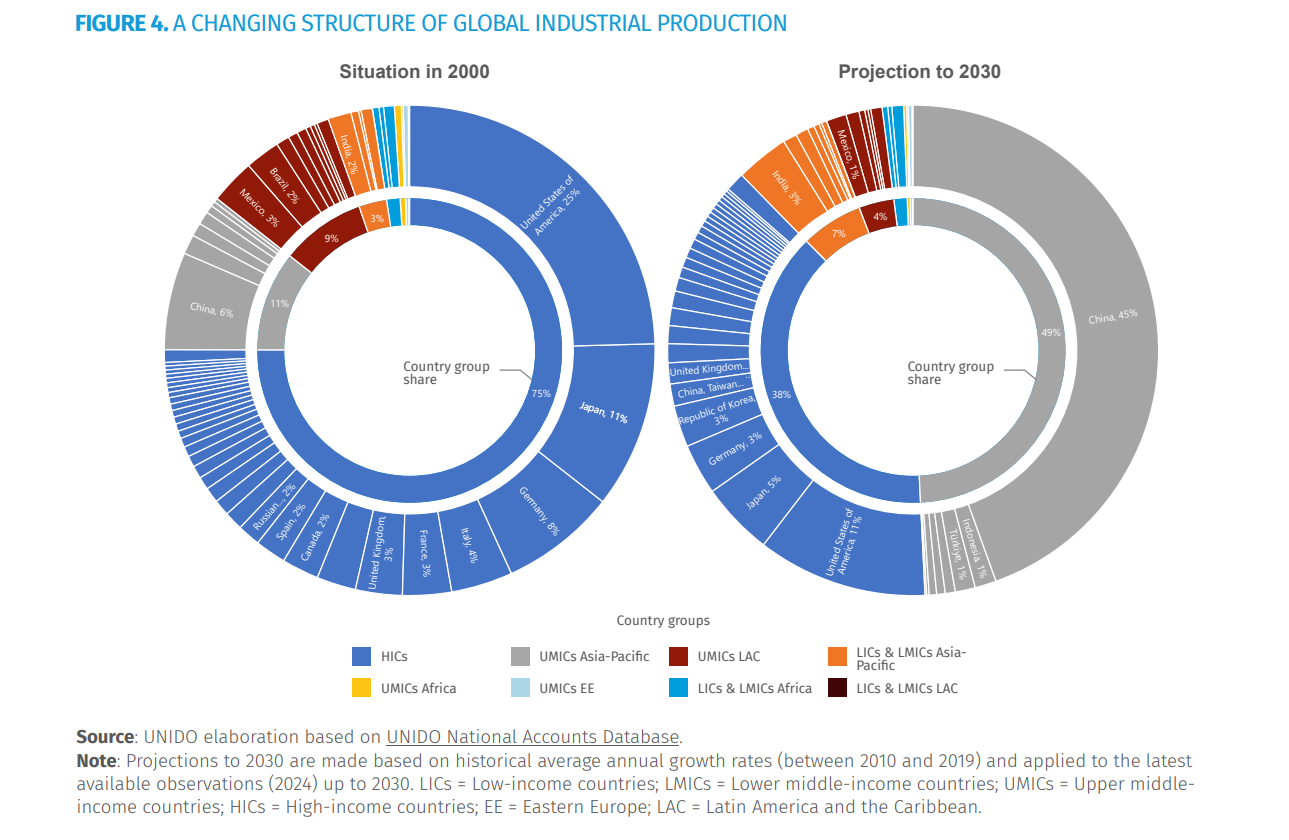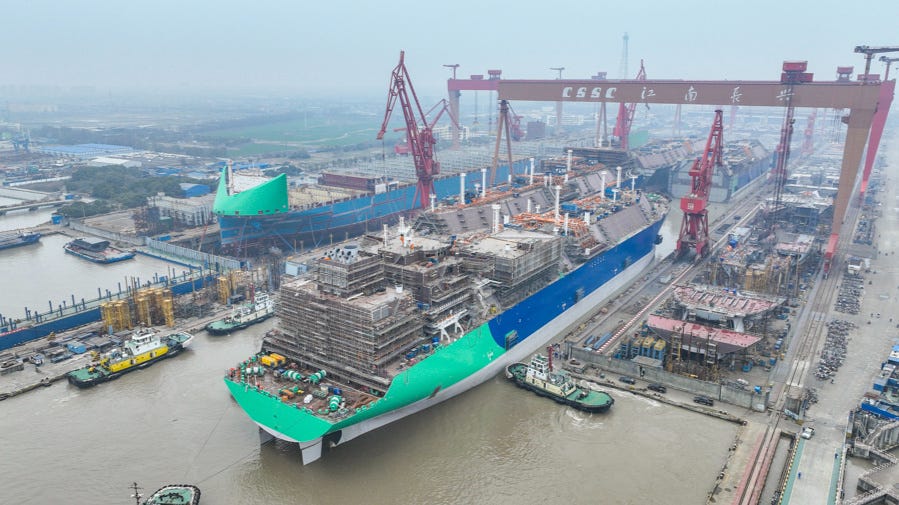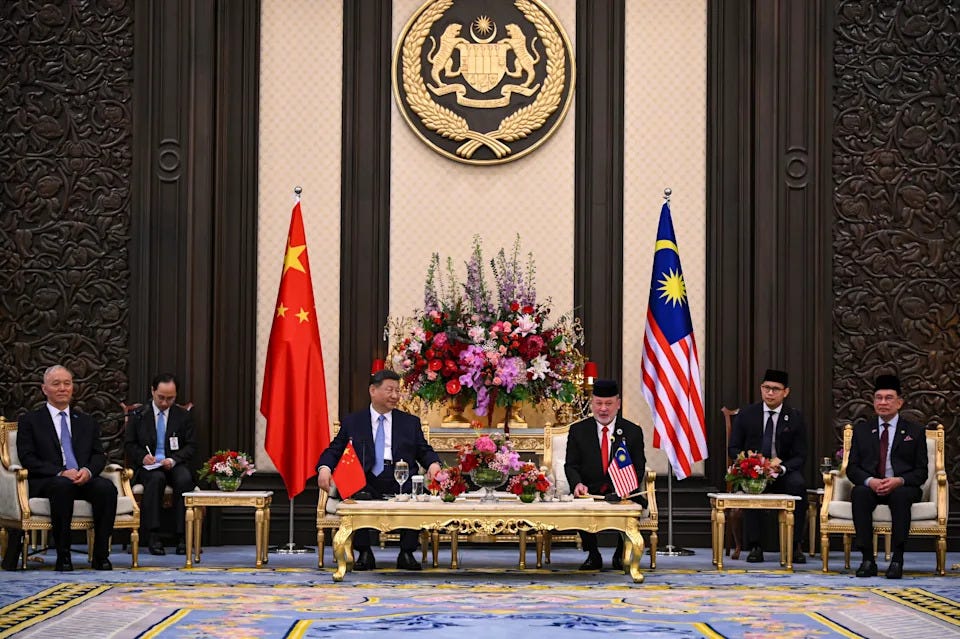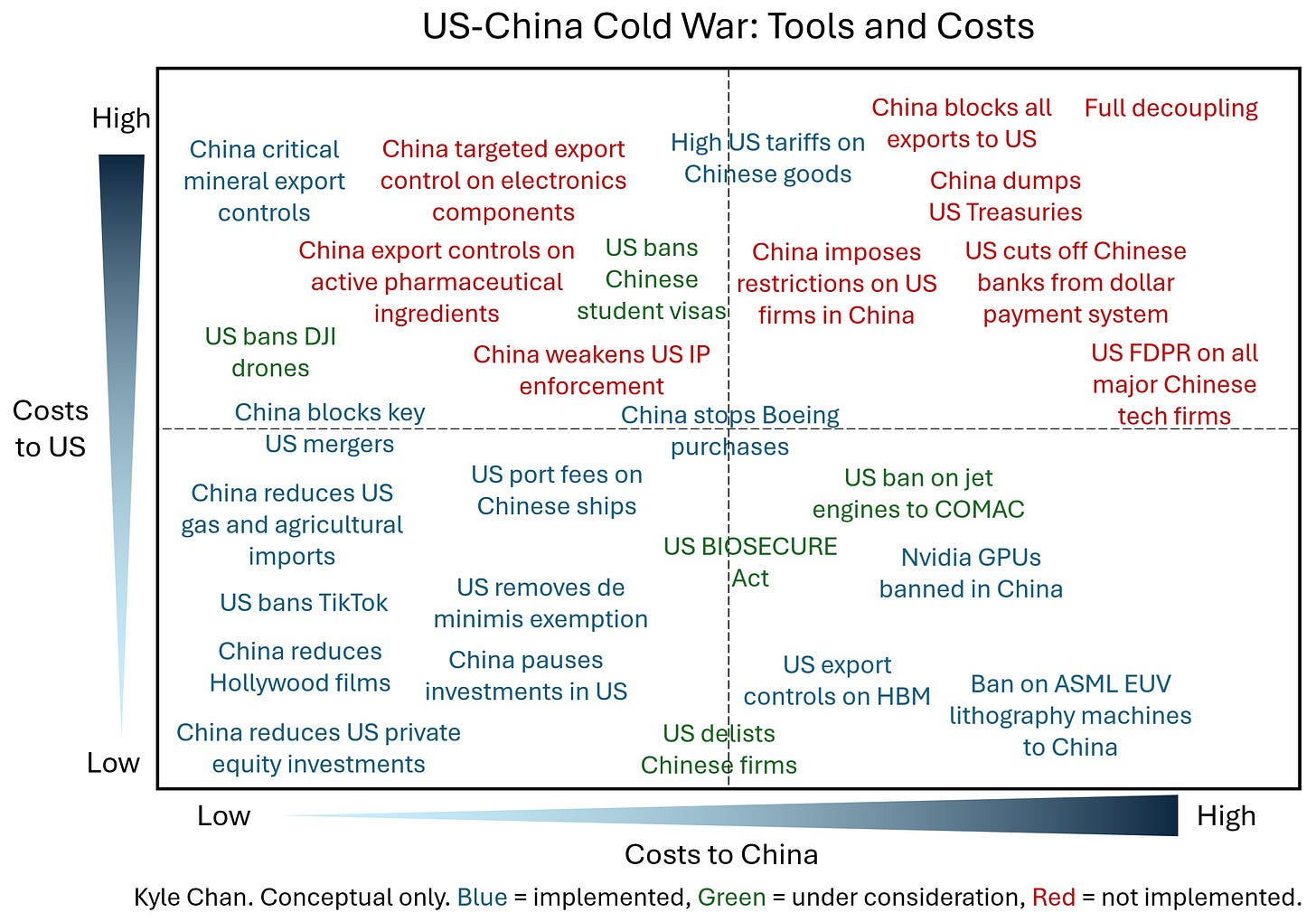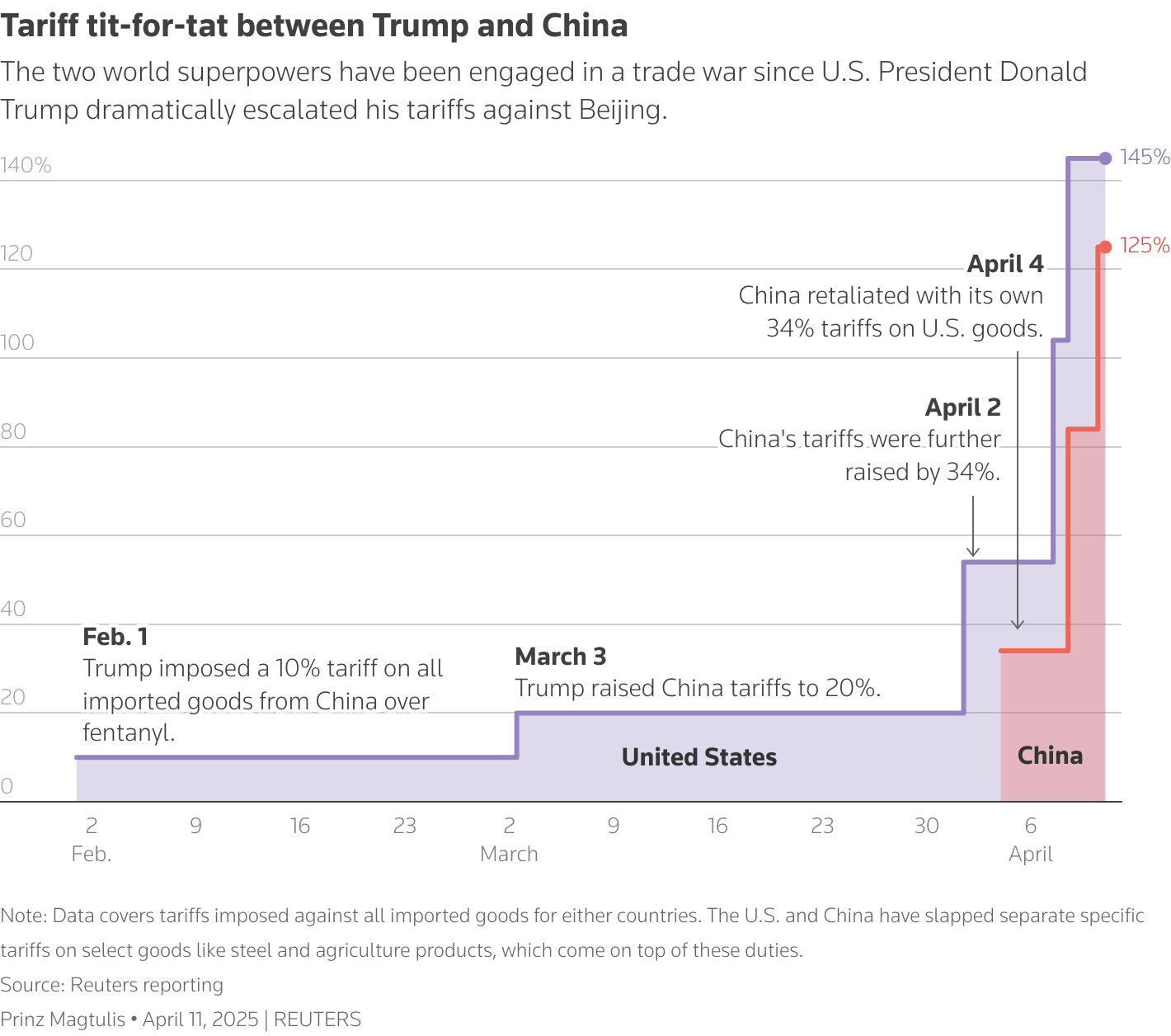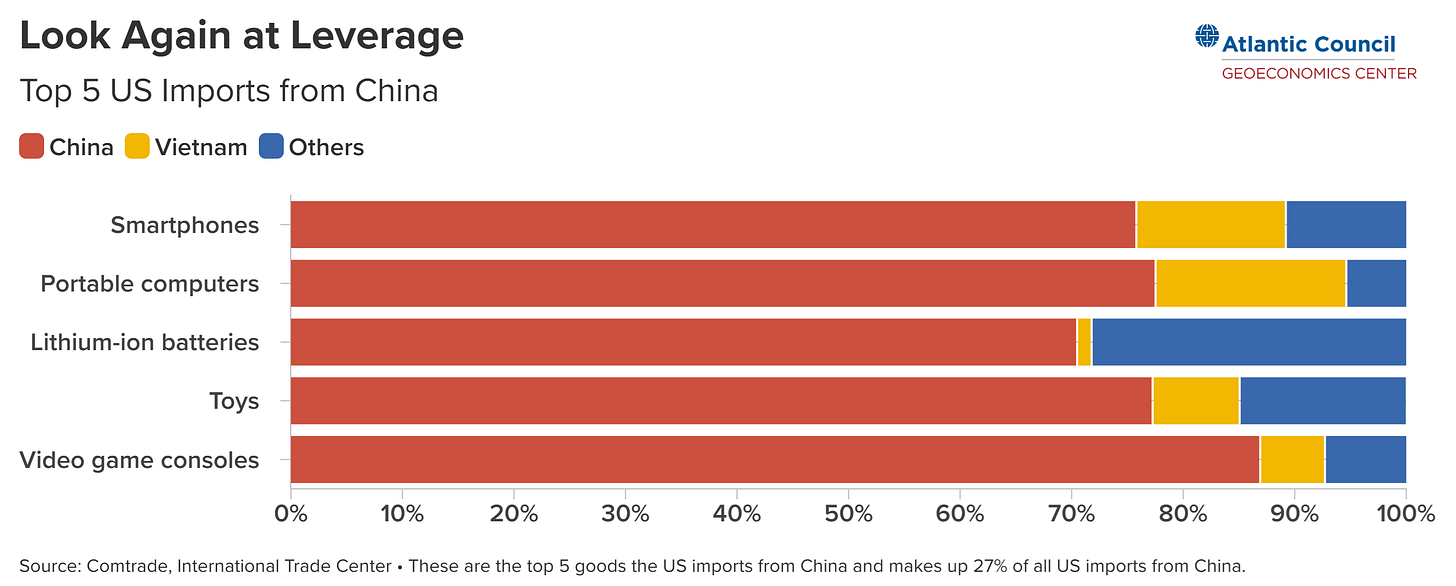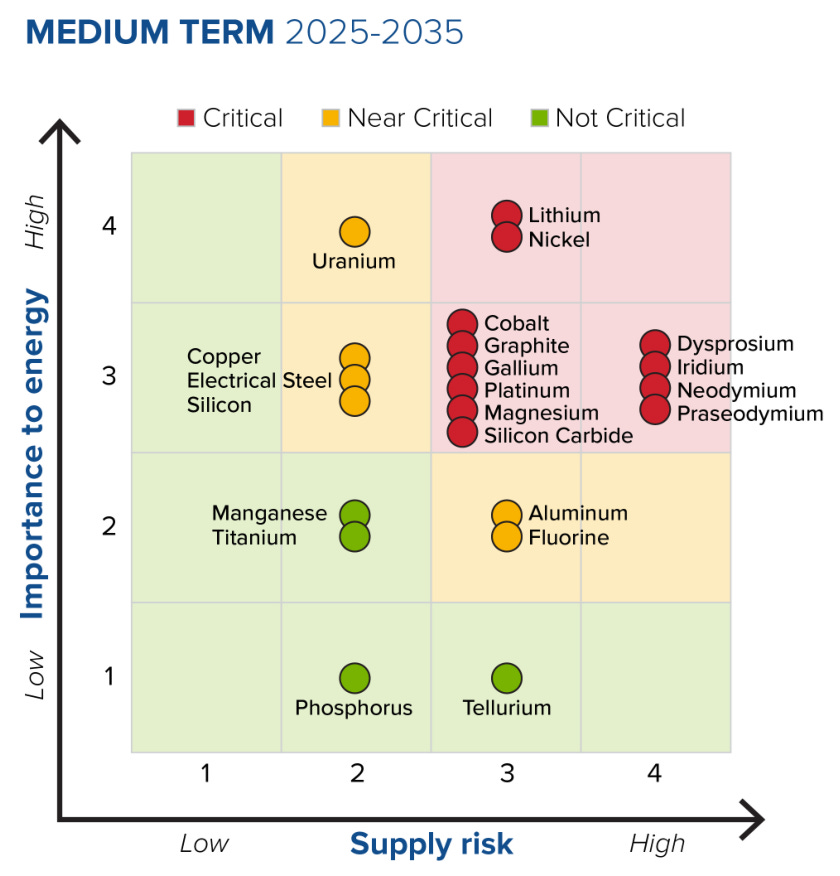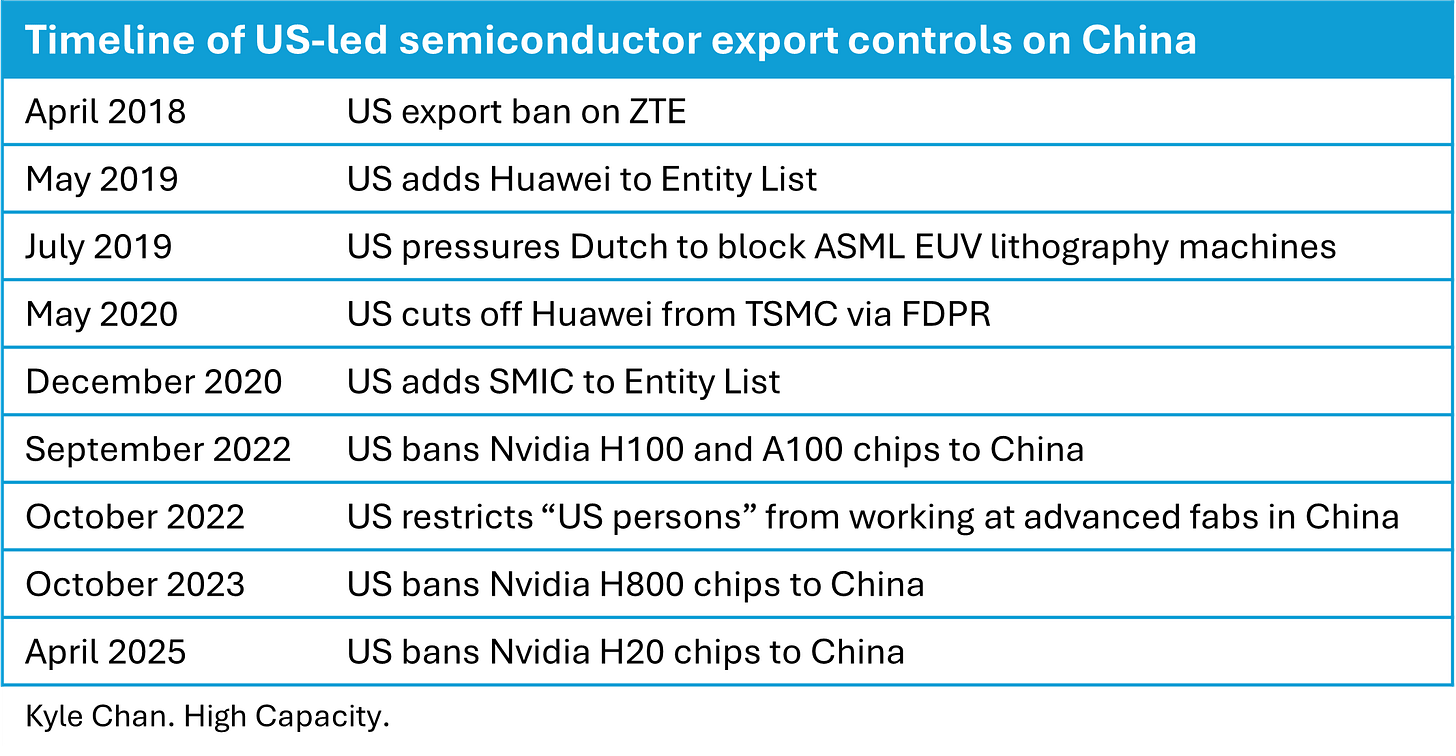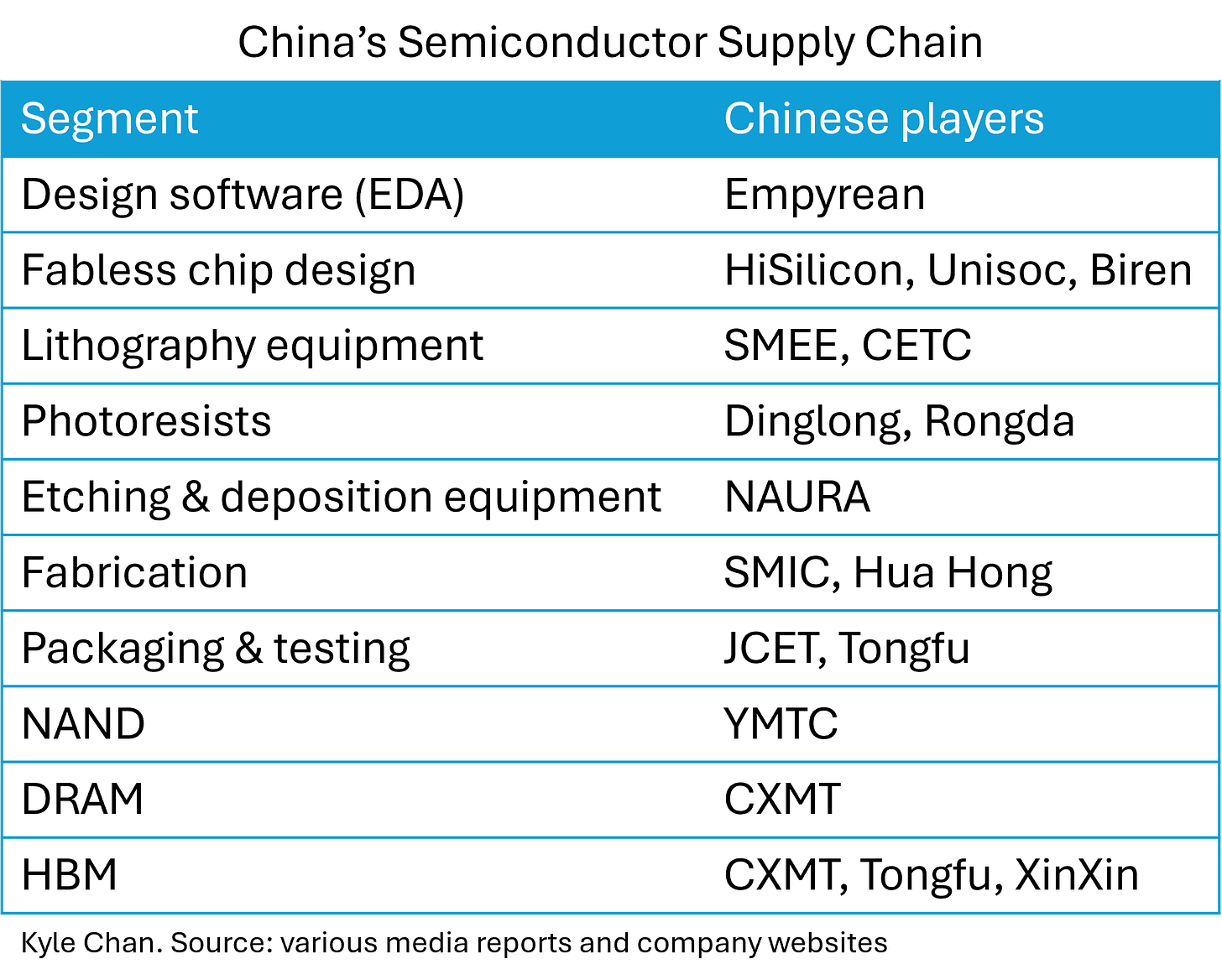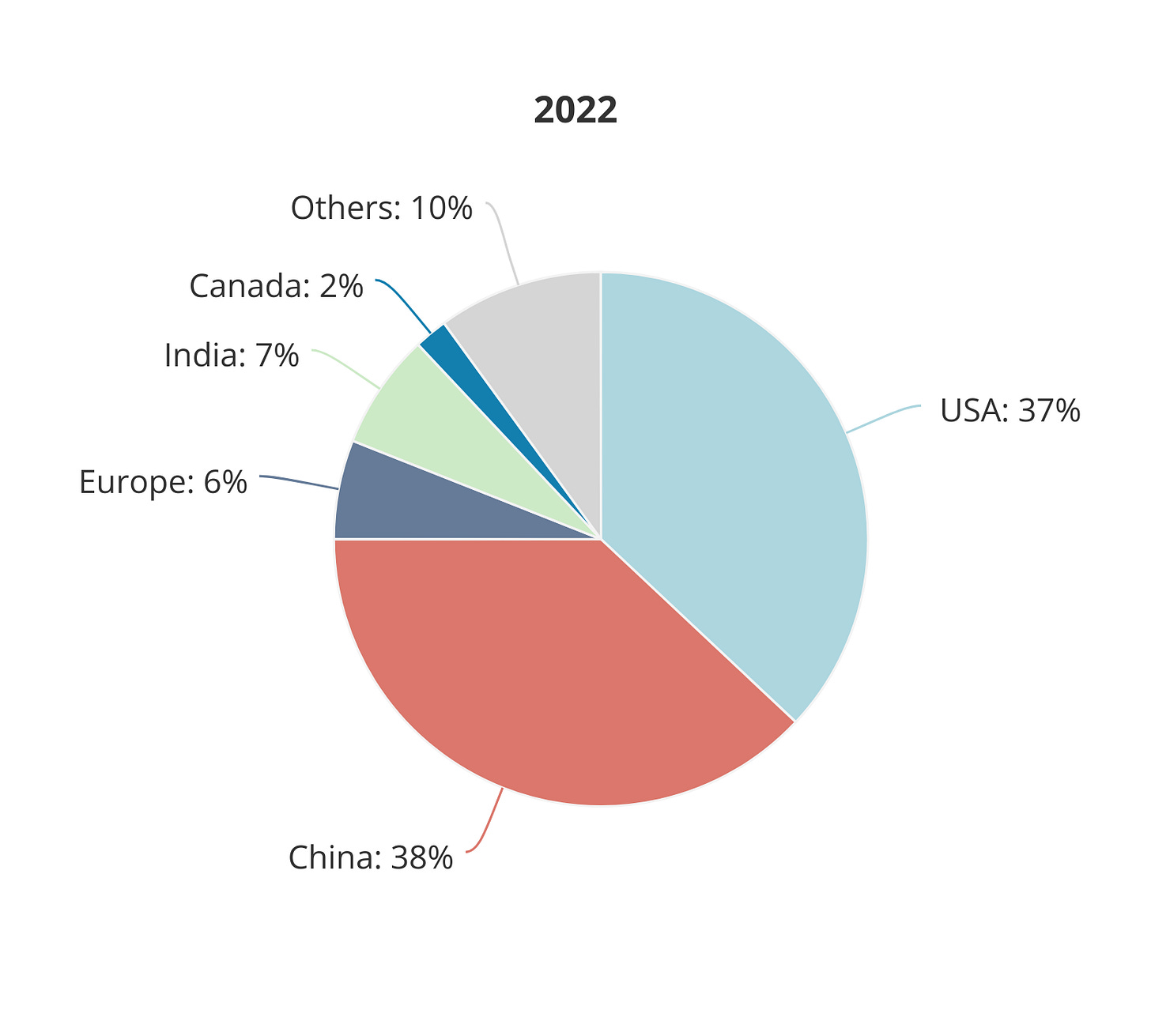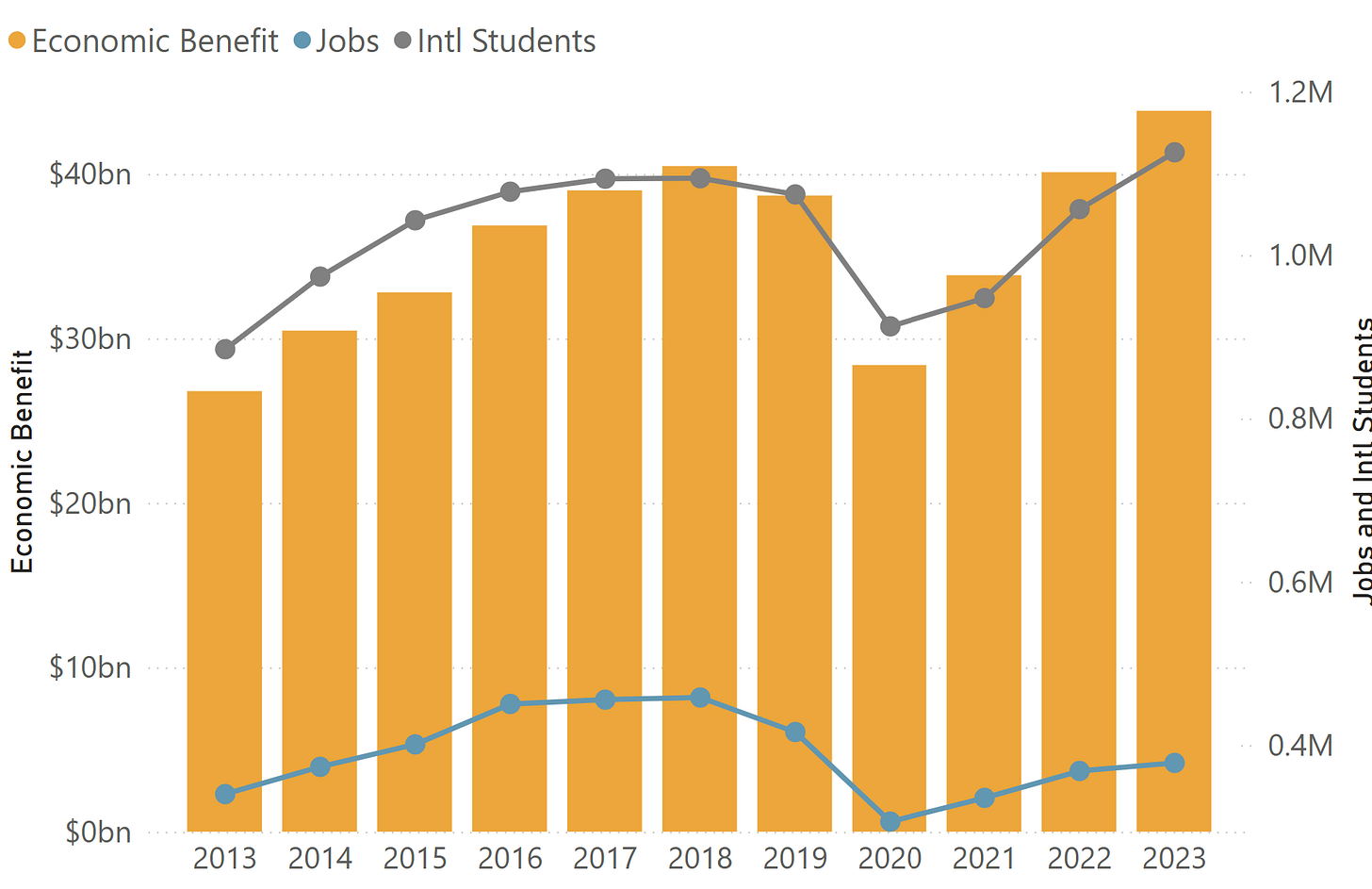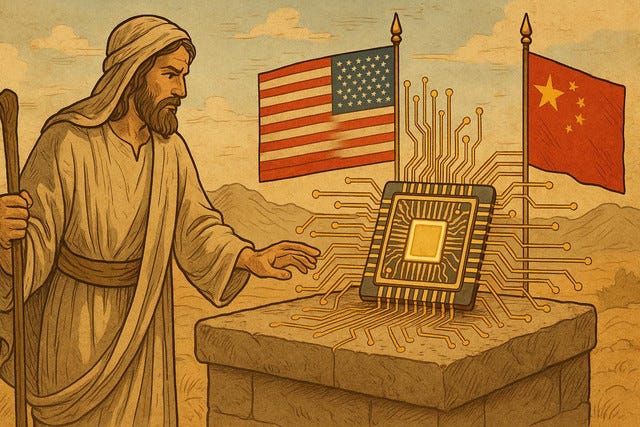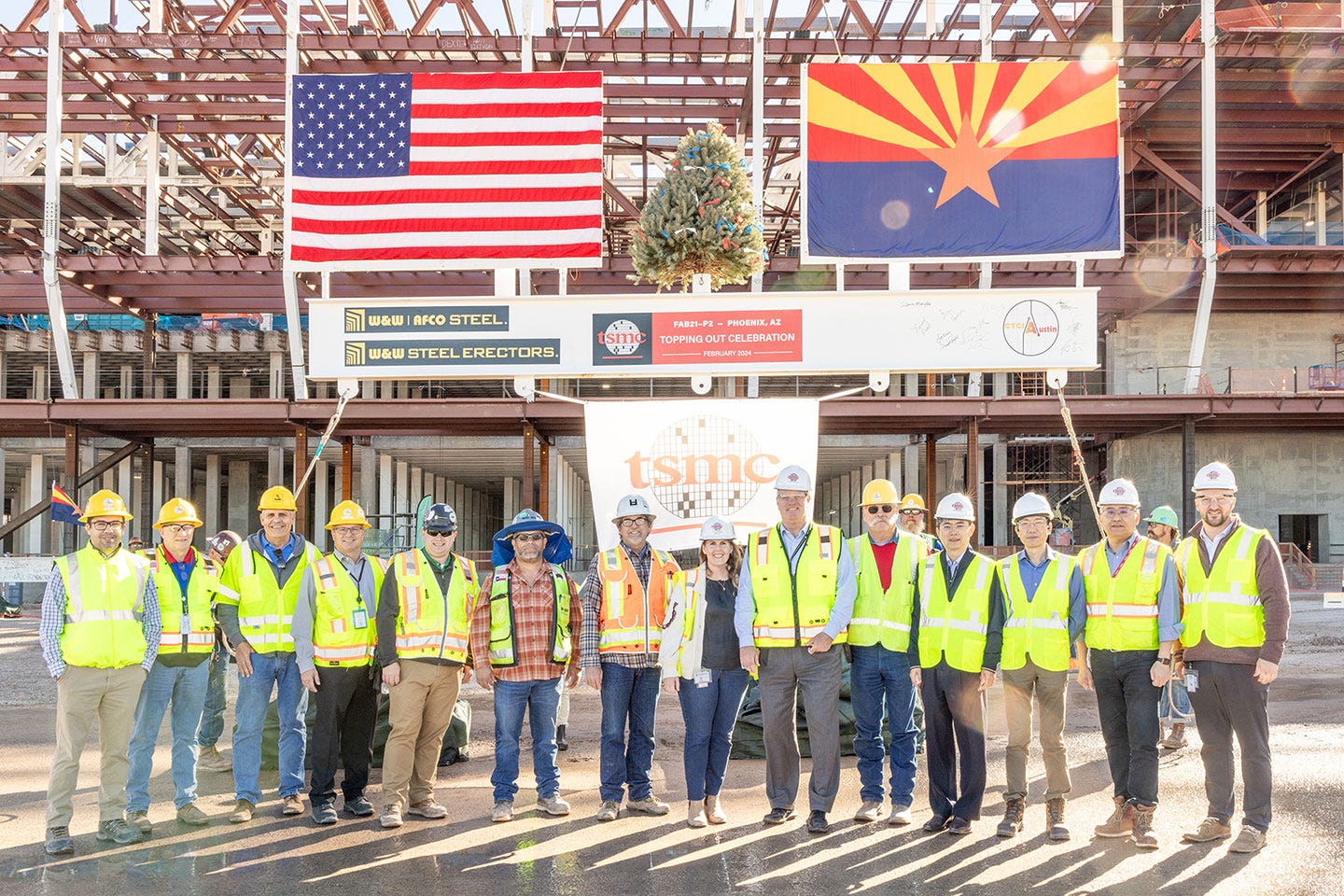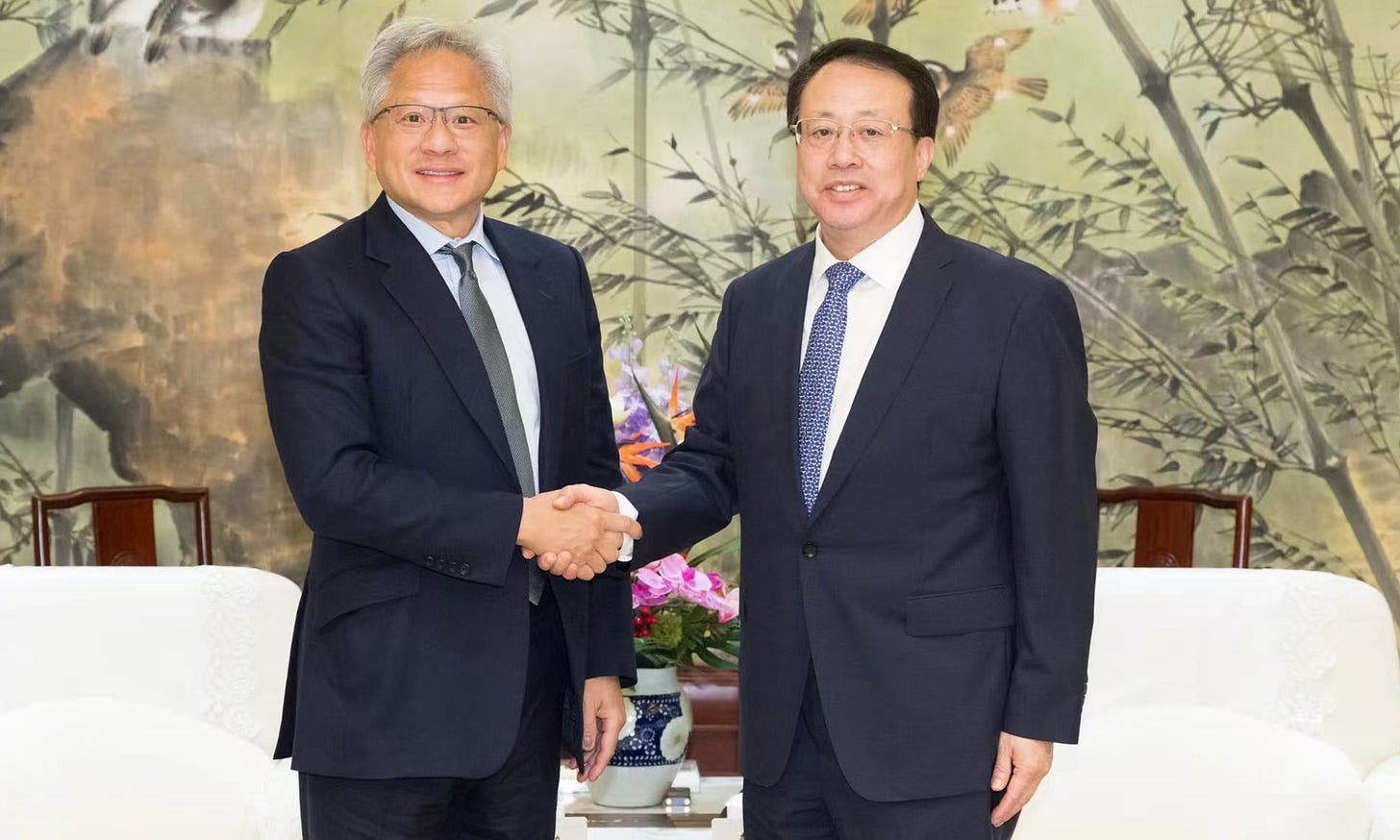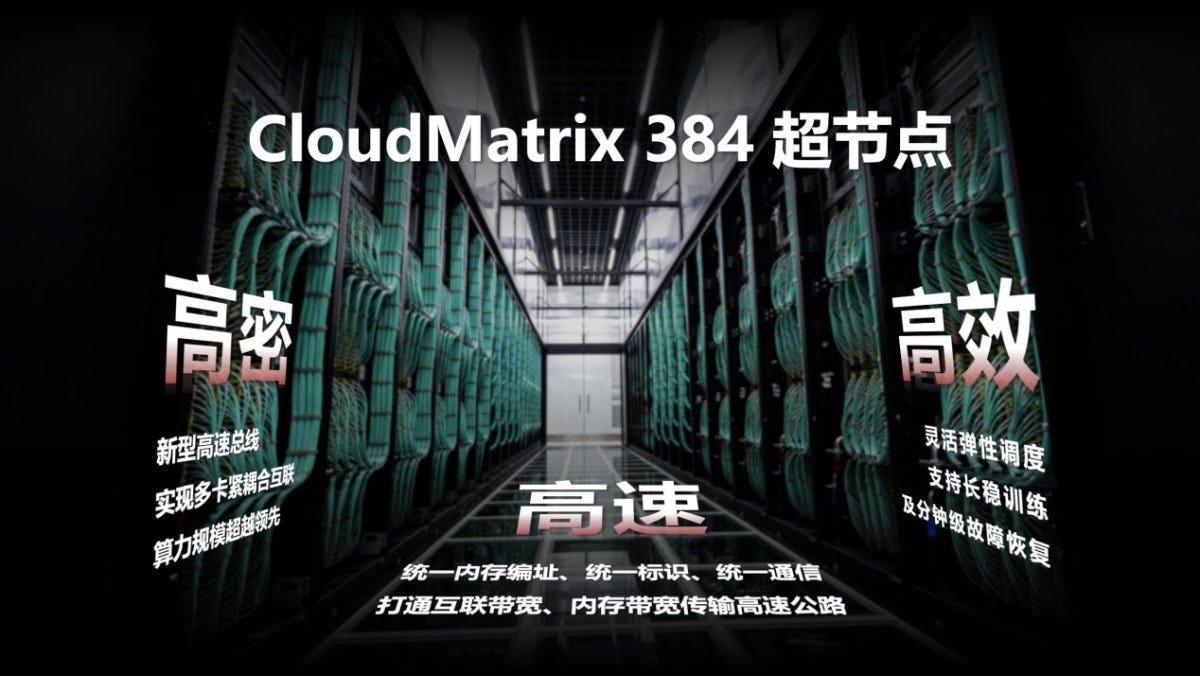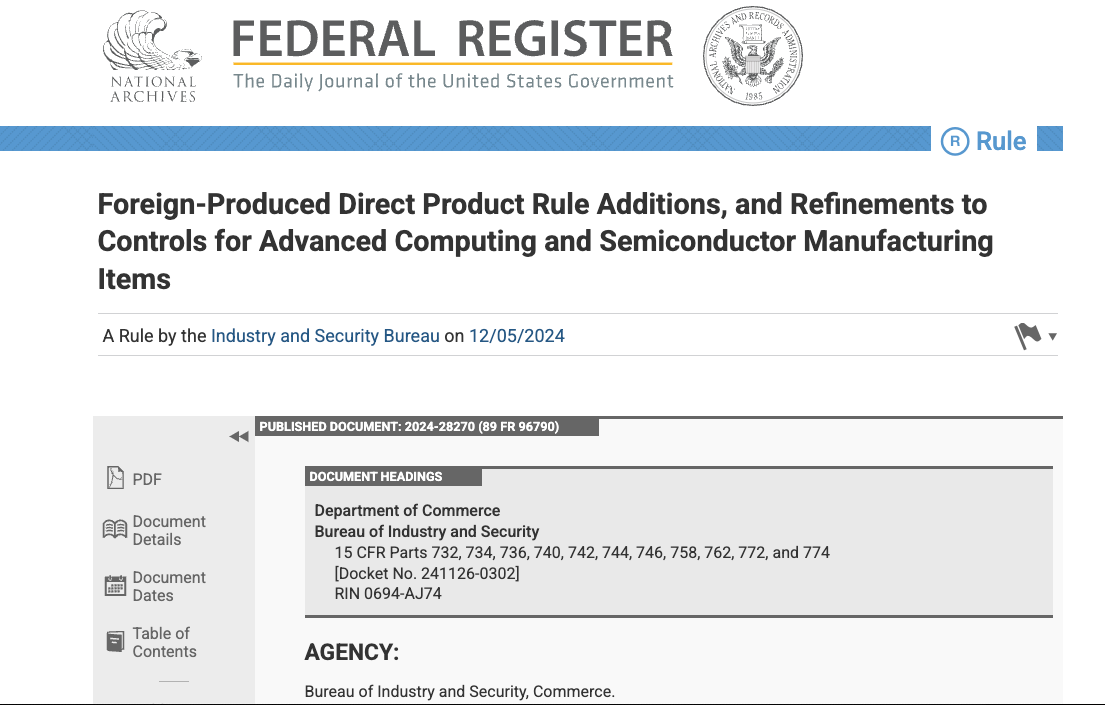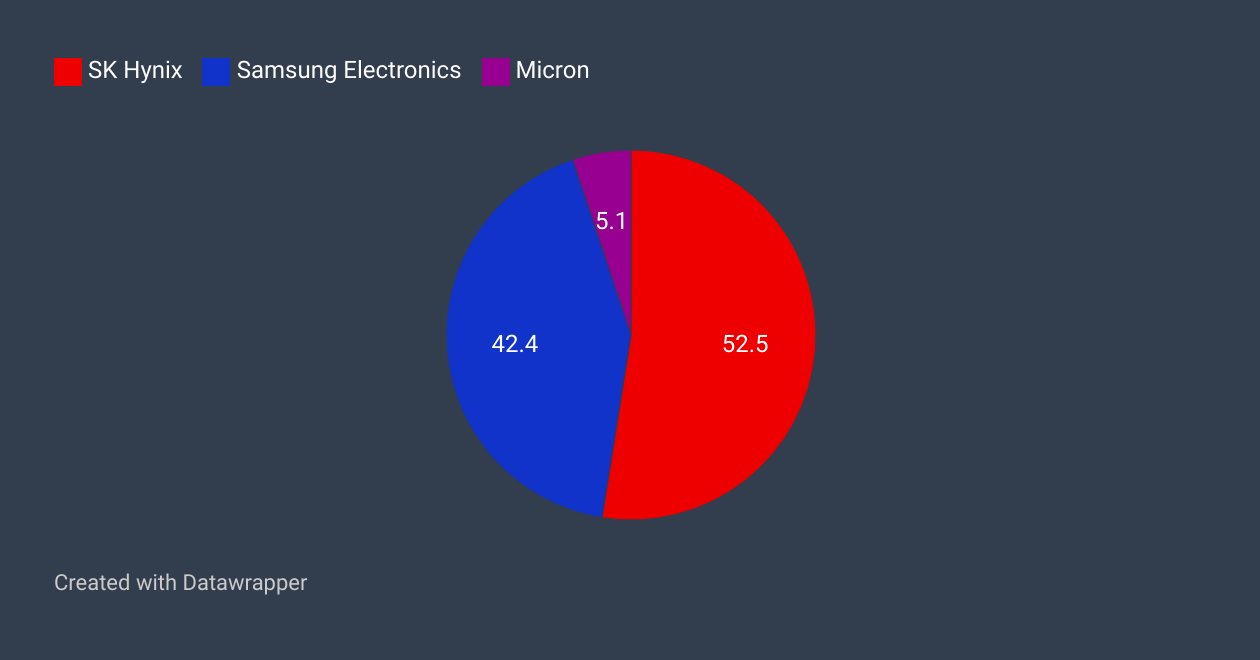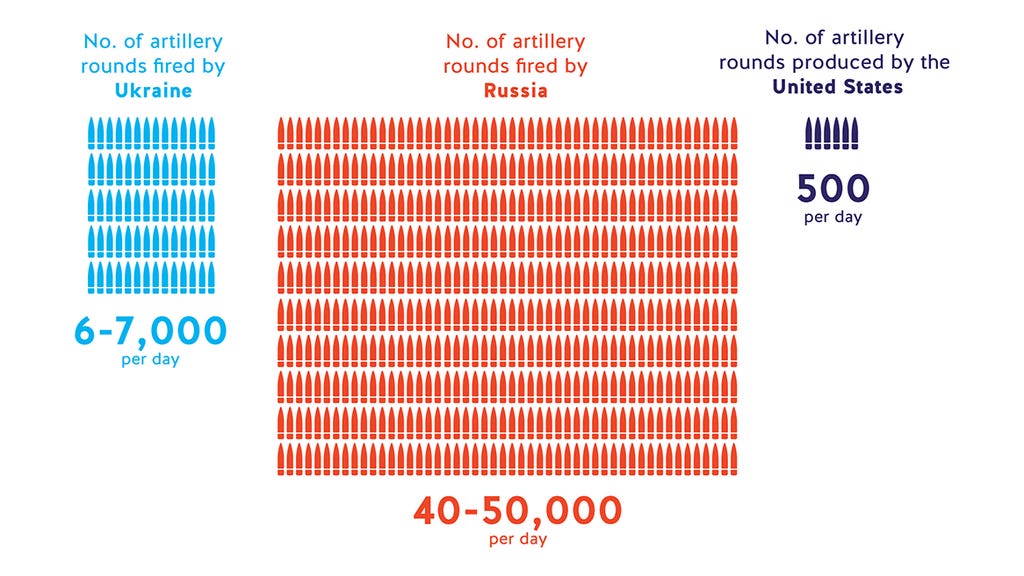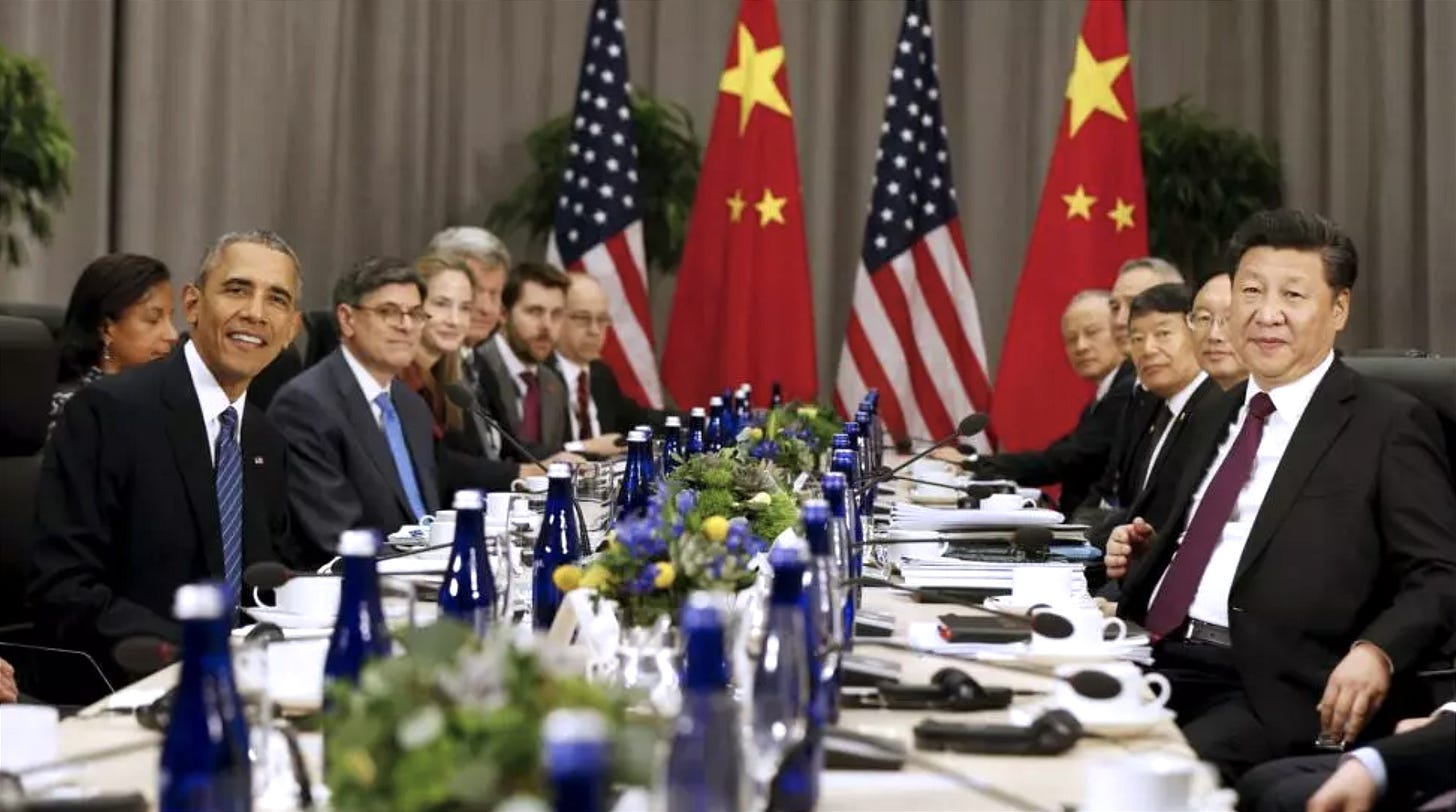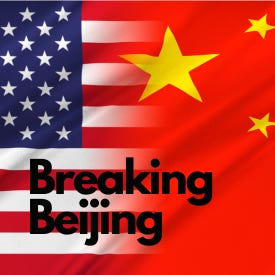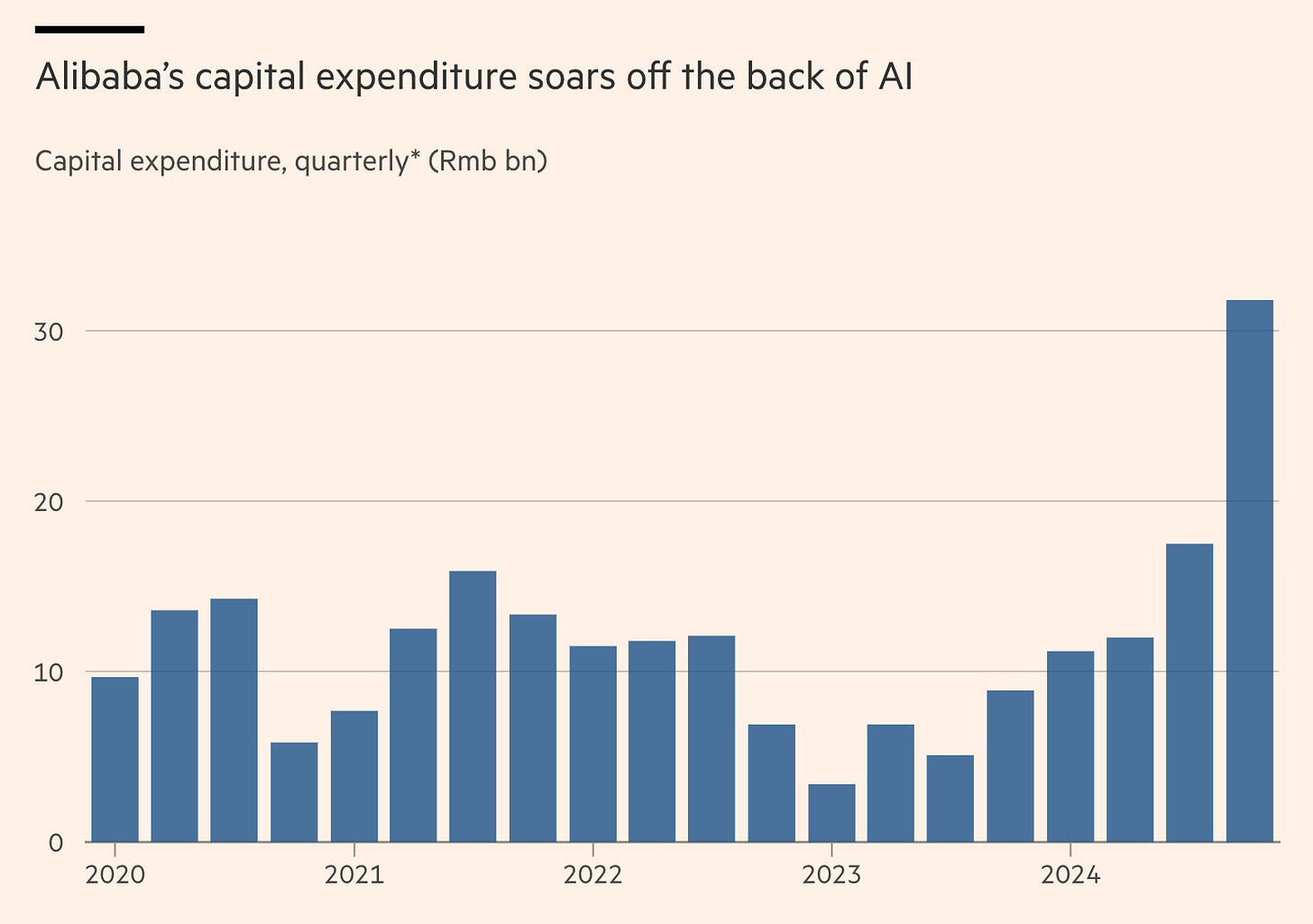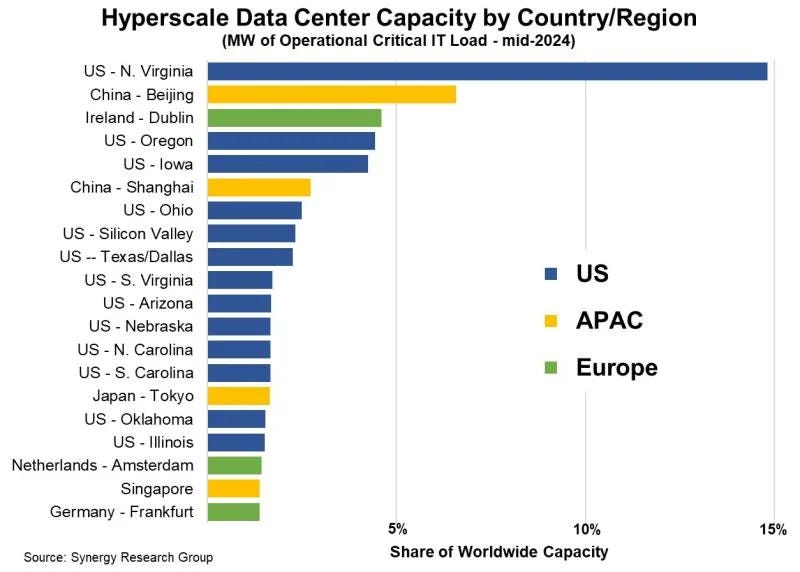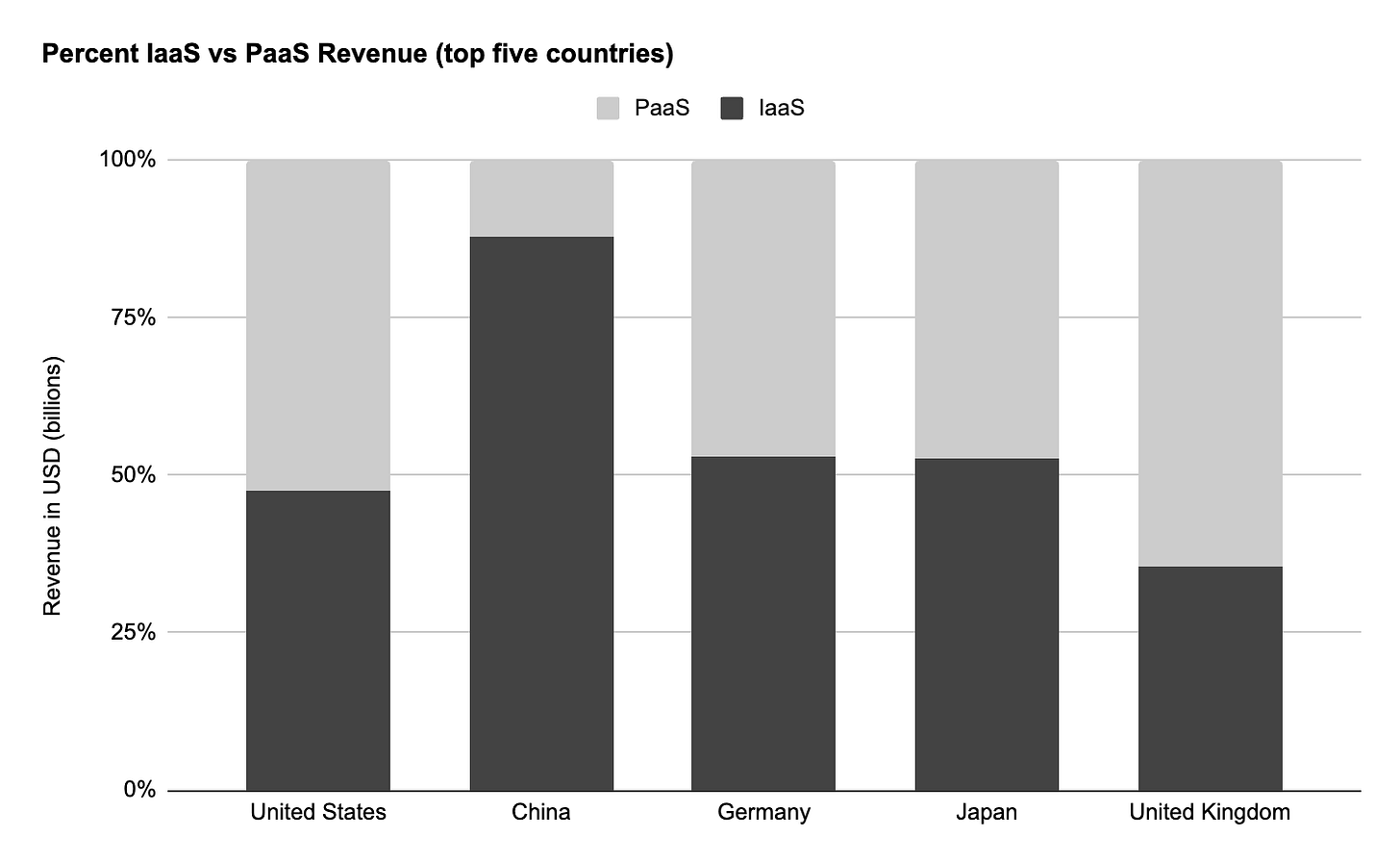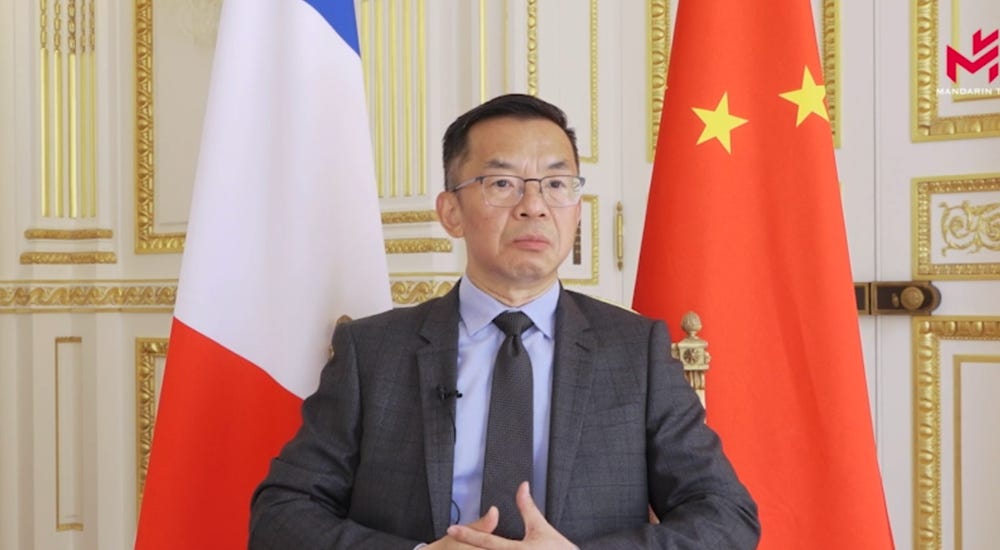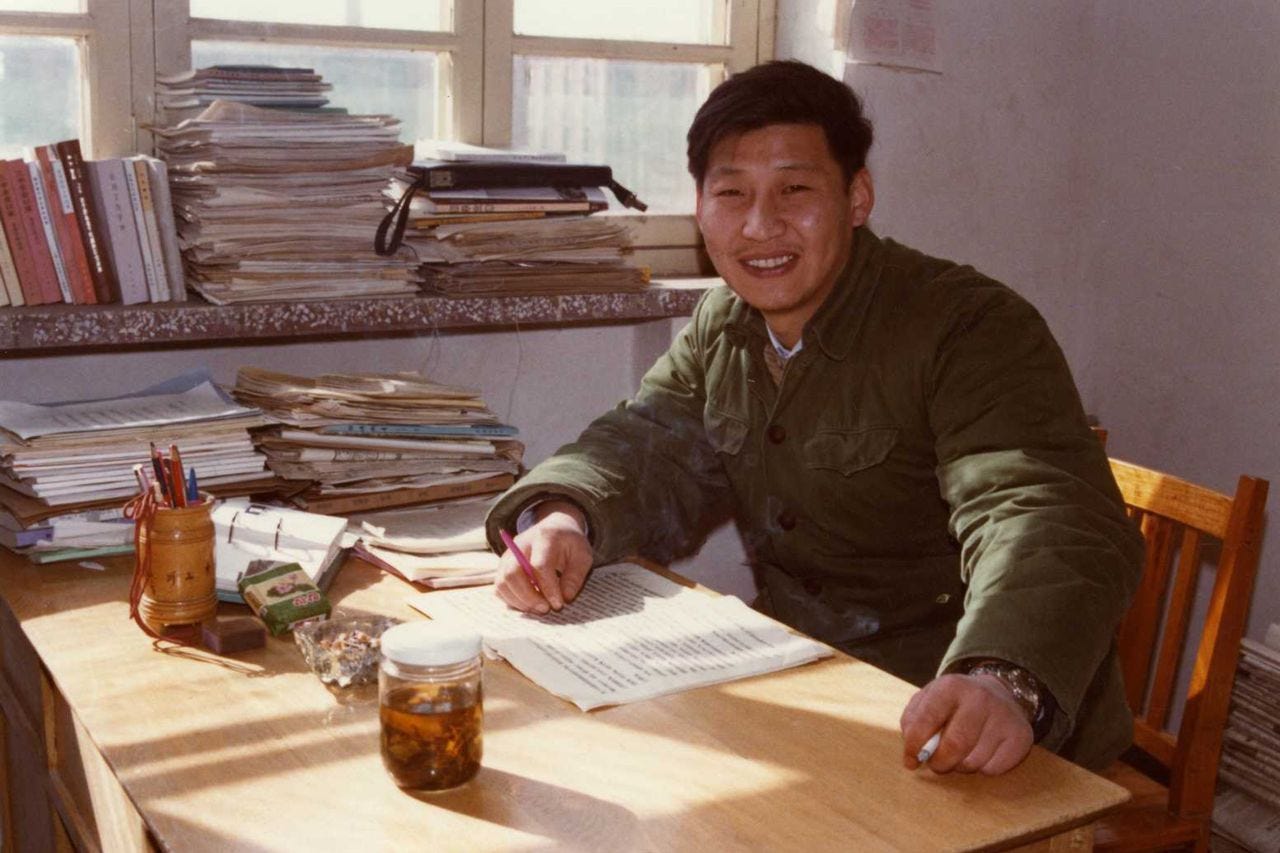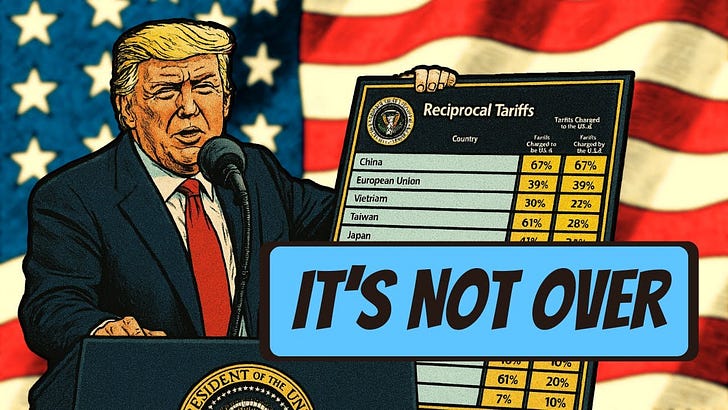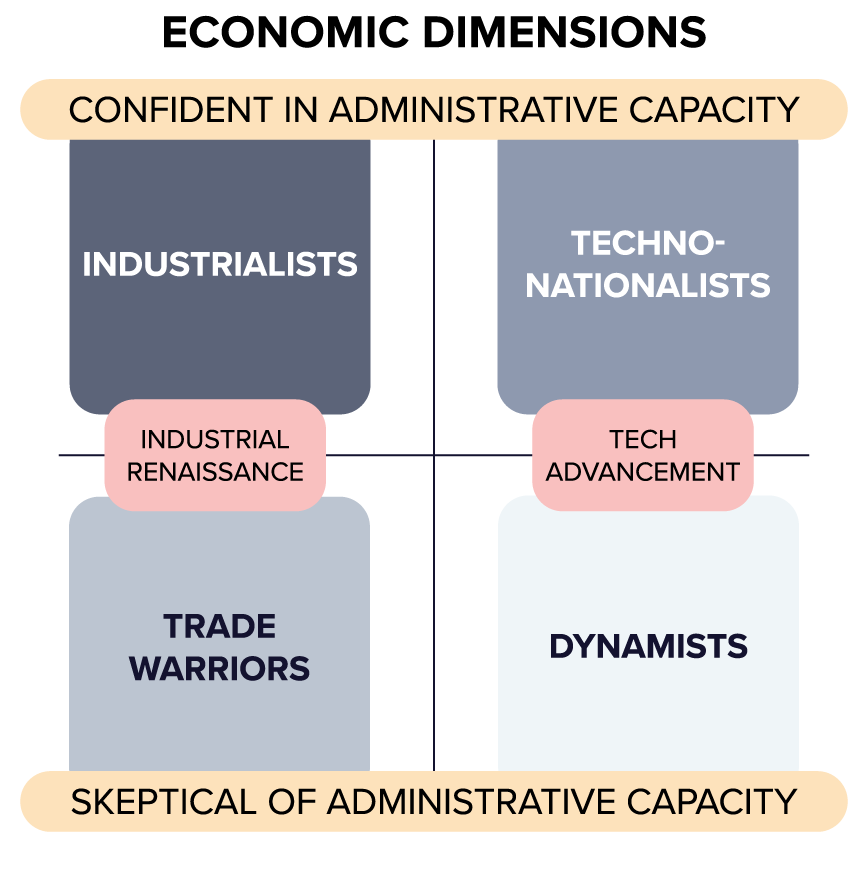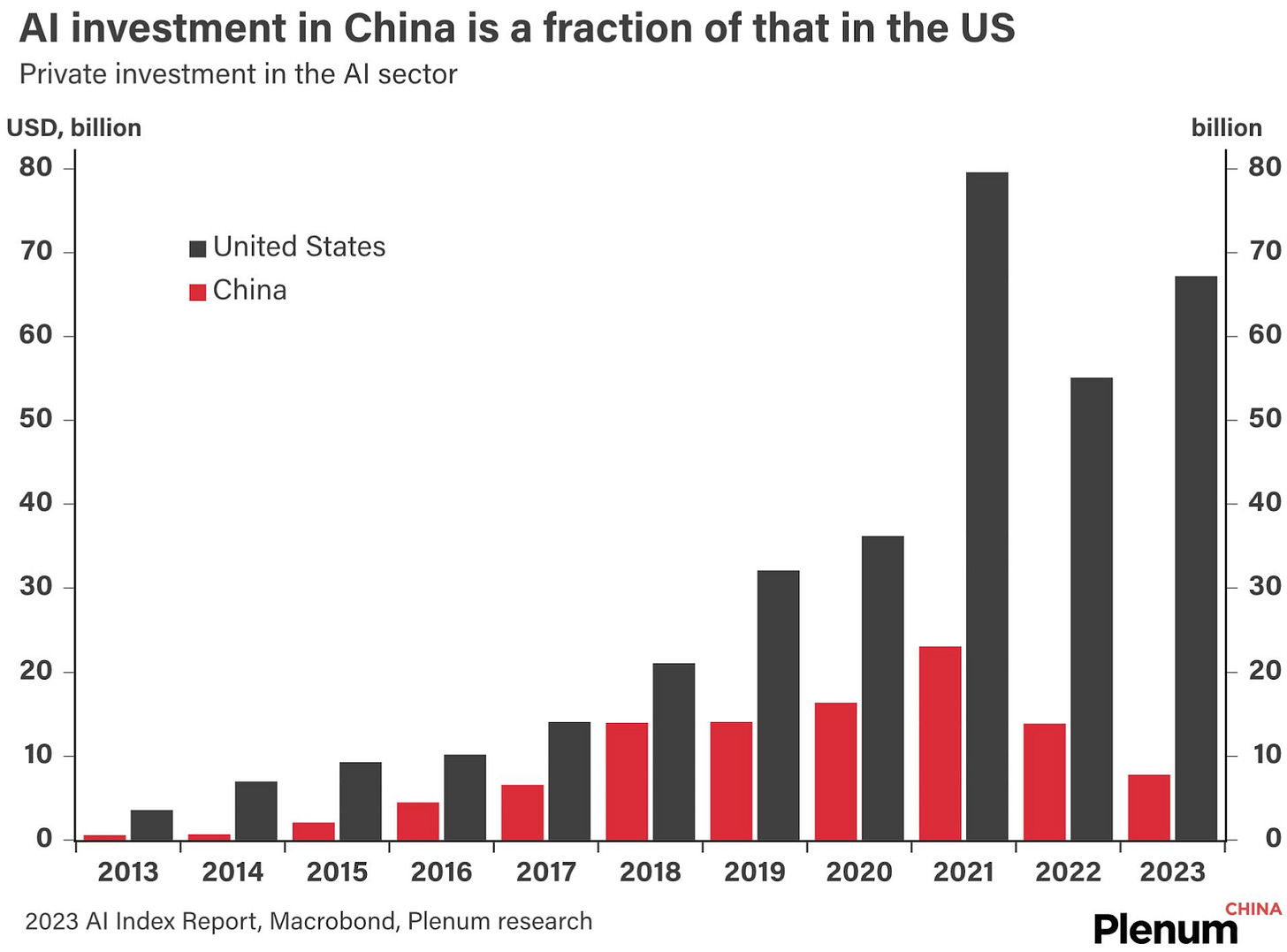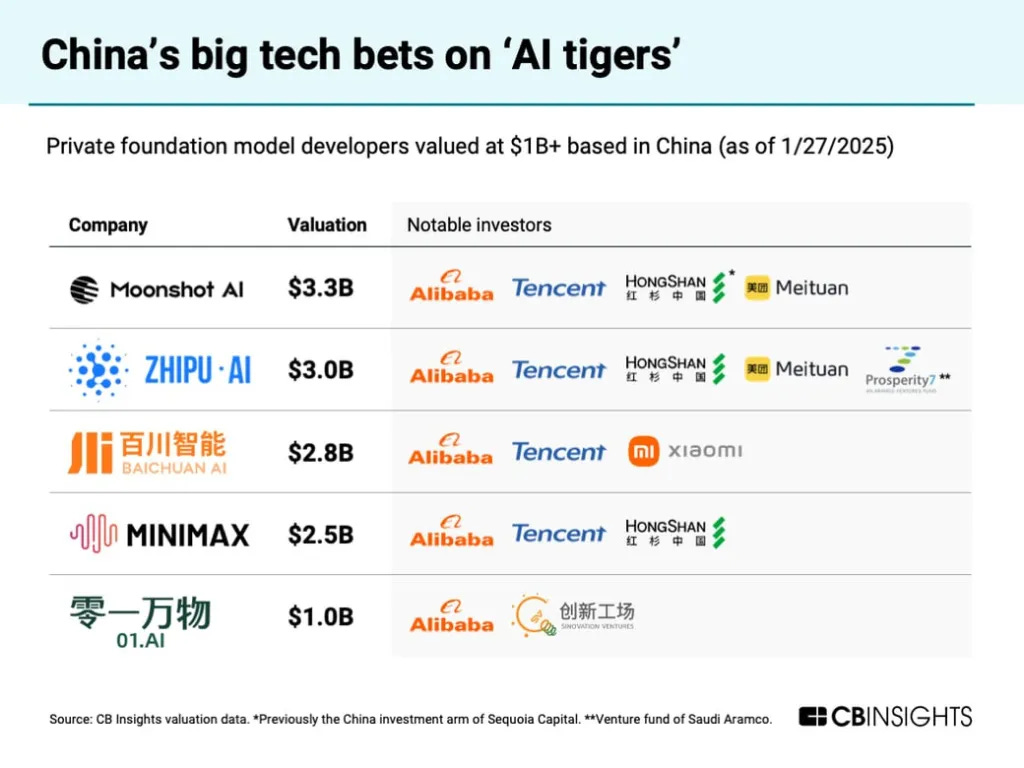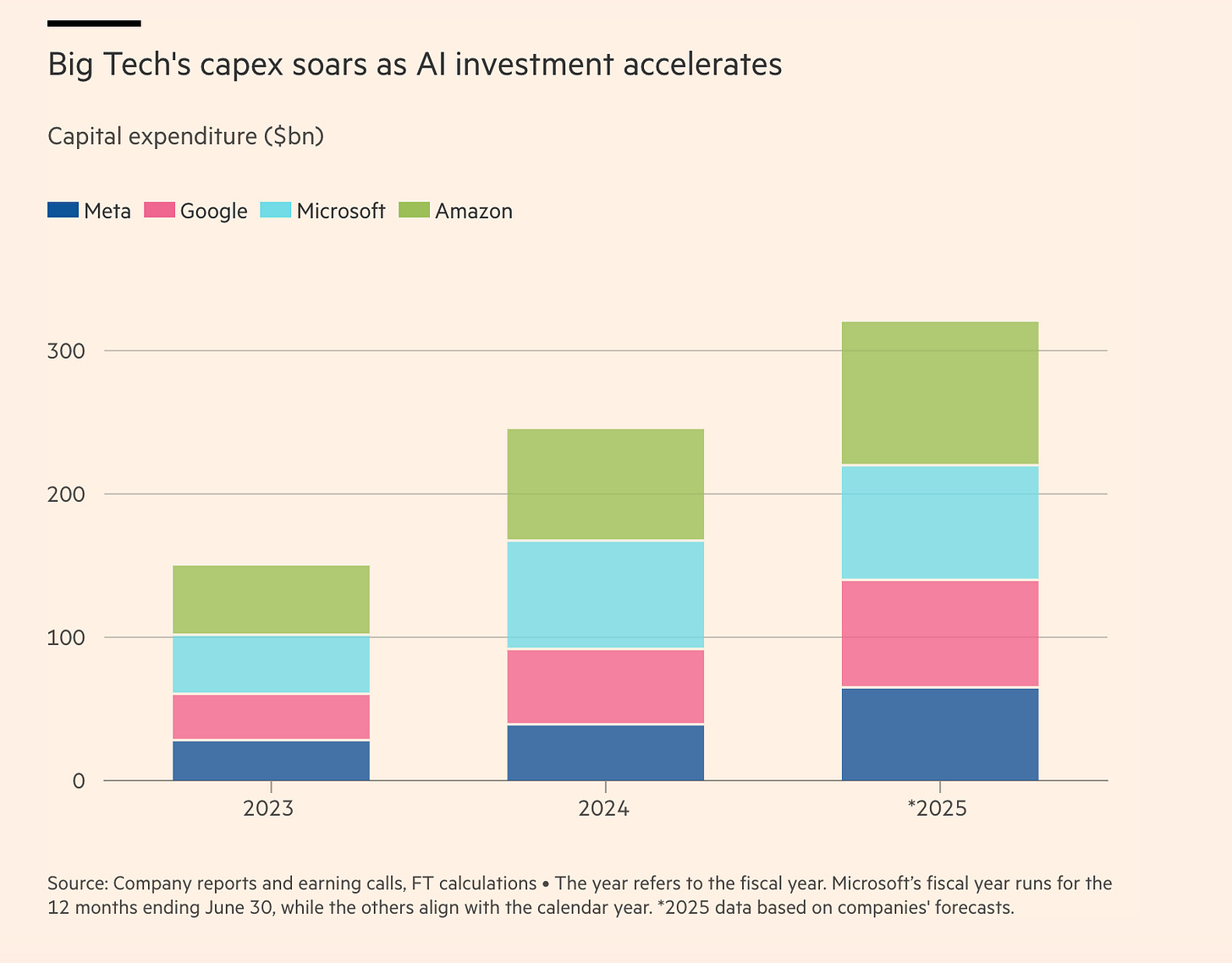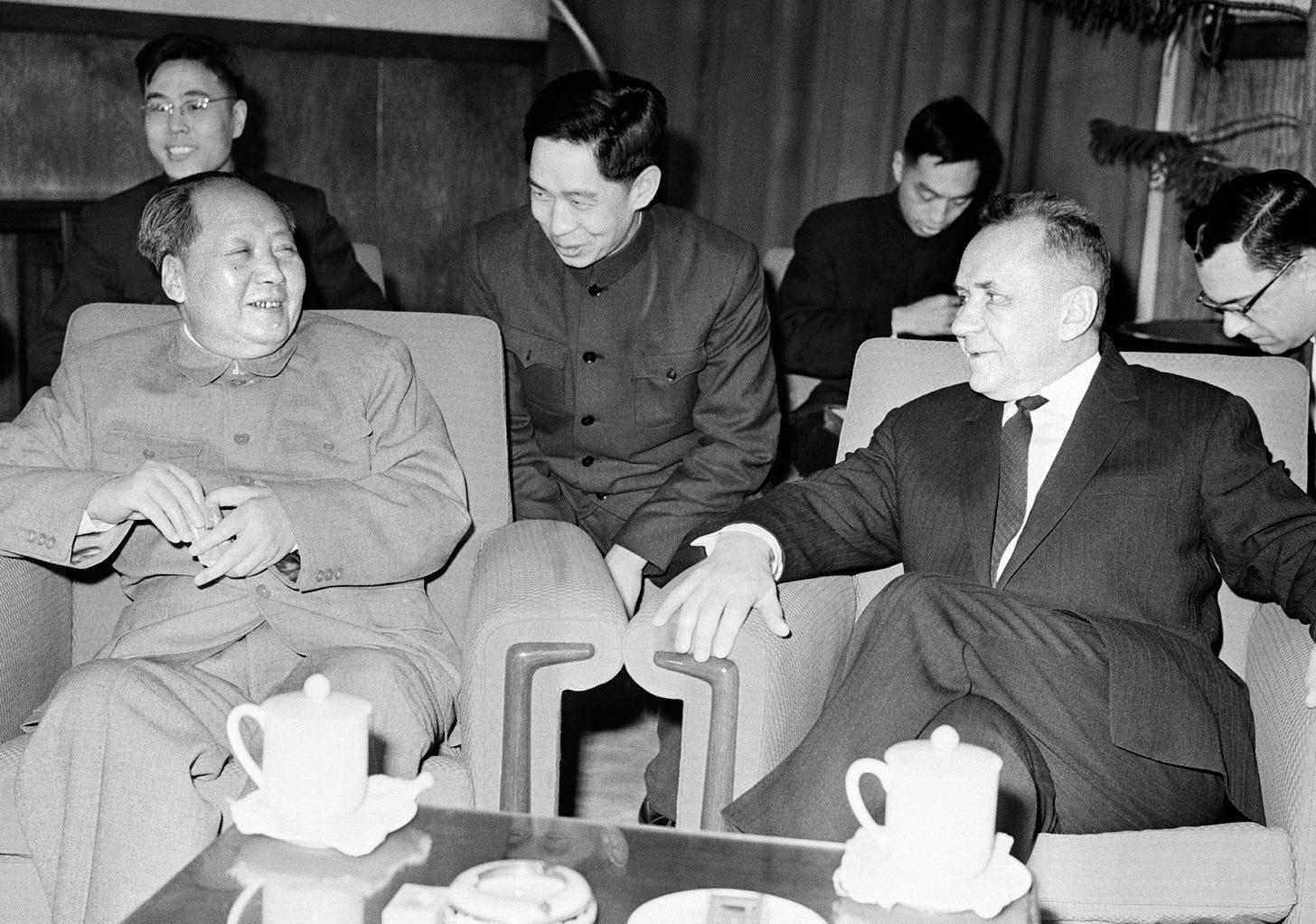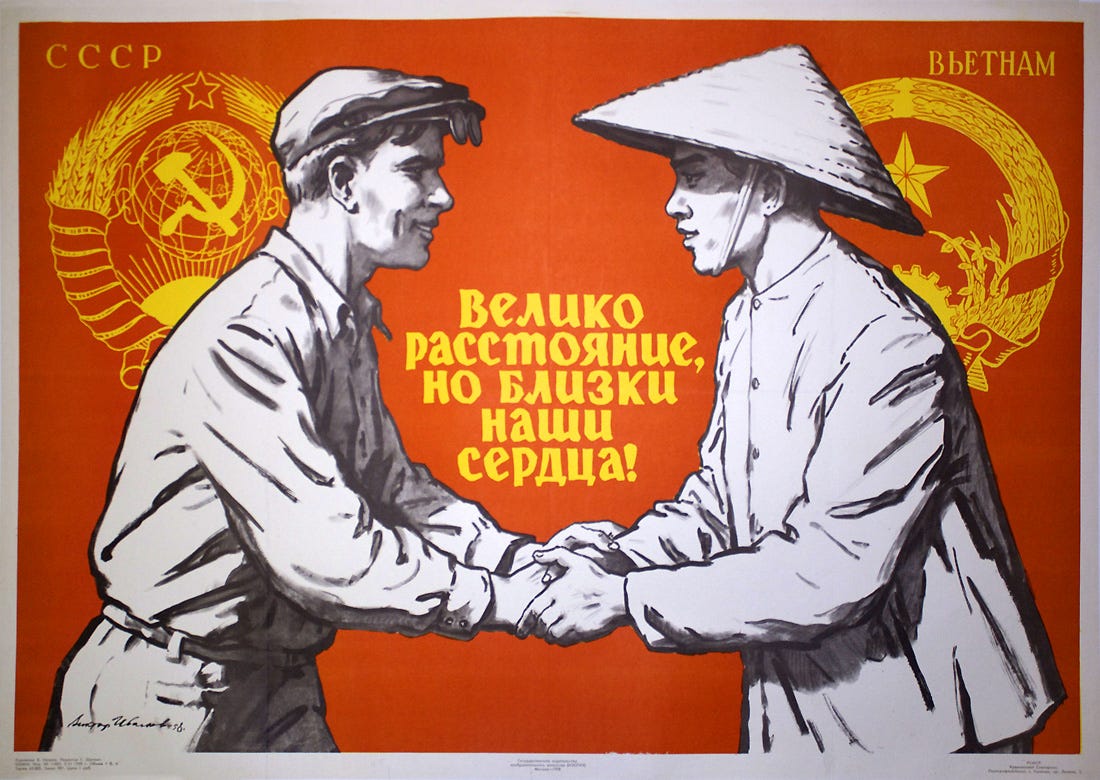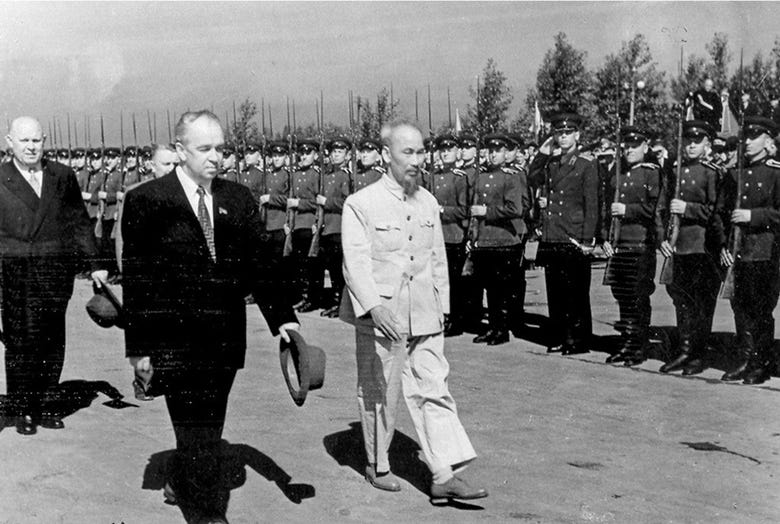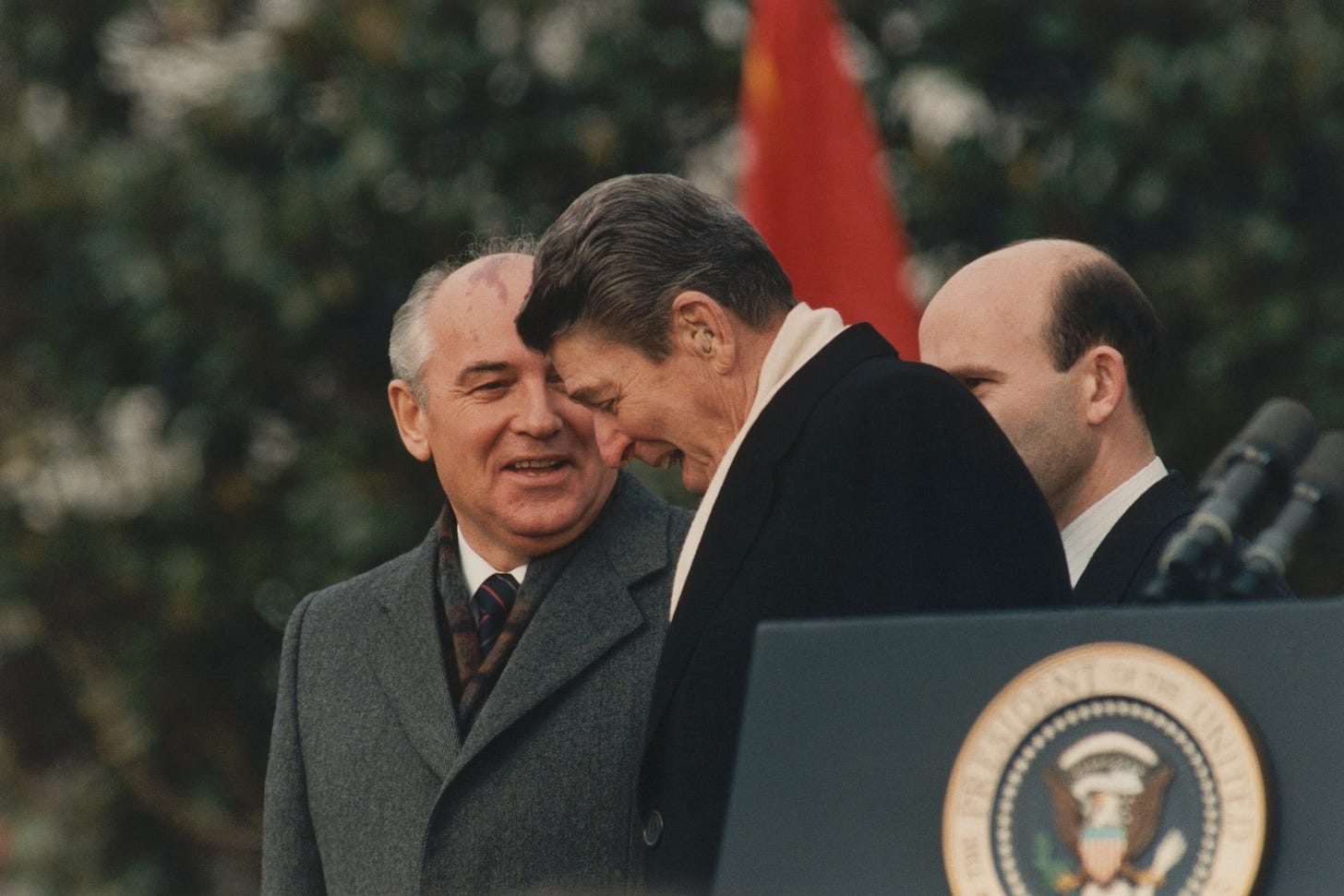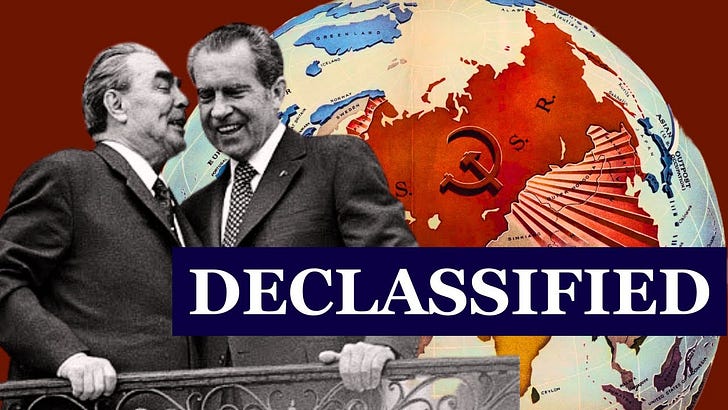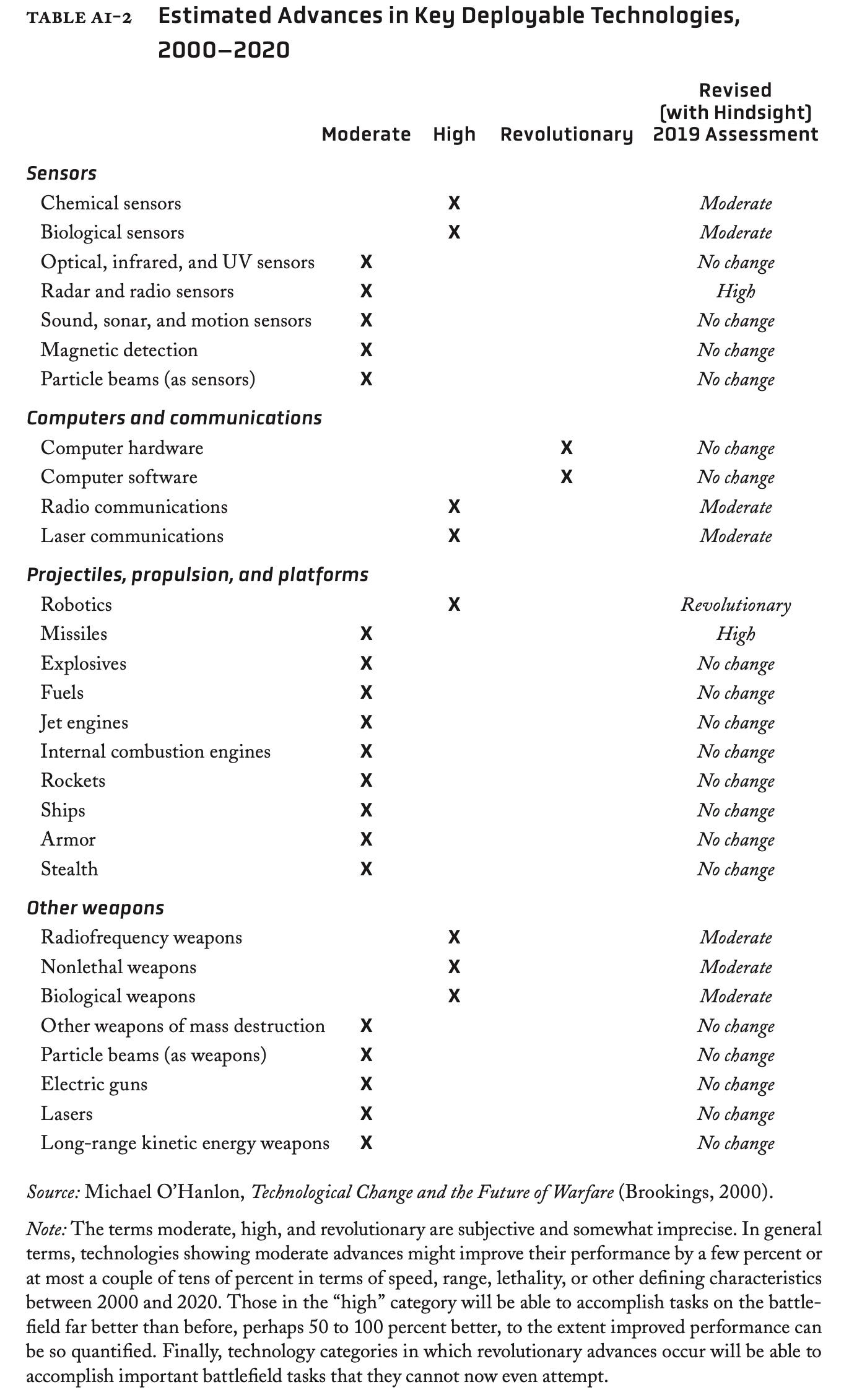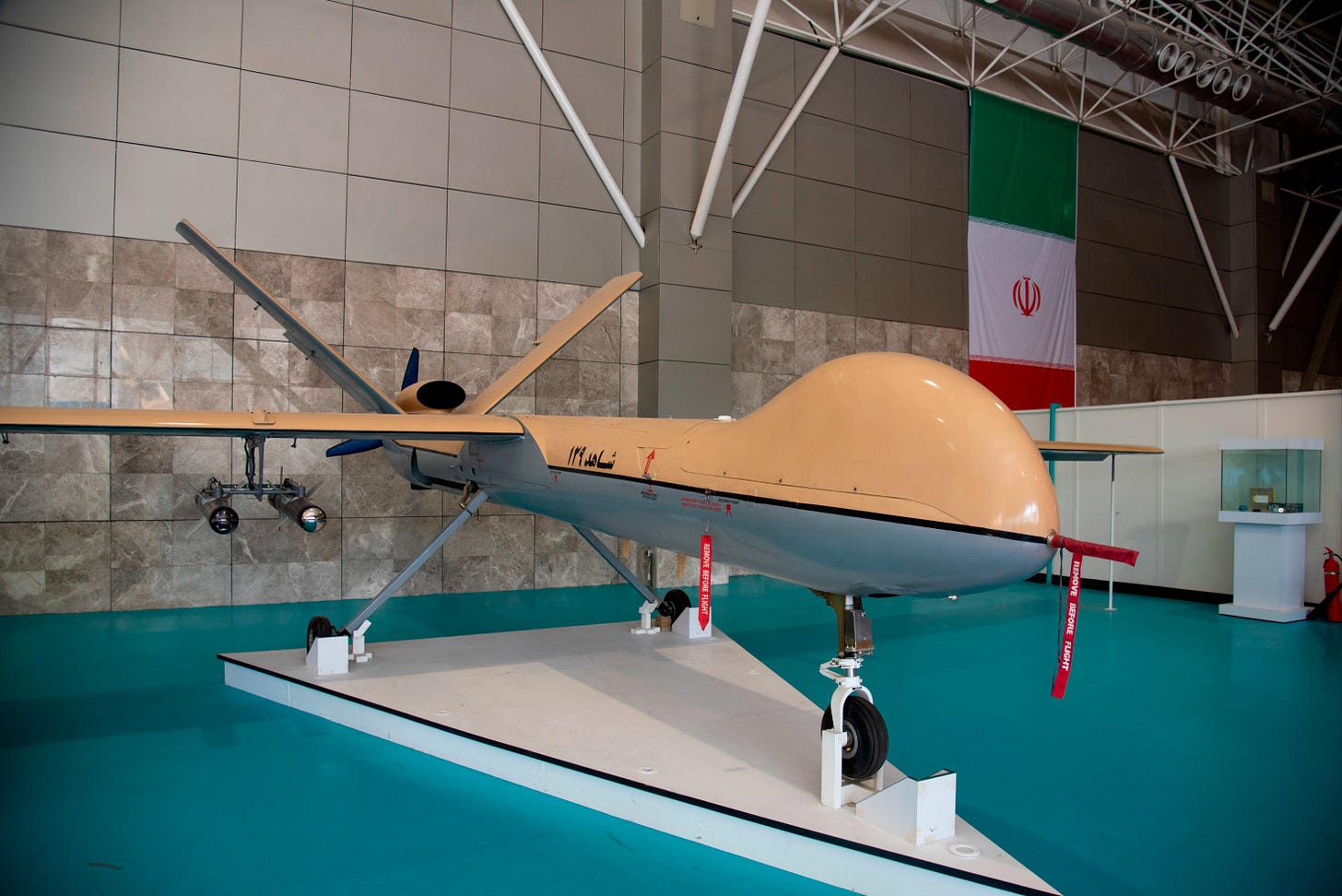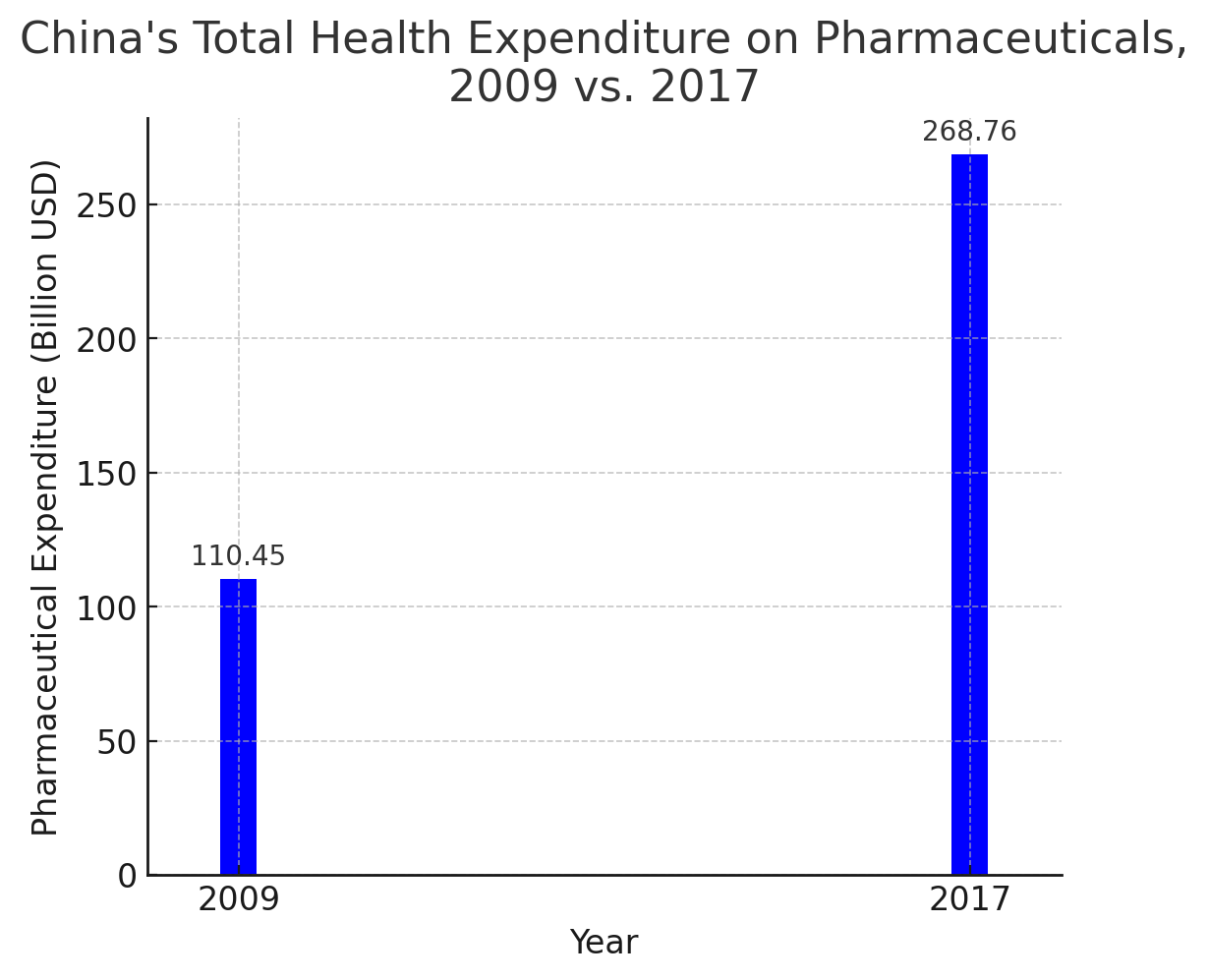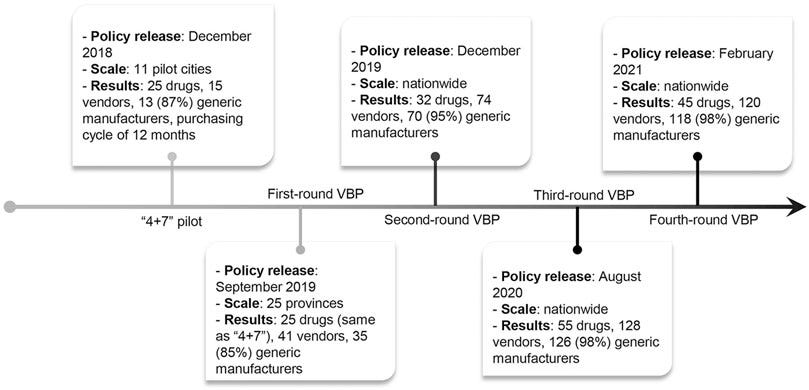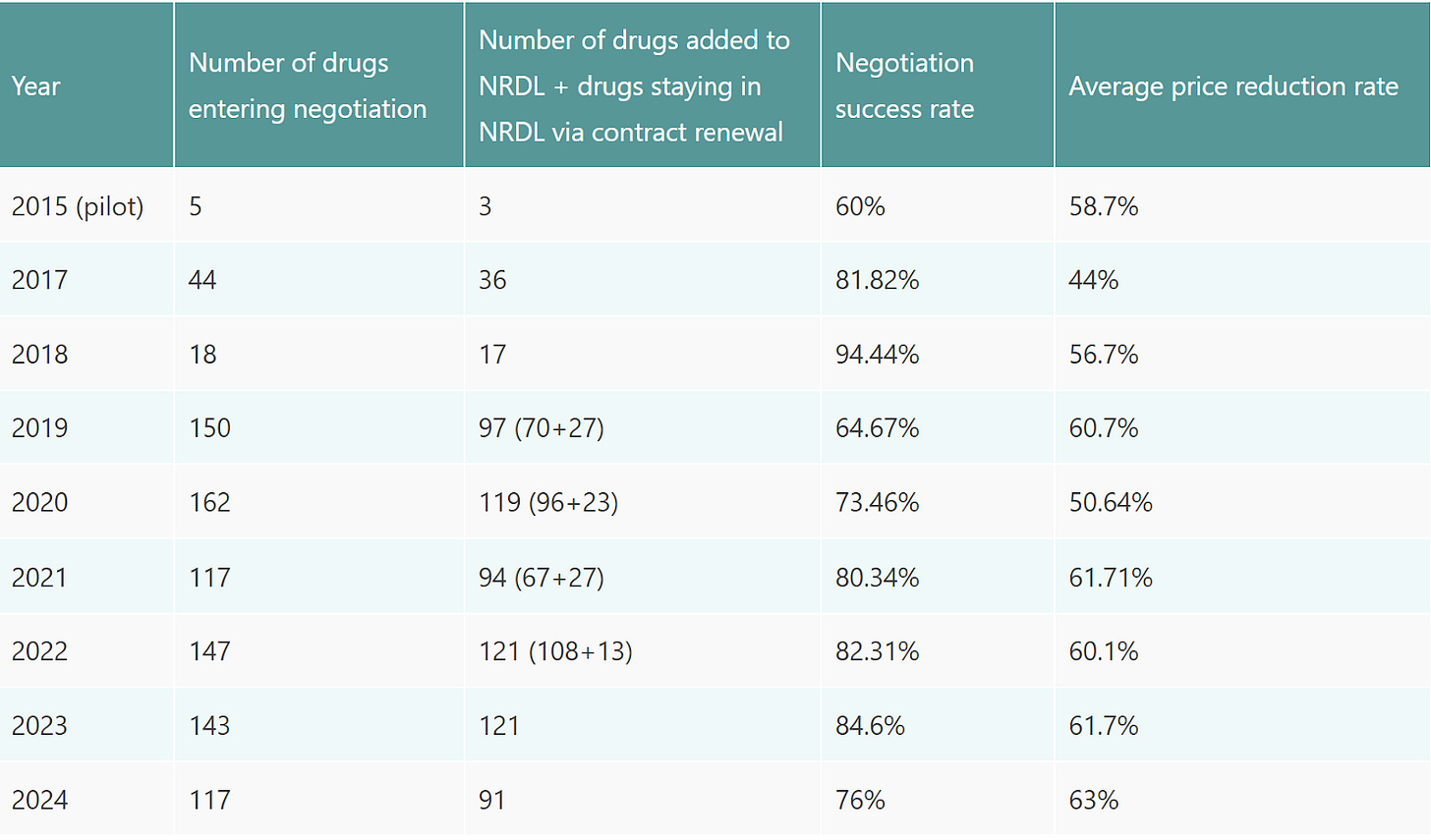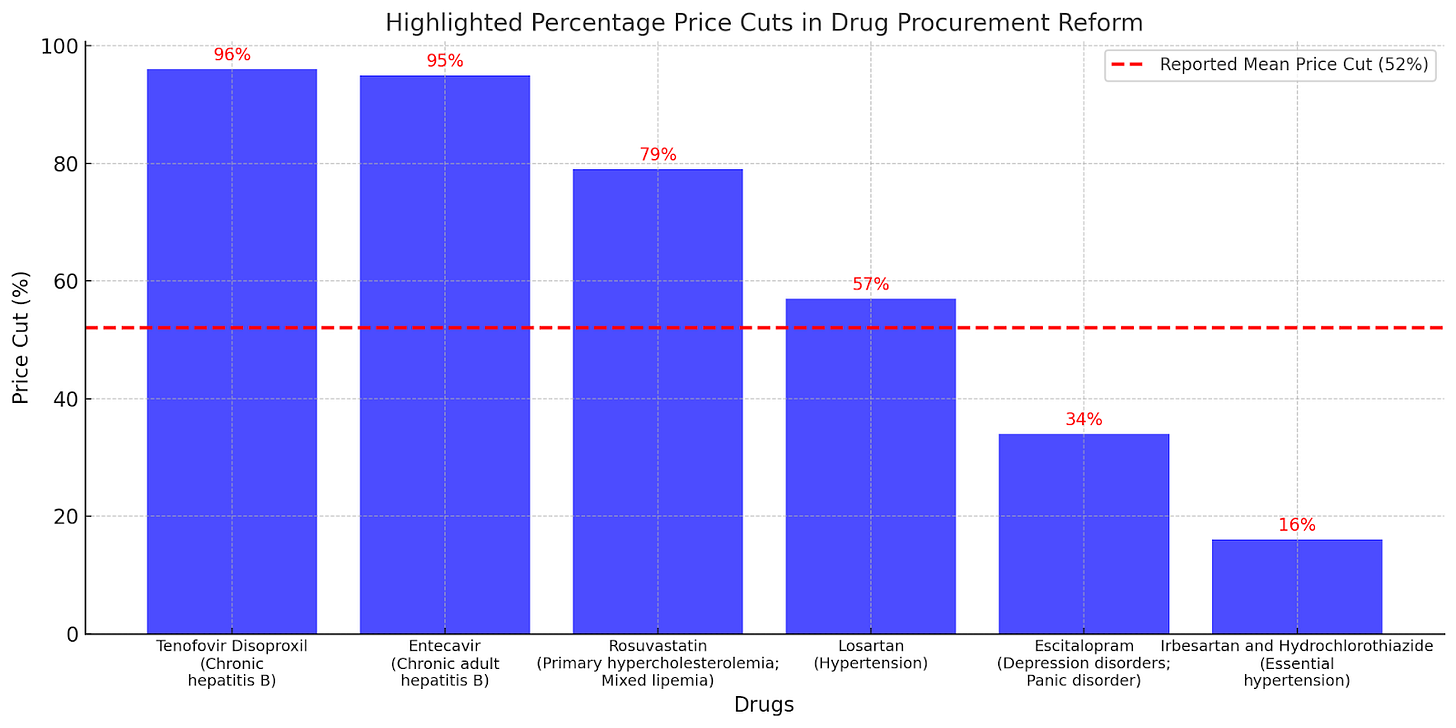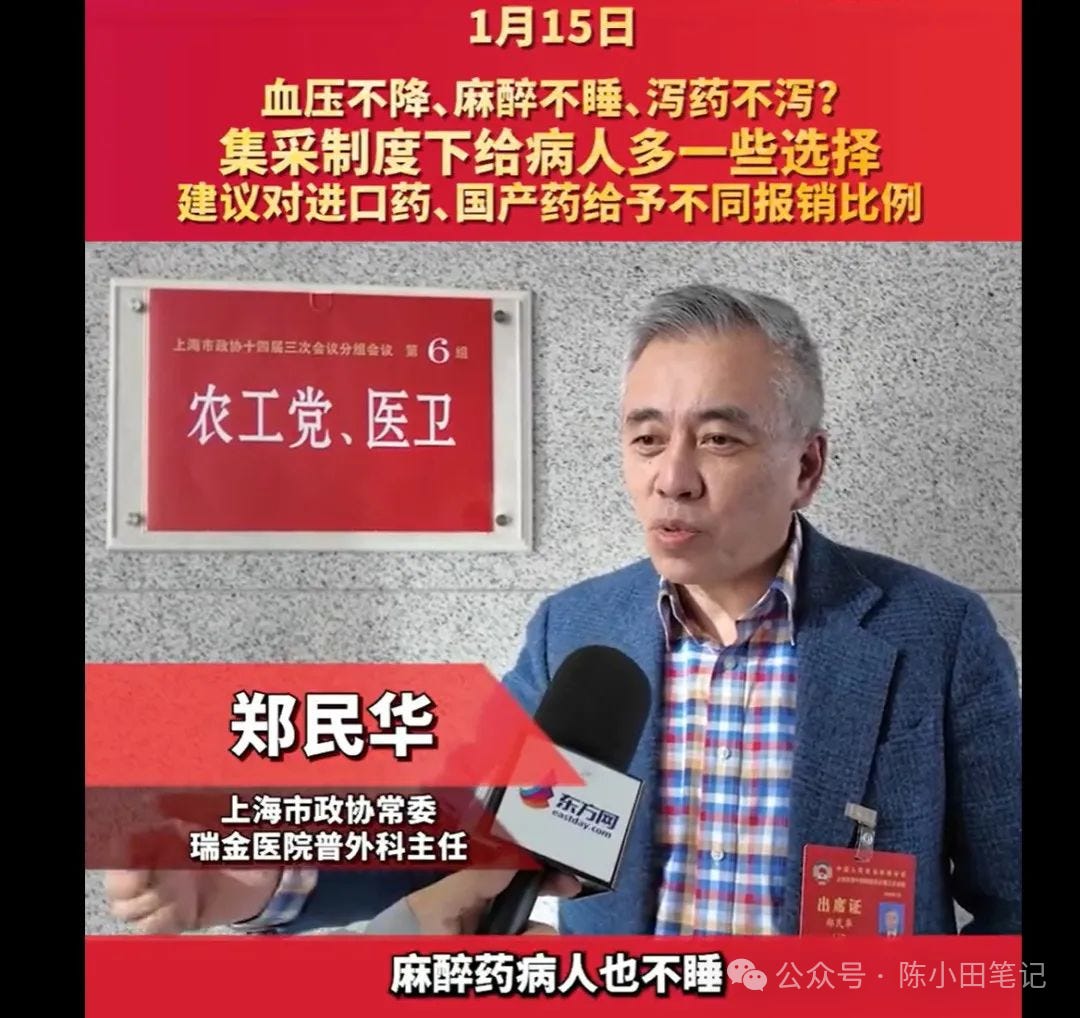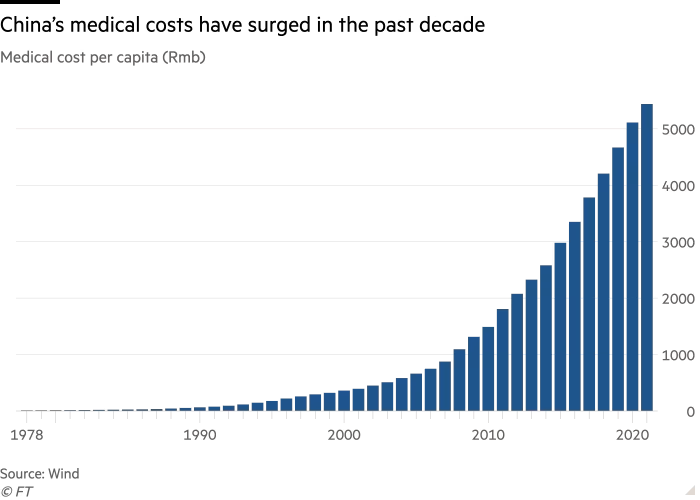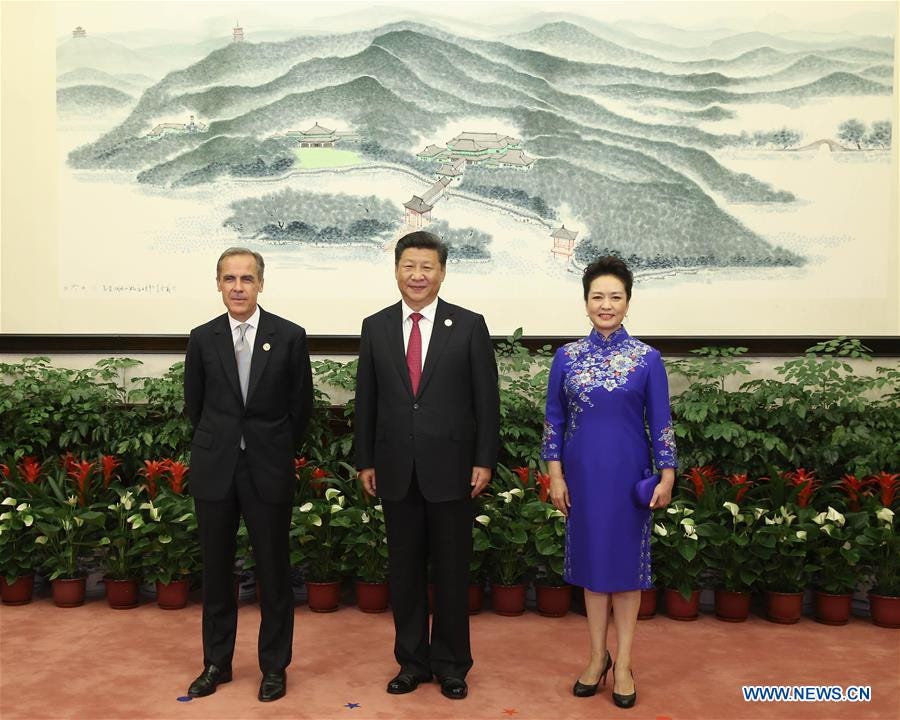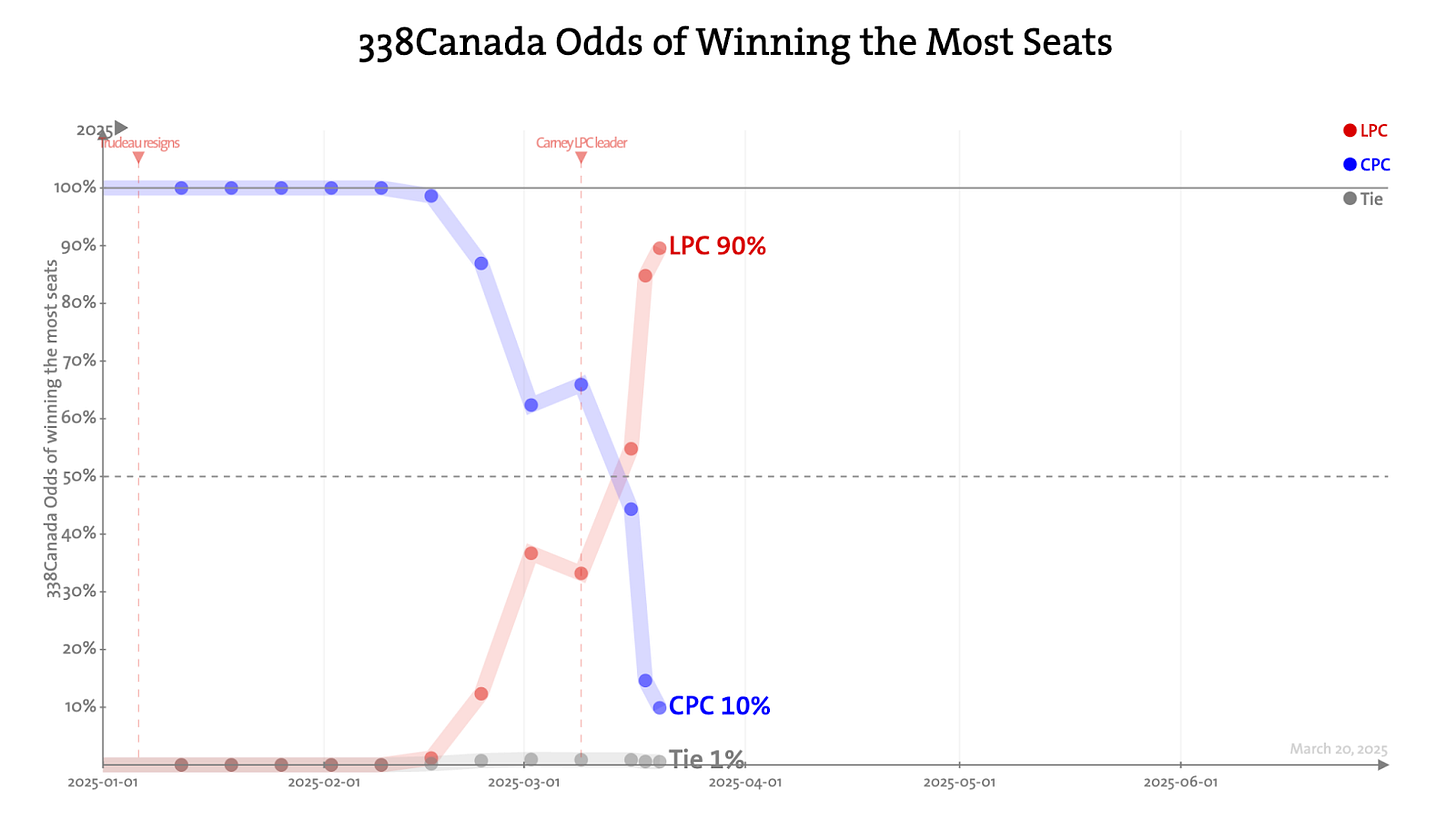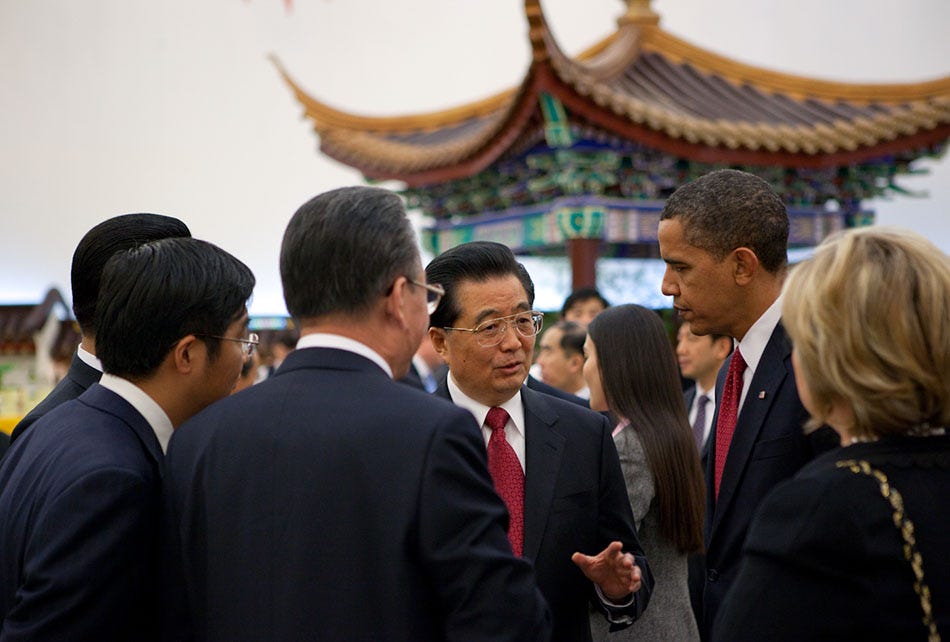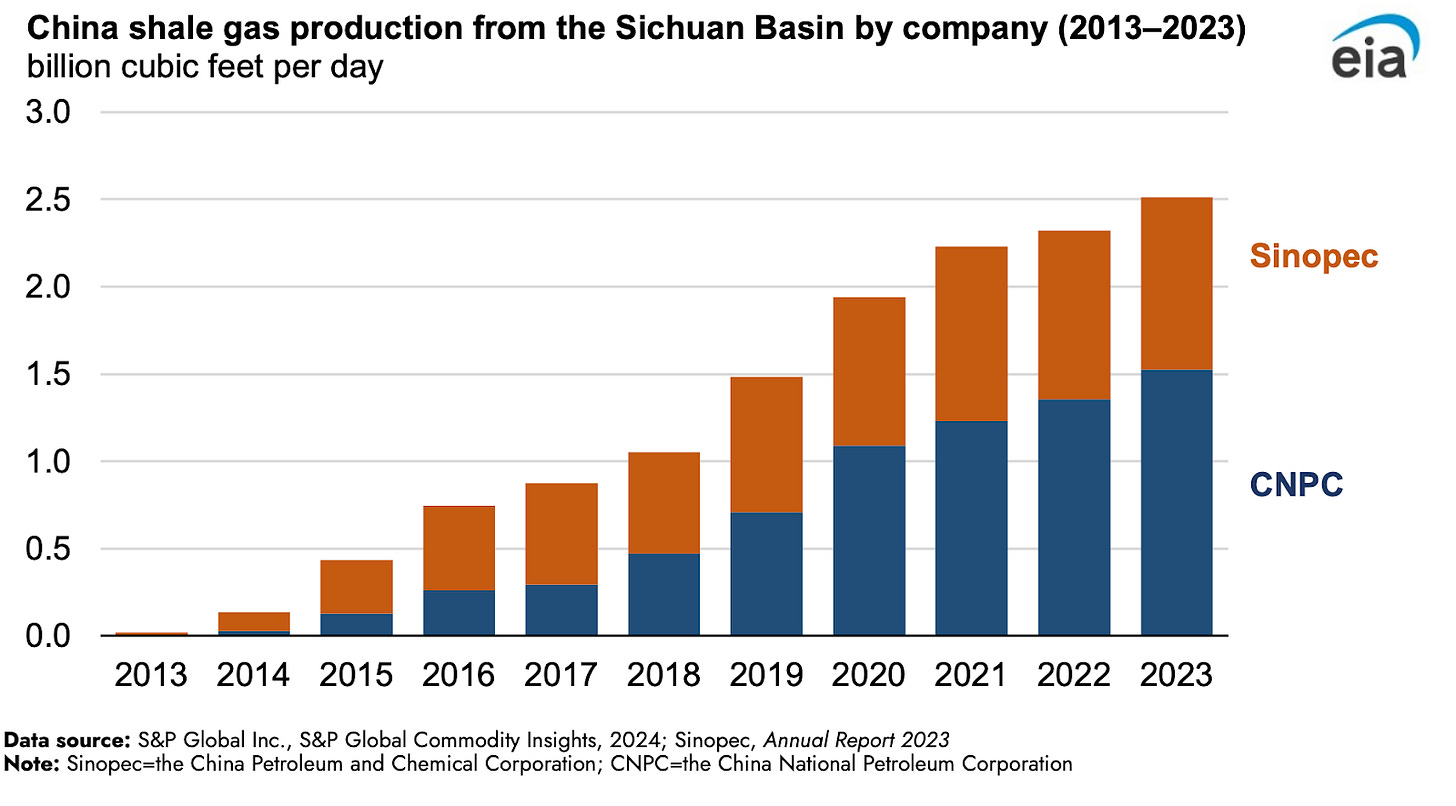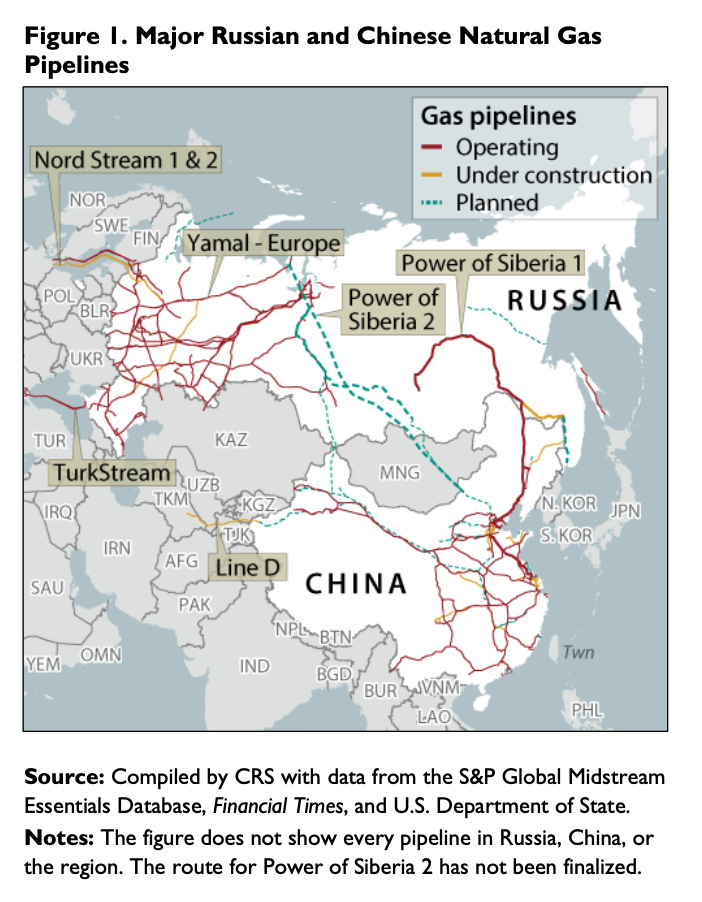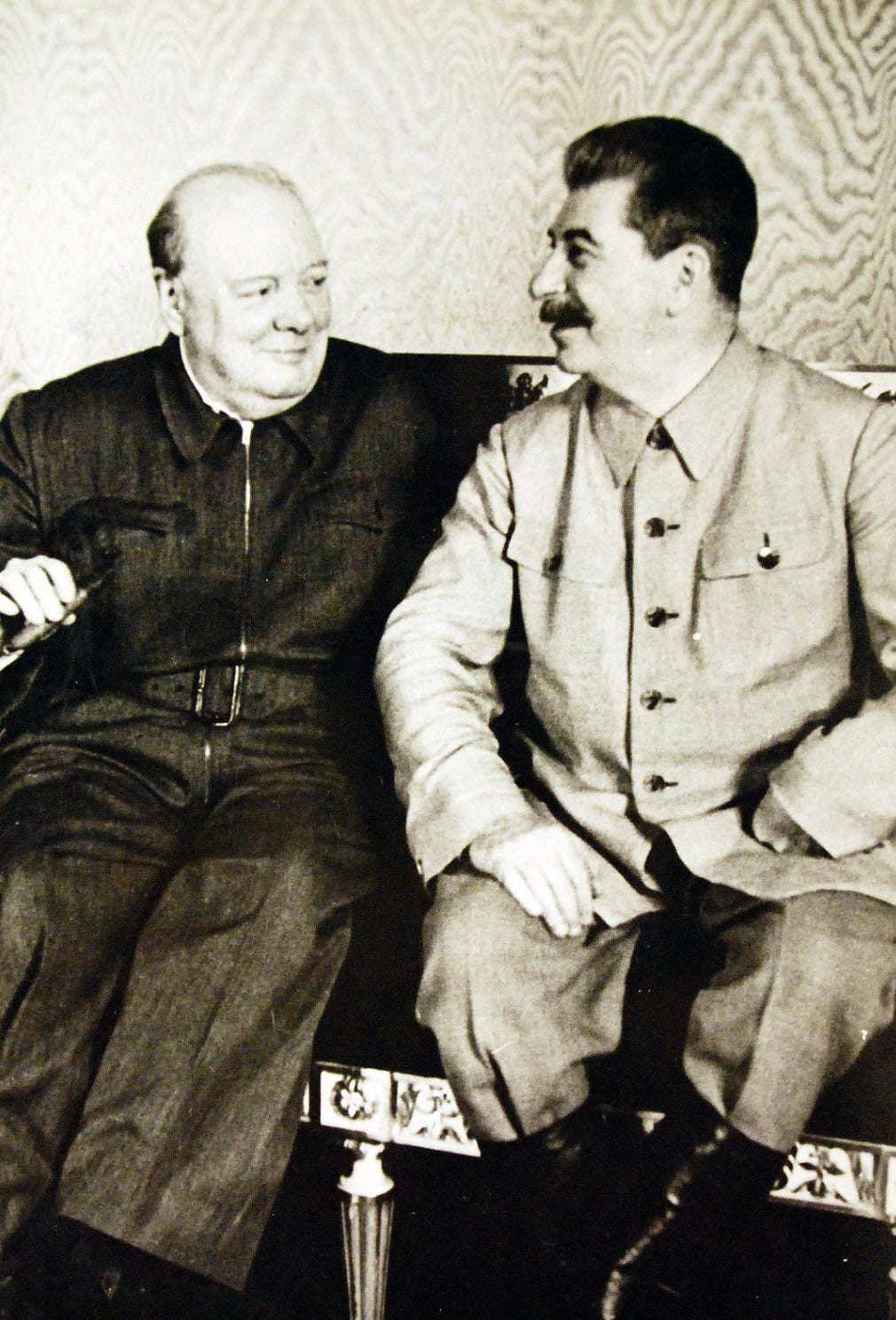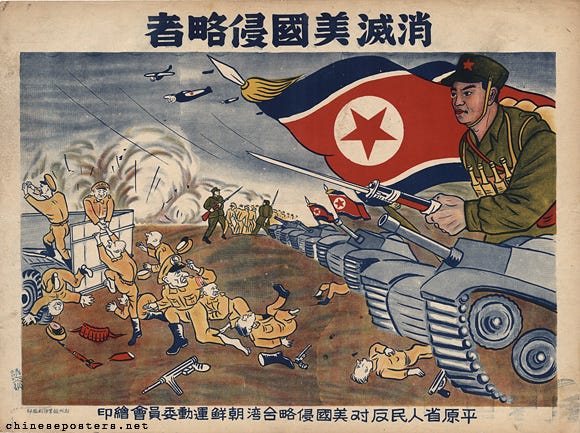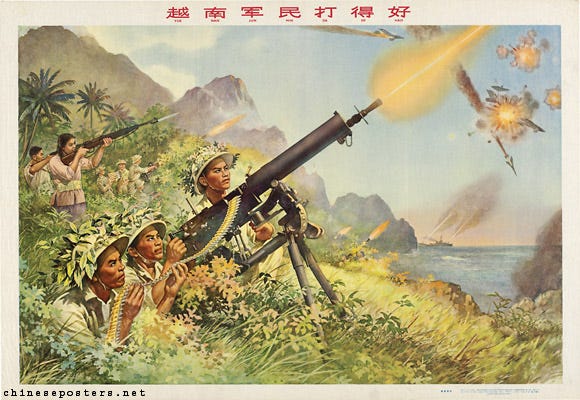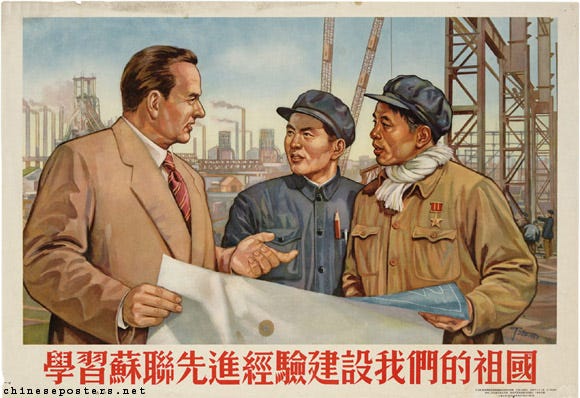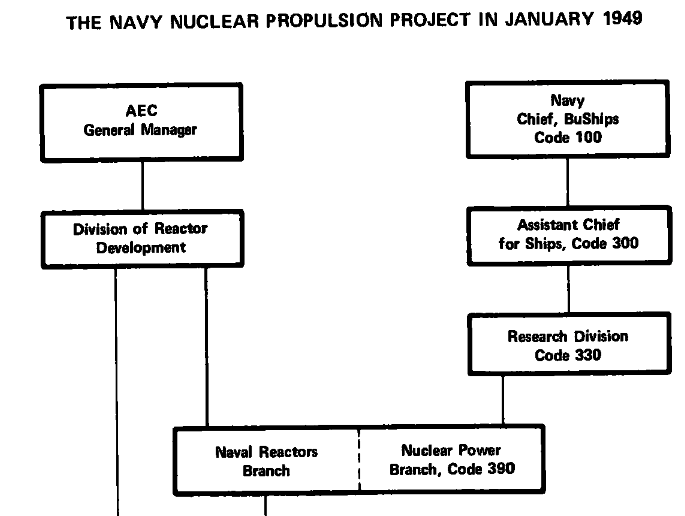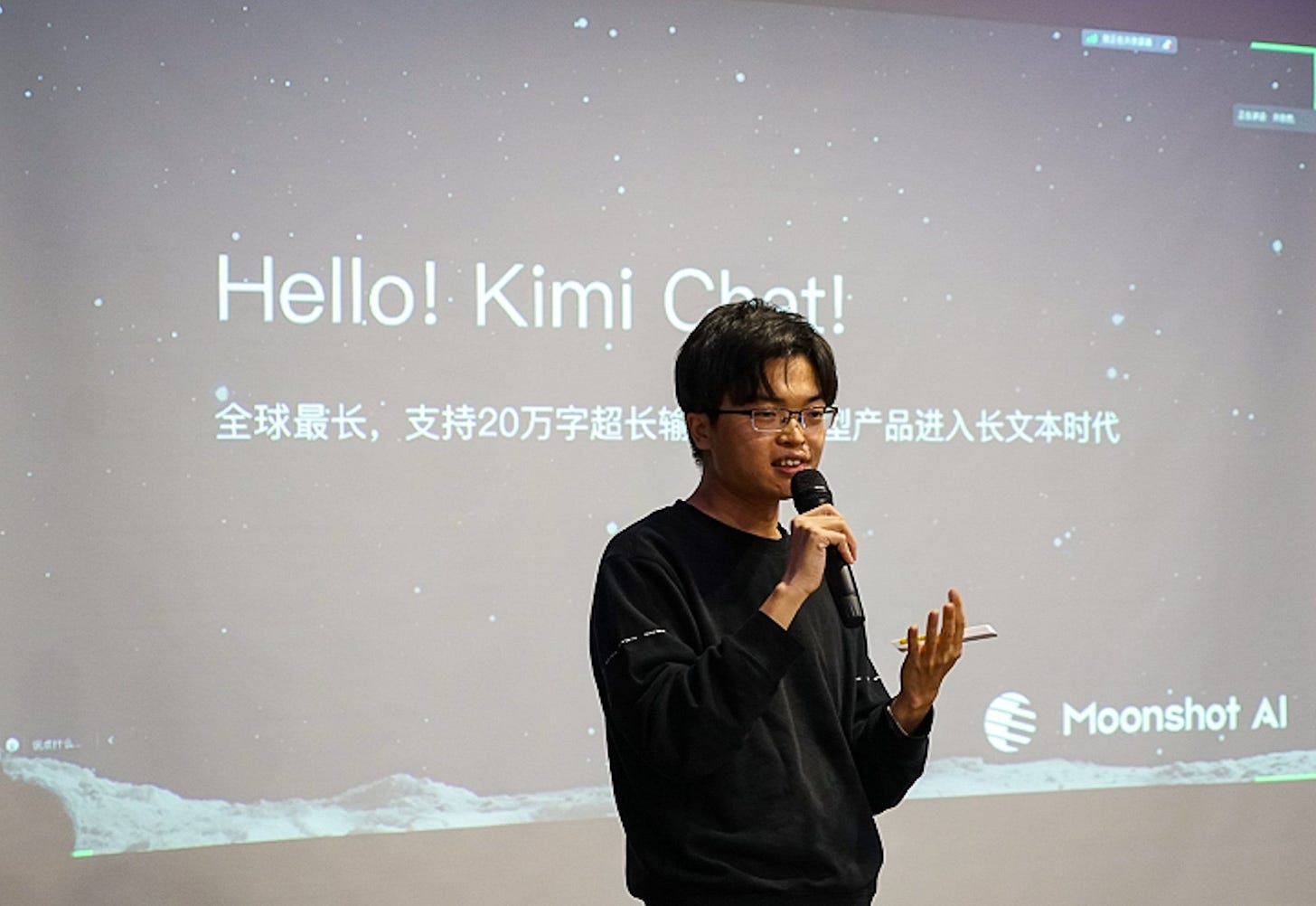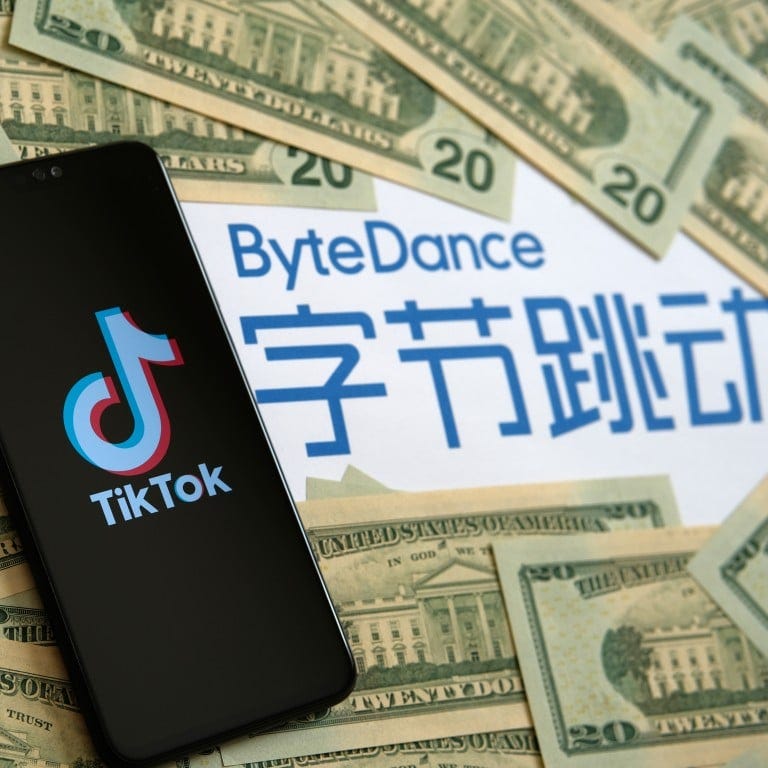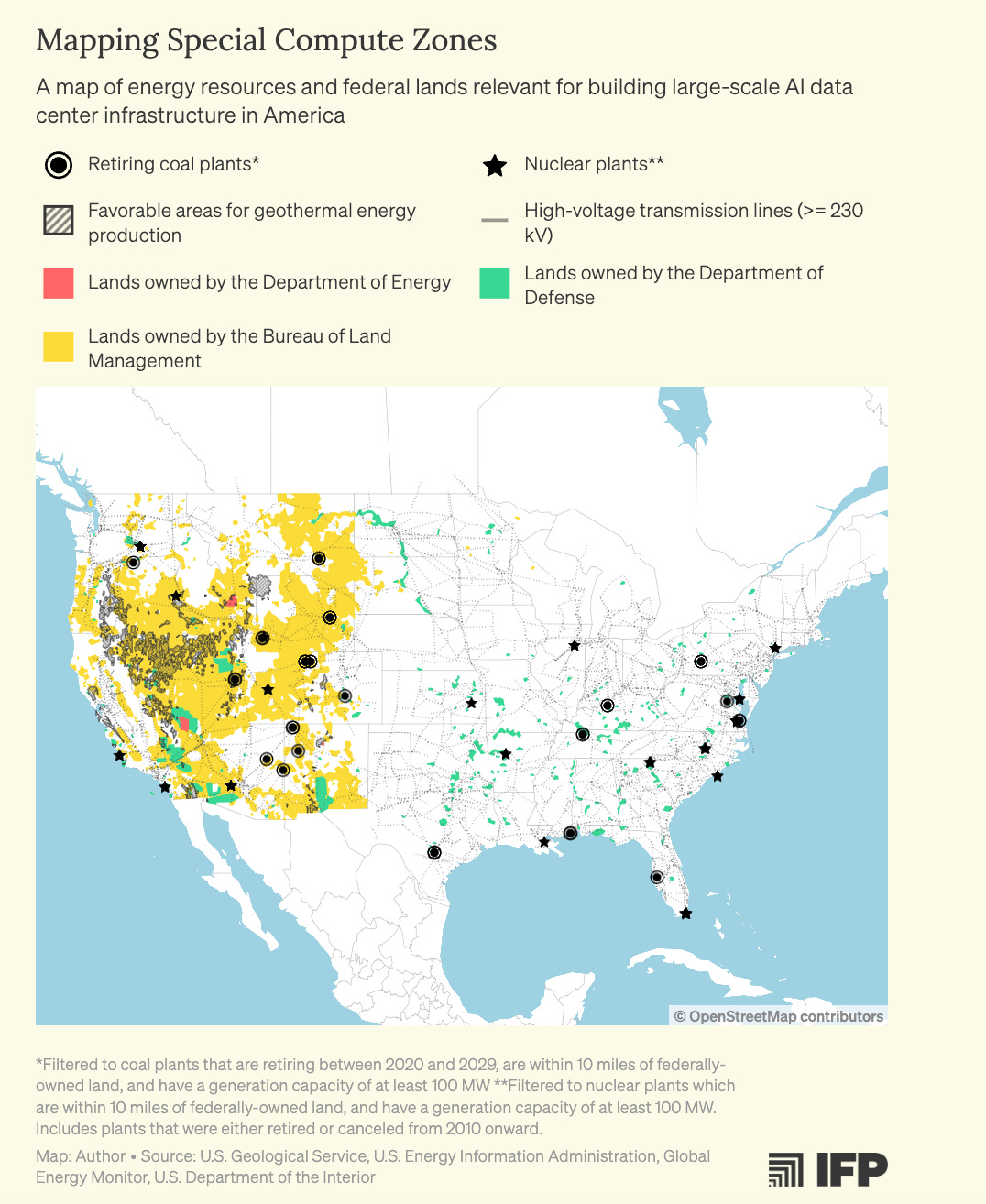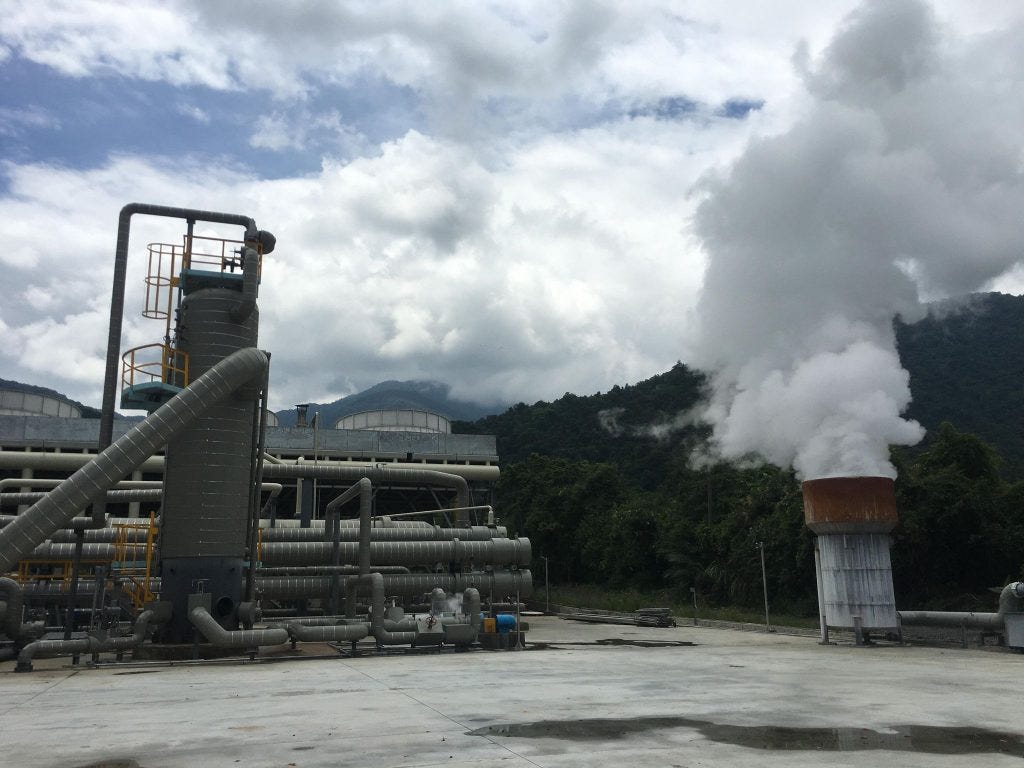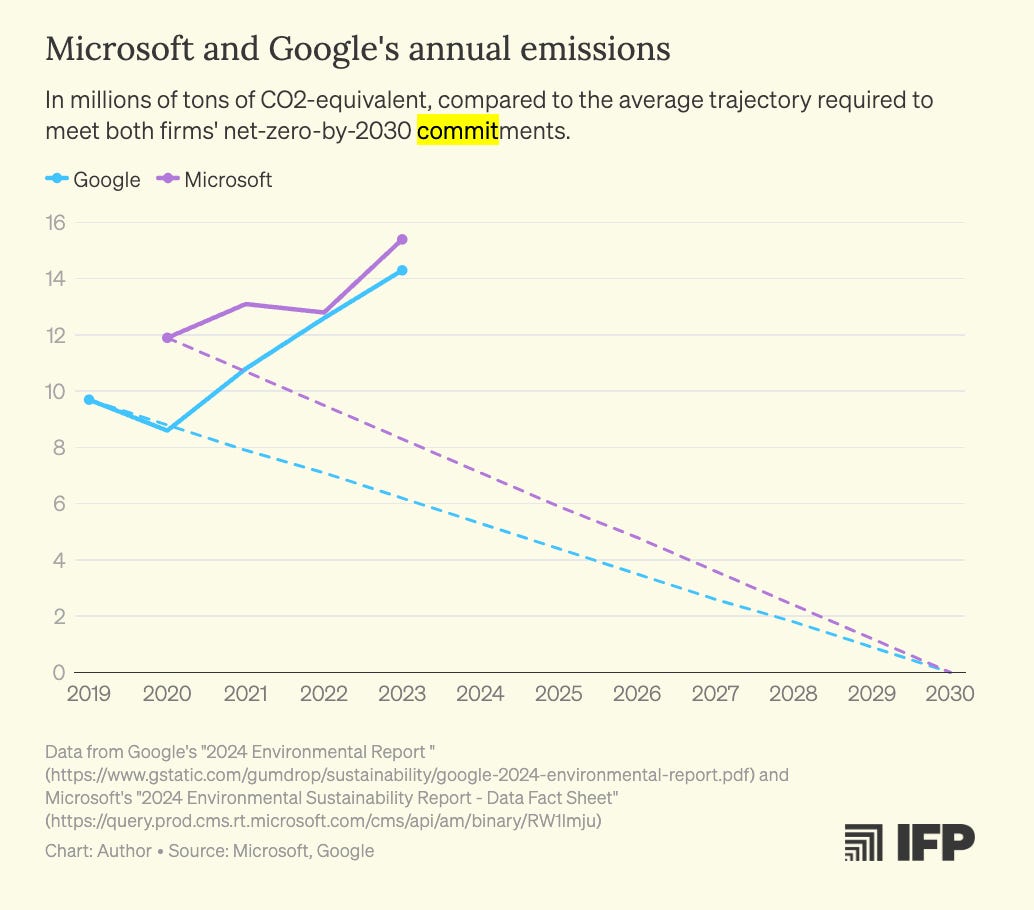Ezra, Derek, and Dan Wang
Could America pursue an abundance agenda without the threat of the PRC? And can podcasters change the world?
To discuss, ChinaTalk interviewed Ezra Klein and Derek Thompson, who need no introduction, as well as Dan Wang, who has written all those beautiful annual letters and is back in the US as a research fellow at Kotkin’s Hoover History Lab. He has an excellent book called Breakneck coming out this August, but we’re saving that show for a little later this year.
Today, our conversation covers…
The use of China as a rhetorical device in US domestic discourse,
Oversimplified aspects of Chinese development, and why the bipartisan consensus surrounding Beijing might fail to produce a coherent strategy,
The abundance agenda and technocratic vs prophetic strategies for policy change,
How to conceptualize political actors complexly, including unions, corporations, and environmental groups,
The value of podcasting and strategies for positively impacting the modern media environment.
Listen now on iTunes, Spotify, or your favorite podcast app.
So last week we published our 400th episode! I’ll be doing a Q&A show in the next few weeks. Leave your questions in the comments.
The Thucydides Stimulus
Jordan Schneider: Let me start with a line from Ezra’s show with Tom Friedman. Friedman said, “Whether I’m writing about China from Washington, or whether I’m writing about China from China, I’m always just writing about America. My goal is to use China as my permanent Sputnik.”
Ezra, you mentioned over email that initially there was more China in “Abundance,” but in the final text, I think it primarily just plays that Sputnik role too. What do we lose when policymakers and policy advocates treat China primarily as a rhetorical device rather than a complex object of study?
Ezra Klein: Those feel like two separate questions. One reason “Abundance” is not heavily about China is that I’m perfectly aware I don’t understand China. What I do understand is the gravity that China exerts on American politics.
We have a very complex relationship of antagonism, competitiveness, and envy with China.
Going back to at least the 2010s, probably before, I’ve begun to really notice this feeling in American politics that they can build and we can’t. This became a pathway through which different kinds of bipartisan legislation that would not otherwise have been bipartisan began to emerge.
The re-emergence of industrial policy in America is 100% about China. Take China out of the equation, and there is no re-emergence of American industrial policy. It’s reasonable from the American perspective, when you’re trying to understand American politics, to understand China as an American political object, because that’s what it actually is in our discourse.
American policymakers don’t understand China at all. Most of what they think about it has a high chance of proving to be dangerously misguided. Dan will be much more expert here than I will, but I’m very skeptical of the bipartisan consensus that has emerged. Nevertheless, it’s completely trackable that China exerts a force on American politics. It has reshaped the American political consensus, often in ways that operate in the shadows because they don’t become part of the major partisan fights of modern American politics.
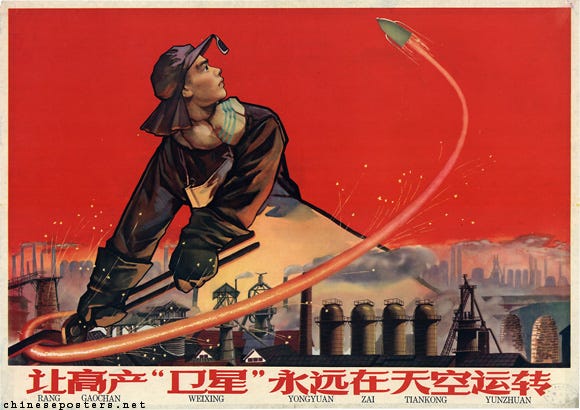
Derek Thompson: The only thing I would add, because I also don’t think I understand China, is that this was primarily a book about trying to deeply understand not all of America, but some very specific questions — Why can’t America build houses? Why can’t America build clean energy? What’s wrong with America’s invention agenda? These are very narrow questions about this country. The book’s scope did not include a deep dive into Chinese industrial policy or the nature of Chinese politics.
My interest in China is one of relatively blue-sky curiosity. We have this term “the Thucydides trap,” which explains how throughout history, when you have a dominant geopolitical power and a new rival emerges, that new rival discombobulates the status quo power. Modern American history has demonstrated something more like not necessarily the Thucydides trap, but the “Thucydides stimulus" — the idea that when a new rival emerges, it can inspire the existing superpower to think differently.
Sometimes that Thucydides stimulus comes through a sense of geopolitical threat. I’m very interested in the history of Sputnik and how the Sputnik moment inspired all sorts of changes in American policy in the 1950s and 1960s. But there’s also an approach that isn’t based on fear of geopolitical threat, but rather on open curiosity. How does China build its trains so quickly? How does China build so many bike paths that are beautifully integrated into the environment? What are the different ways in which Chinese versus American politicians think about designing their society such that each could learn from the other?
Without venturing too far into territory we’re saving for Dan’s wonderful book, there’s a way to engage with this idea of the Thucydides stimulus that isn’t exclusively motivated by fear, but rather by open curiosity.
Jordan Schneider: I’m going to throw it to Dan, but I love how your response to my first question shows that you guys are the masters and I’m still the student. I was debating for a whole week what my first question should be, and then I just gave it to OpenAI and asked them to squish these two ideas together. Your seeing through that is very impressive. Dan?
Dan Wang: I would always be the first person to put my hand up to say I know nothing about what’s going on in China. That is always true.
Ezra Klein: Welcome to ChinaTalk, where nobody knows anything about China.
Dan Wang: Well, Jordan knows something about China.
Jordan Schneider: Less than Dan.
Dan Wang: China is very messy. That is always my first proposition about China — it is very big, and many things are true about China all at the same time. They are a country that claims to be pursuing “socialism with Chinese characteristics,” which is still one of the most wonderful political science terms ever.
What sort of socialism is this? In my view, this is one of the most right-wing regimes in the world. A country that would make any American conservative salivate in terms of its immigration restrictions, its incredible amount of manufacturing prowess, and its enforcement of very traditional gender roles in which men have to be very macho and women have to bear children.
China is all of these things. It is also a place where there are really wonderful bike paths, specifically in Shanghai. This year, Shanghai has completed around 500 parks. By 2030, they want to create 500 more parks. It is a country that is getting better and getting worse all at the same time.

Ezra Klein: This goes back to this idea of envy — the degree to which the right envies China is fascinating. It doesn’t just want to compete with it or beat it. It’s not just afraid of it. What it wants is to be more like it.
In wanting to be more like China, the right is now overlooking virtually every advantage and competitive strength America itself has.
America’s politicians are so obsessed with trying to take manufacturing back from China, which I don’t think they have a well-thought-through approach to doing, that they look quite ready to give up America’s financial power. They seem to have reconceived of dollar dominance, which used to be called the “exorbitant privilege” because we got so many advantages from it, as some sort of terrible weakness that has hollowed out our industrial base and that we need to shatter.
Throughout history, being the power that controls the money flows has proven to be an extraordinary lever of control. But it has been recast in current New Right thinking as a sort of feminized decadence — something that “not real” countries and “not real” powers do, a distraction from the “real economy” and the “real work” of making things.
I’m not against bringing back manufacturing. I support the CHIPS Act. There are many aspects of manufacturing that I would like to bring back. But we can become so envious that it becomes hard to see our own advantages and strengths, and then make serious policy built on what we are doing well. That strikes me as one of the profound weaknesses of Washington’s approach to policymaking. It is so obsessed with what we are not doing well that it seems ready to set fire to what we are doing well.
Dan Wang: Edward Luttwak has this term “great state autism,” which he created regarding the US thinking about the Soviet Union. There is certainly an aspect, once you are a “superpower,” of becoming obsessed with the other party. You have to choose your enemies very carefully because you will end up looking quite a lot like them.
I wonder in which way the US is actually quite mimetic in thinking about how to be like the other superpower. In my sense, China — after the 2008 financial crisis, or perhaps after 2012 when Xi came into power — Beijing decided it does not really want to look too much like the US, which has been driven by Wall Street on one coast and Silicon Valley on the other in terms of economic growth.
Rather, Beijing has this purely mercantilist view, which would be recognizable to anyone in the 18th century, which is, “Let’s just make a ton of products. That is our source of power, that is our source of advantage.”
Jordan Schneider: Maybe now’s the time to bring up Gerstle and his book, which Ezra has been referencing frequently lately. His argument is that the Soviet Union as a memetic object facilitated a long 20th century of liberal governance. People don’t date it to the 1940s but to 1917 with Lenin and all the progressivism that unlocked. We saw Eisenhower buying into Social Security and domestic politics, plus the role of the USSR in the US Civil Rights movement. It’s interesting because there’s a bit of that with Todd Young and Mike Gallagher trying to implement a different version of self-strengthening than the one dominant in the White House today. I’m curious about lessons from how the Soviet Union shaped American politics. What different futures could that suggest for the US over the next few decades?
Derek Thompson: Gary Gerstle, the Cambridge historian, has this beautiful theory of political orders, which says American political eras are essentially defined by both an internal conflict and an external threat. Together, these create a consensus between parties that lasts for decades, even as headline disputes make it seem like parties are at each other’s throats.
The two big political orders are the New Deal order from the 1930s through the 1960s-70s. The initial internal crisis was the Great Depression, while the external threat was the rise of communism and socialism around the world, particularly in Europe. The New Deal order essentially synthesized these ideas by responding to the Great Depression and softening the introduction of socialism to American politics. It created a political order that was much more expansive with aggressive and muscular domestic policy, spending to reduce unemployment and poverty through the Social Security Act, employing millions of people.
As you mentioned, Dwight Eisenhower in many ways acquiesced to that political order in the 1950s. He was a strong advocate of social welfare policies and a proponent of continuing to build in America. He built the highway system.
In the 1970s and 1980s, that order broke down. Instead of the Great Depression, you had economic stagnation in the 1970s. Instead of the spectral threat of socialism in Europe, you had the direct threat of the Soviet Union and its capacities. A new political order emerged, defined by individualism rather than the collectivism of the New Deal era. Gerstle calls this the neoliberal order, which reigned over American politics from the 1980s to roughly the 2010s.
Gerstle’s theory, which I think Ezra and I subscribe to, is that we’ve seen a decline in that neoliberal order. Today’s problems cannot just be solved by cutting taxes or embracing Reaganite conservatism. Housing scarcity, building sufficient clean energy, and building the technology we invent in the US — these aren’t problems solved merely by cutting taxes and deregulating at the national level. We need more specific solutions.
Abundance liberalism is our answer to these new problems. It tries to synthesize the best of the New Deal order and the neoliberal order. The New Deal order taught us about the power of government to intervene and see what markets themselves cannot see. The neoliberal order recognized that government bureaucracy can sometimes get in its own way. We’re trying to advance a theory of progressive governance that sees how government creates rules for itself that make it harder to achieve outcomes.
Abundance liberalism finds a way to advance a muscular theory of government that says we can build houses, clean energy, and do extraordinary things with technology. But this requires identifying how we’ve written rules that get in our own way.
Dan Wang: Derek, why fold neoliberalism into this big package? Why not just embrace the New Deal agenda in its classical flavor? When I think about the New Deal, I think about the construction of power plants, homes, and broader infrastructure. They’d pack the courts if necessary because that was part of the agenda. What are we adding with the neoliberal flavor here?
Derek Thompson: When I say we’re adding a neoliberal flavor, I mean there were insights in the 1970s and 1980s about failures of the New Deal order that were accurate diagnoses. The New Deal order built extensively, often without consideration for either the voices of the marginalized or the poor, or for the environment. As a result, one legacy of the New Deal order is that the amount of construction was partially responsible for creating a groundswell against the state and against the growth machine. This empowered the legalistic revolution of the 1960s and 1970s that we now see across the country — in NEPA, in CEQA, in the proceduralism fetish, in adversarial legalism at many different levels of government. We are, in many ways, a society defined by a very activist lawyer class.
It’s important to recognize that there were legitimate legal responses to the growth machine that emerged in the 1960s and 1970s. Another part is environmentalism. The world of the 1940s and 1950s bequeathed to us by the New Deal age was truly disgusting — the rivers and air were disgusting, and tailpipe emissions from our cars were choking the planet. It was important to pass environmental rules to allow cleaner growth. We succeeded in many ways — the air is cleaner, the water is cleaner, and tailpipe emissions are a lot lower.
Now we need a new synthesis because climate change presents different environmental problems than those of the 1940s and 1950s. We need ways to build clean energy that allow people to live modern lives without choking the biosphere. That’s why we need a new synthesis rather than returning to the 1930s.
The last point: when people ask why we can’t just roll back the clock to 1932, remember that the government then, responding to the Great Depression, hired millions of people through the Works Progress Administration. Today’s US government, with its deficit and current interest rates, not to mention the political climate, simply doesn’t have the ability to hire 5 million people to build something like the Tennessee Valley Authority. It’s not going to happen.
To build houses, energy infrastructure, or transit today, we need the private sector to do much of that building. This means we need to build a legal architecture that allows the private sector to build without despoiling the planet or running roughshod over consumer or environmental interests.
Jordan Schneider: I understand your Iraq War hangover perspective — if there’s this much consensus, maybe something is fishy. But I’m frustrated, and perhaps this shows a broader frustration with how the show has evolved into “Jordan, Media Critic.” It seems to be less about learning about a field and more about booking someone to let Ezra make a point. Over the past five years, you’ve had Tom Friedman, Jessica Chenweis, and Dan, but the show with Dan wasn’t really about Chinese foreign policy. You’re leaning heavily on one side of the professional community when it’s now split roughly 90-10 in the other direction. You have a big platform, Ezra, and I’m curious how you feel about weighing in versus interrogating policy questions that aren’t directly in your area of expertise.
Ezra Klein: One pattern I notice in media criticism is that people feel you aren’t using your platform in a curious enough way when they disagree with you, but when they agree, they find it perfectly curious. I get this from many different perspectives.
When I think the consensus is wrong, my show goes counter-consensus. When I thought Joe Biden was too old to run again while most people believed the primary had settled it, I was willing to take heat for saying Democrats should have an open convention. In this particular case, I think the ambient coverage of China on my show — except for a few specific China episodes, of which there have only been three or four — reflects the broadly speaking Washington consensus that we need industrial policy to recapture major industrial sectors from China.
What worries me most, having covered Washington for a long time, is when things become unsayable without good evidence for why they shouldn’t be said. I don’t mean within the professional China debate community, but within the political community of people who need to win elections and advance their careers. I’m not a dove who thinks there are no problems with the Chinese Communist Party, but I’m not convinced the relentless buildup of antagonism and increasingly harsh policies is working — or that we’re even evaluating if they’re working.
My show isn’t unwilling to give air to mainstream perspectives. I had Ben Buchanan on AI policy and Jake Sullivan, who defended efforts to deny China certain technological exports that would allow them to attain leadership. At the same time, Tom Friedman’s point — which you might call dovishness — is that Washington tends to compete with China as it was 15 years ago, failing to recognize how much manufacturing innovation they’re currently capable of. The belief that we can simply wall ourselves off or engage in a trade war and rebuild the manufacturing sector they’ve painstakingly developed over time isn’t clearly supported. Maybe it’s clear to you — I’d actually like to hear you defend whether tariff policy as currently structured will achieve that goal.
More broadly, is it so bad for the world if China makes many solar panels and EVs? If climate change is as significant a problem as I believe, that rapidly accelerates the dispersion of renewable energy and electric vehicles. I understand why the Biden administration made its decisions. I’m not even sure they’re wrong, but I would like to hear the other side argued more publicly.
Similarly, in AI governance, is the race dynamic between our countries beneficial? If you have concerns about AI safety — and I still do, even as it’s become somewhat gauche to express them — the fact that both countries are willing to disregard other concerns to beat each other to usable AGI should raise concerns about the structure of development emerging on both sides.
I don’t see the preconditions for wise policymaking here. The absence of those preconditions is one reason the Trump administration, in its careening effort to construct some kind of sensible tariff policy, retreated from an all-out trade war with the entire world to focusing on China. They thought that would be more defensible, but did they plan for it? Did they think through the outcomes?
I’d turn this question back to you, Jordan: Do you think the current direction of US-China conversation is leading us toward good policy?
Jordan Schneider: Obviously not, but that feels like a straw man. You’re asking me to defend Trump’s tariffs.
Ezra Klein: Hold on. I want to push this because you brought it up. The Friedman conversation is about Trump’s tariffs. It’s a view that we are getting these policies because of the views that have begun to take hold, at least in the Republican Party, about China.
Jordan Schneider: The issue is that Jake Sullivan and Ben Buchanan are not people who have spent much time reading party documents. Fundamental to all of this is understanding the system and its intentions because China is relatively equal to the US from a national power perspective and will remain so for the coming decades, regardless of what we do. Understanding Xi and the broader system is a very important intellectual foundation that deserves rigorous interrogation. Tom Friedman spending a week at the Huawei Campus won’t necessarily give you that.

Ezra Klein: But this is a trade policy conversation. What would change in your trade policy from understanding their objectives? Let’s have the concrete conversation here. I agree my show hasn’t dug into party documents — there are reasons for that, but regardless, we haven’t done it. In terms of what we’re trying to examine, which is the output of US policy and whether it will achieve our goals, what do you think is being missed? What premise needs to be inserted?
Jordan Schneider: What are we missing? The world has the potential to go in different directions. It’s more difficult in the context of Trump because I’m not sure that China being a boogeyman is what’s empowering Trump. Yes, at some level it helped him get elected, but he could say whatever he wanted because he has this hypnotic control of the Republican Party. I don’t know why I was scared of this show, Dan, because I don’t have podcast hosts who just throw this stuff back at me.
Ezra Klein: I’m not —
Derek Thompson: Can I ask a version of the question?
Ezra Klein: Yeah.
Derek Thompson: Let’s say that I am a dedicated listener of the Ezra Klein show. I just mainline the podcast, and his ideas become my ideology. What is my ideology missing right now regarding China?
Jordan Schneider: That China is an ideologically driven system. The world in which China is able to more dramatically reshape the global balance of power over a 15-year horizon is one we should be really concerned about. I have a deep discomfort with the timeline where America and its friends are waning relative to China on a multi-decadal horizon.
It is not possible to know with a high degree of confidence what China really wants, but there’s at least a 25% chance that the Chinese government we get in the coming decades is a deeply Leninist and expansionary one. That is a scary timeline that the world needs to price in and prepare for.
That’s for the modal Ezra listener. For the modal DC Hawk, I’d just say that Chinese people are people too.
Dan Wang: I definitely want to defend the dulcet tones of both Ezra and Derek, but as an amateur member of the community of China watchers, there are debates that aren’t easily resolved. For example, a question I would pose to US policymakers would be: Do you judge it is in America’s interest that China is richer, or is America better off if China is poorer? Having that answer would help structure many subsequent policy choices.
There is debate within the China community about how expansionist China is. They certainly want Taiwan — no question there. But is the next step that they want to take Vietnam, Philippines, as well as Japan? People are extensively debating this. When we can answer these more technocratic questions and reach some agreement, many things become easier.
This isn’t about Ezra’s show, but in the US there aren’t many experts really trying to debate and resolve these questions. In my field studying Chinese technology development and manufacturing, policymakers frequently use the laziest trope that China got where it is totally through stealing. This is easily disprovable, yet we hear it all the time. As long as we can’t move beyond these tropes, it becomes much more difficult to resolve even the harder questions.
Ezra Klein: It’s funny because I definitely didn’t expect to come on the show and articulate my own quite weak philosophy of China. But this goes back to what Tom was saying and what I’ve said in the book — this is a way of talking about America. Jordan, if your disagreement with me is that you think I’m excited for a world in 15 years where America has broken substantially and China has reshaped the global order, let me set your mind at ease. As dulcet as my tones may be, I don’t want that world. What I want is a world where we try to achieve our goals through sensible policy aims.
My views are actually quite weak on many of these things. There are areas where I have very strong views about how America should build more and faster. A big portion of the book Derek and I wrote is fundamentally motivated, as we say at the end, by competition with China. We believe we won’t continue thriving as a nation in terms of our own strength if we don’t get better at manufacturing, construction, deployment, innovation, and cyclical experimental policy. There’s something for us to learn and compete with there.
On the narrower level, there’s a view that has taken hold in Washington that some version of decoupling is the way forward. One place where I’m uncertain — not certain I disagree, but the conventional view is so dominant that I’m more interested in the counter-argument — is Tom’s argument from the Huawei campus and his other experiences. He suggests we should do with China in the 2020s what we did with Japan in the 1980s and 1990s when they were outcompeting us on cars: create joint ventures in America where we develop their technological and manufacturing processes and embed them in our own companies. China did this with us too.
In Washington, this is considered virtually unsayable. I’d like to hear a better argument against it than I’ve heard because it’s not obvious that our current approach will accelerate the sophistication of our manufacturing chains.
My view is similar to Dan’s — I’d like us to have more precise conversations about means and ends. But that’s difficult in the current political atmosphere where you have to out-compete others to be symbolically tough or hawkish.
The Taiwan problem and the Indonesia question are both very severe issues somewhat beyond my ability to address confidently. America has a very unclear internal stance on whether we would actually go to war to defend Taiwan — people don’t want to answer that, and I don’t even know what I think the answer should be.
Regarding what we need to do to accelerate our manufacturing and innovative ecosystems, the question of whether we should be decoupling or trying to couple and do tech transfer, engaging in more direct competition with products like Chinese EVs while heavily subsidizing our own industries with clear goals — that doesn’t seem completely crazy to me.
Abundance Media
Jordan Schneider: Maybe the distinction is between the technocratic and the prophetic. Once discussions turn into US-China World War III prophecy, that’s where all of us get frustrated. The way you both approached abundance — you started on the technocratic side of writing. There’s now more Frederick Douglass and MLK elements — creating a vision with moral force behind it to transform policy ideas into something rhetorical that resonates. I’m curious how you think about broader theories of policy change, technocratic versus prophetic voices, and how you grappled with that in framing the book and discussing it on your media tour.
Derek Thompson: The book is both poetry and prose. We have an introduction and conclusion with sentences that I described to Ezra as aphoristic and epigrammatic — sentences that wanted to be underlined, that wanted to have that glow on Kindle when 10,000 people highlight them. It’s strange to write for that piece of coding to become illuminated in the text, but that’s writing in a memetic way — a very 2025 approach. We want to write sentences people will quote and remember, and use terms that will infect the software of people’s minds. People talk about an abundance agenda now.
Neither Ezra nor I are trying to be shy about wanting aspects of this book to be highly memetic while other aspects are admittedly and painstakingly technical. The analysis of Tahanan (the affordable housing complex in San Francisco), the analysis of funding opportunities for chips, the history of the NIH in America, and the development of solar technology — these are highly technical sections. We’re not just trying to be pie-in-the-sky poets. We really want to understand how the world works, how government works, because there’s no way to understand how to make it work better without understanding the thing in the first place.
During the podcast and speaking tour, I’ve repeatedly been asked how we expect this book to make contact with the 2026 midterms or the 2028 presidential election cycle. My feeling, which I deeply believe, is that nobody votes for books. Even in American history, where you could weakly argue a president was influenced by a book, people are still voting for that person. People vote for people. FDR voters didn’t elect John Maynard Keynes in 1932 — they elected someone inspired by Keynes. No one elected Milton Friedman in 1980, but Ronald Reagan was inspired by Friedman.
The job of writers, podcasters, and public intellectuals is this — in a crisis, and crises will come perhaps twice as fast in this decade as previous ones, people in power reach for ideas that are on the shelf around them. They throw out an arm and say, “What’s the idea nearest to me that can help explain this moment of chaos?"
What we’re trying to do with a book like this is stock the shelves with better ideas, allowing Democrats to respond to housing crises in San Francisco or Los Angeles, clean energy construction challenges in Massachusetts, or the general problem that America invents many things but can’t seem to build them the way the Chinese can. How do we resolve these observed crises? You reach for ideas on the shelf, and abundance is trying to be on that shelf.
We are trying to influence people, but we understand no one’s ultimately going to vote for a book. The world changes because of people filling out institutions — ultimately a result of personalities we can’t directly influence.
Jordan Schneider: Ezra, do you want to address the “Ezra as America’s only real rabbi” angle? I felt like I got more substantive Israel content after October 7th from you than anywhere else. You started doing very wonky Obamacare analysis, and now there’s a values discussion that you inject into more people’s lives than perhaps anyone else in the country.
Ezra Klein: I appreciate that. The reputation I developed in my wonk blog days, in my Obamacare days, as somebody who only cared about appendix tables and CBO documents was never true. I do care about appendix tables and CBO documents and the granular sections Derek described. I believe you need the narrow, granular texture of things to understand them.
I also believe that moments and eras have zeitgeists and values. I’m probably more of a mystic than people realize — although a coming podcast with Ross Douthat, probably out by the time this airs, will reveal some of that. I try to be honest about my own reactions and struggles with the moments we’re in. Like anyone else, my reaction in many of these moments is emotional.
Something I believe strongly about my work is that if you aren’t making space for the emotional layer of reaction, you aren’t making space for the reaction itself. If you can’t speak to where the audience is emotionally — which may or may not be where you are — it will be very hard to get them to listen. If people don’t feel understood, they won’t listen to you, and maybe they shouldn’t.
I don’t think I’m alone in doing this, but it has needed doing. I’ve always felt as a writer, and maybe as a person, that the emotional layer of moments isn’t unusually visible to me — it’s something that feels unusually invisible to others. I don’t know what it’s like to walk through the world and not be incredibly affected by the emotional currents of every room you’re in. I meet people who don’t seem as overwhelmed by this, and their lives seem blissful to me. It’s just how I experience the world, and I think it comes out in the show.
When you’re writing a piece or doing a podcast — and I’d be curious for Derek’s reflection on this because he’s very good at it too — you have the audience’s beliefs in your head. What am I arguing with? What is the structure of prevailing sentiment? How is the audience feeling at moments of high emotion, like October 7th or this period with Donald Trump? That’s part of the structure you’re engaging with. To ignore it makes no sense.
I was never a fan of the Ben Shapiro line that “facts don’t care about your feelings.” Maybe facts don’t care, but people sure care. Feelings sometimes should sensitize us to the idea that there are facts we don’t yet know or experiences we haven’t absorbed. It would be hard to find many people in journalism more interested in the wonky details of policy than I am, but perhaps because of that interest, I understand that wonkiness only goes so far and misses a lot. We never have full understanding of anything. We were saying this at the beginning with China — the idea that any of us, anybody in this debate, even anybody in China itself, can understand a country that big? I don’t understand America. You have to recognize that there are many ways of knowing.
Derek Thompson: I love all of that. I agree with just about all of it. What we do — me, Ezra, Jordan, Dan — we make media. I don’t know if the full value of media is feelings, but certainly an enormous amount of the value of media is feelings, even when you read a very detailed analysis of wonky things.
Just the other day, I had a conversation with an astrophysicist about transmission spectroscopy, which is how we measure faraway starlight passing through planets 100 light years away. As that light passes through those planets’ atmospheres, we can analyze the wavelengths to determine which chemicals have blocked aspects of that starlight. By determining that, we can guess what chemicals are present on that distant planet. We can say, “That blur on a telescope — that’s ammonia, methane, dimethyl sulfide. That means that planet 100 million light years away has aquatic life, has algae."
The details are technical, but the value is wonder. The value is a feeling. Ultimately what I want from people who listen to my podcast or read this book — it’s always nice to hear someone learned something, that the takeaway was informational. That’s beautiful. I love learning and information. But information itself feels like something — it feels like a dopamine hit, the relief of anxiety that I didn’t know something and now I do, or that my worldview, my understanding of what’s possible in human life, has expanded by one unit of new fact. That’s all feeling.
The greatest compliment I can receive is “your book made me feel hope” or “your podcast made me feel wonder.” When people came up to Ezra and me for book signings, many said, “You make me feel sane.” They had five seconds to speak to someone they’d listened to for hundreds or thousands of hours, and the words that came out were “you make me feel sane.” That’s the outcome of the work.
I agree with Ezra. Not only are my emotions front of mind when I’m writing, but also the audience’s emotions. That’s true both within podcasts and across podcasts. Within podcasts, I love the tension between going deep into something technical and then zooming out to the emotional impact. Across podcasts, after doing many shows about how problematic tariffs are, I might say, “We need to talk about aliens. We have to discuss transmission spectroscopy so people can get excited about detecting alien chemicals on planets 100 light years away.” We need to balance.
This play of feelings, this idea that our work exists as a kind of symphony of emotions within and across podcasts, is extremely present for me. It’s great to hear it’s present for Ezra as well.
Dan Wang: It’s really wonderful that these dulcet tones are getting more fiery. Maybe no one votes for a book, Derek, but I would vote for podcasts. I would cast a vote for Plain English, and I would cast a vote for the Ezra Klein Show.
Jordan Schneider: Now we have a choose-your-own-adventure here. Making people feel sane and heard is lovely, but there’s also a dark version of abundance. If you weren’t, as you self-describe, “pathologically agreeable,” where you have more enemies and villains — what would that book look like? How would that be embodied?
Alternatively, you partially answered this in the past 10 minutes, but are there other failure states you worry about for yourselves over the next five or ten years that you’re trying to orient away from in your work?
Ezra Klein: Let me take the first question about dark abundance. People kept telling Derek particularly that he’s too agreeable, but they tell me that too. Matt Yglesias had this funny reaction to the book where he said, “I read this book and thought it was good, but too agreeable. Nobody would argue over it because it was too soft" — and then everybody argued over it. So maybe he was wrong.
One thing I’ve learned on the tour is that I have a different sense of how to treat coalitional politics than many people I agree with, both to my right and left. Others seem more certain that you can create a group — call it corporations, unions, or whatever — and politics is really about deciding if that’s an in-group or out-group. If it’s an out-group, you should attack it as your villain. If it’s an in-group, you should ally with them as your partner.
I view this much more situationally. Environmentalists, unions, corporations — these are very big, diverse categories with a lot of internal fractiousness, as anyone who has reported on them knows, and I have reported on all of them. Different issues have different coalition structures.
It’s not that our book doesn’t have “villains,” although we don’t think many of the people we discuss are ill-intentioned. The book has plenty of instances where you can see who is standing in the way or governing poorly, and that’s led many people to get angry. When I talk to centrists, they often ask, “Aren’t public interest unions your real enemy?” From the left, the question is more, “When will you admit that corporations and corporate power are the real enemy?"
Jordan Schneider: And that’s just not interesting.
Ezra Klein: I wouldn’t say it’s not interesting. I’ve been preparing for a conversation with Zephyr Teachout and someone else that will reflect some of this debate. I’ve been reading her work and thinking about how she views the endpoint as power itself. Her critique of many she argues with across domains is that they focus on specific issues but not on power. There’s a sense that if you can move power from one place to another, you’ve solved the problem.
But what if that relocated power is used poorly? Her confidence seems to be that if you moved power from corporations to government, it would be well used. Maybe sometimes it would, but often it wouldn’t. Government gets captured by many different groups, not just corporations.
Similarly, the new left moved power from government to individuals, planning meetings, and people who can bring lawsuits, assuming individuals would be safer repositories of power than government and should tie government up in process. Sometimes that’s true; sometimes it’s not.
Many people seem to think there’s some secret “Straussian” version of Abundance in the back of our minds where we’re extremely clear about who the villains are, but due to our agreeable nature, we edited that out. Much of Abundance is an argument about being outcome-oriented, asking what we need more of and how to get it, then being rigorous about the answer.
Sometimes that leads to identifying corporate interventions that have blocked progress. In other places, it’s local homeowners or environmental groups. There are places where unions use environmental laws for reasons unrelated to the environment, making these laws potent tools of delay. Then we can’t reform environmental law in California because these groups are so committed to leveraging it that they resist any changes, even though these laws block things we need for other reasons.
There isn’t a “dark Abundance” book sitting somewhere. We don’t have the luxury of believing in some stable equilibrium of interests that gets us what we want. It’s about being deeply committed to achieving what we promise. If certain groups stand in the way of those achievements, then on that issue, they’re not our allies, and we should try to overcome that problem.
Derek Thompson: I want to ground Ezra’s principles in this current news moment because they’re so appropriate. When I talk with people on the left — I was just on Mehdi Hasan’s show the other day — they ask versions of this question: “Why isn’t your book more anti-corporate? Why isn’t it more anti-billionaire or anti-oligarchical?"
I wish I had this framing then: I don’t see business as the permanent out-group of progressivism, and I don’t see government as necessarily the singular, appropriate wielder of democratic interests. Look at what’s happening right now. The government is trying to take away the independence of the Federal Reserve. Trump has bragged about using tariff policy to try to crash the stock market. They’re using government power to entirely reshape the economy in ways that have been terrible for manufacturing.
Meanwhile, Wall Street is begging Scott Bessent to keep the Fed independent, to not crash the economy, and to remove these tariffs to protect the manufacturing sector. If your first principle is “if Wall Street asks for it, then it’s bad,” you find yourself questioning the independence of the Federal Reserve or defending the idea of trying to disrupt the stock market through random tariffs on various countries.
It’s much more helpful to recognize that in-groups and out-groups aren’t universal — they’re situational. It’s better to reason from first principles of politics rather than assigning entire groups as allies versus enemies. I hope that came across in the book, for better or worse. I’m really against designating entire groups as permanent enemies of progress, because economics is complicated and life is complicated, and sometimes people are on both sides of issues.
Jordan Schneider: Let’s speed it up. I’m going to ask you five different questions about hosting podcasts. You can pick whichever ones you want to answer: Do you have magic words you give as a pre-recording pep talk to guests? What goes through your heads during interviews? What tricks do you use to turn around guests who are performing at a B-minus level for the first 10 minutes? What are you working on as interviewers? Are there any content ideas or initiatives you’d pursue if you weren’t affiliated with large outlets?
Derek Thompson: Let me answer the meta question about shepherding guests who aren’t giving me what I want in the moment, because it’s a really tough challenge. Sometimes you can feel the conversation slipping out of your hands.
I’m never afraid to simply step up and say, “Hey, can we go back to the very first question? This is on me. I think I understand how to work our way through this conversation, and I’m going to ask a different set of questions. If you want to play with me here, let’s do A, B, C."
I try to be relatively explicit about what I want if the conversation isn’t going as planned. Much of this is to prevent the guest from feeling it’s their fault. If they become self-conscious, they develop this metacognitive layer of thought constantly judging their thinking, which prevents them from being expressive, interesting, and fluent. I try to blame it on myself and say, “Let’s try essentially a new game. We played game number one; let’s play game number two and see how it goes.” That’s how I massage the conversation.
Regarding the guidance I give guests, I don’t want to be overly prescriptive. Ezra and I were actually talking earlier about another podcaster who is unusually prescriptive at the beginning of interviews. I want to hear guests’ natural personalities come through. However, I remind them, especially those in technical fields: “This is a podcast for a generalist audience. I want you to use jargon — because jargon actually sounds cool — but please slow down and explain everything that isn’t basic 101 material in a class you might teach."
This encourages them to recognize when they’re using specific terminology. For example, as they begin talking about transmission spectroscopy, they’ll think, “Wow, that was super multisyllabic. I should definitely slow down here.” I want the conversation to be slow, conversational, and feel like a discussion after half a beer. But I typically don’t give them that level of specificity in my instructions.
Ezra Klein: When something isn’t working, you have to try something else. The more it’s not working, the more radically you need to pivot. I don’t always succeed at this. It’s very hard to abandon the mental map you had for the conversation.
Sometimes you’re just hoping things will improve later, and you’ll edit out the beginning. Sometimes I decide, “We’re throwing away the first 12 minutes of that one.” But you have to start trying riskier strategies to knock people off their current track.
The truly challenging situation is when a guest clams up — when they’re unwilling to be as open on mic as they were in previous reporting, or they’re simply nervous. To some degree, you sometimes have to rescue them. Usually, there’s a conversational vein that will activate them. Being very sensitive to people’s energy in the moment is important.
Jordan Schneider: Aside from having a better one-line takeaway for what people should think about China, do you have other feedback for China Talk? What should we be doing more of here?
Derek Thompson: I learn so much from your Substack and your show. Sometimes I feel there’s a historical layer I always appreciate — understanding how things got to where they are. People who are experts in a particular domain often forget that others might want to walk the path they walked to arrive at that moment of relative expertise.
I’m always a fan — and maybe this is just my general preference for explainer media — of stepping back and providing a little bit of the “how we got here” context. That’s not so much a criticism as an observation, but it’s a type of media I always appreciate.
Ezra Klein: You can never have too much Dan Wang. He’s been the one on the island.
Jordan Schneider: Derek’s show is called Plain English, but I’m more in the Dwarkesh mindset of just doing podcasts at my level. The audience will get 80% of it, and if needed, they can Google things. ChatGPT can now fill in the gaps for you. But I hear your point.
Let me shift topics. Ezra, I went back to your Tim Ferriss interview where you spoke about how Matt Yglesias giving you an encouraging comment when you were 19 was a big psychological boost to continue down this unusual path of writing on the internet.
I’d like all three of us to do something similar now — highlight people in the sub-10,000 Substack follower range who we think are doing excellent work.
I’ll start — , who has a weird and offbeat perspective on China and broader Asia. She went to Taiwan recently and is taking an interesting approach to technology writing.
, who writes a Substack called Sinocities, exploring regions in China. There’s so much focus on Beijing, Shanghai, and Shenzhen that examining what’s happening in other provinces is really valuable.
is great. He actually dives deep into what Huawei and BYD are doing in the broader Chinese industrial ecosystem. He can be a better guide than someone like Tom Friedman.
Lastly , who publishes less frequently but offers deep dives into Chinese economic policy and communist ideology, covering both the Soviet Union and China, which I think are excellent.
Let’s go around. Who would you like to highlight?
Dan Wang: I have only one nomination — Jordan Schneider of ChinaTalk. He brings tremendous enthusiasm, making a potentially dry topic broadly accessible. Today, we heard not only from the mystical side of Ezra but also about starlight from Derek. You don’t expect that when you tune into ChinaTalk, but that’s what you get.
ChinaTalk: now Dan Wang endorsed! Consider subscribing.
Ezra Klein: To be honest, having written a book with Derek, you can’t get this guy to stop talking about starlight. There was a beautiful starseed passage that I don’t think made it into the final book — I believe because we removed some of the nuclear material. Give Derek 30 minutes, and you’re guaranteed to hear about starlight.
I’ll recommend , whose “Programmable Matter” Substack is absolutely essential. He’s one of the great minds of our time.
— her Substack is called “Eating Policy” — it goes more deeply into how policy actually works in practice than almost anyone else.
I’ll also recommend , a professor and expert in administrative law and administrative complexity. His Substack is called “Can We Still Govern?”
Dan Wang: I second Henry Farrell. I think of Henry as a giant intellectual teddy bear. Whenever I see Henry, all I want to do is grab him in my arms and squeeze.
Derek Thompson: My two recommendations come from the world of science — and , both exquisite writers and wonderful thinkers on genetics, innovation, culture, and how science actually works. I’m incredibly interested in various scientific frontiers right now and always hungry for people who can explain complex concepts clearly and memorably. They both excel at what they do.
